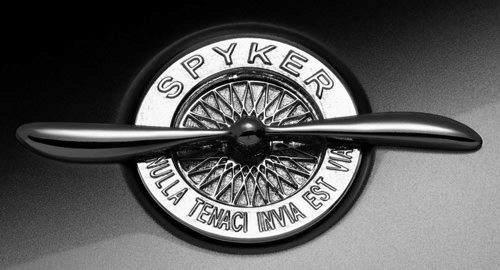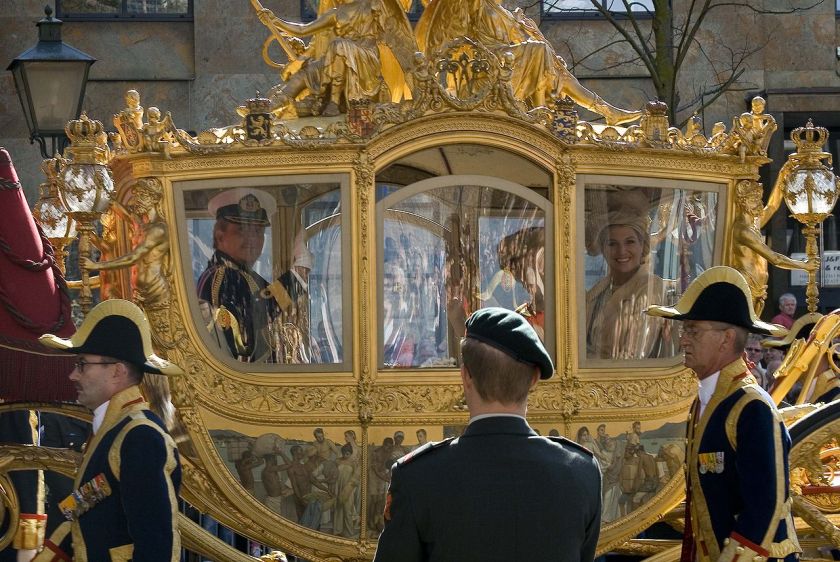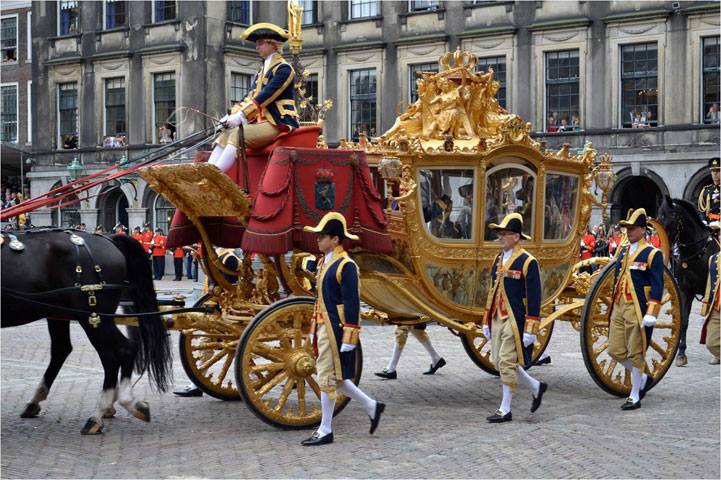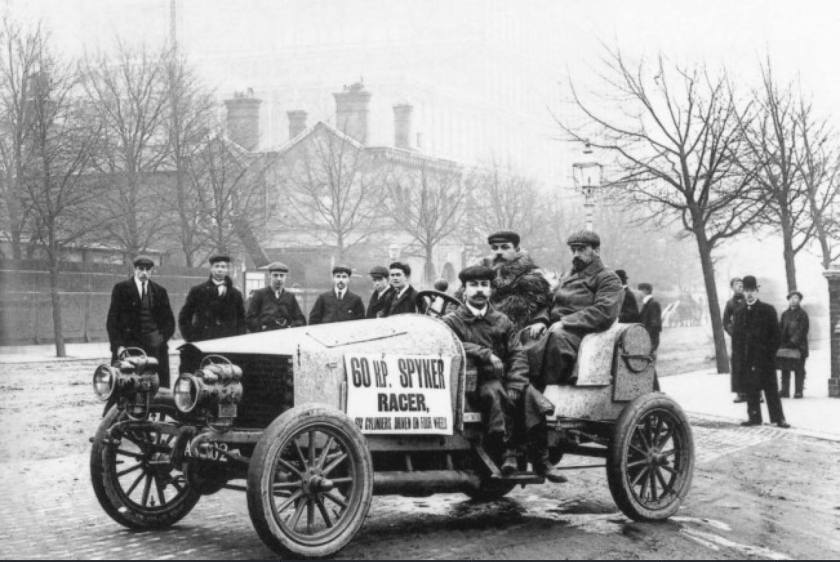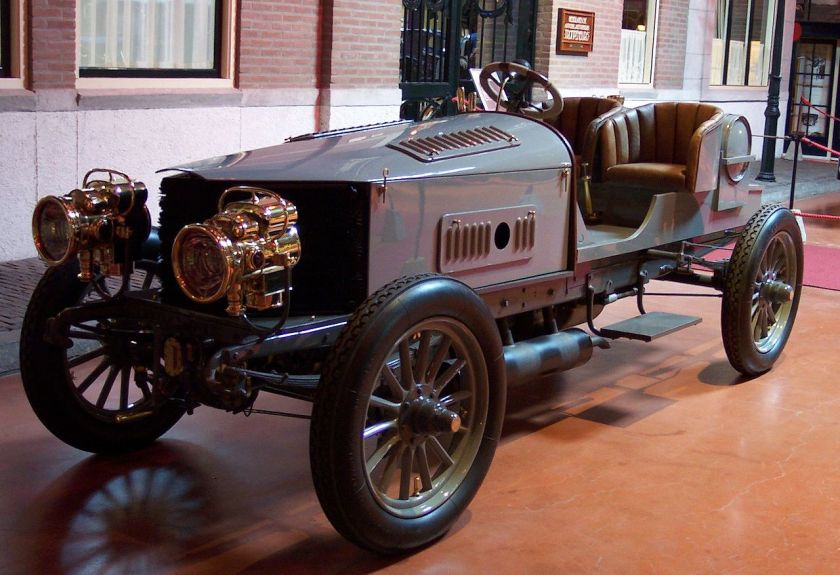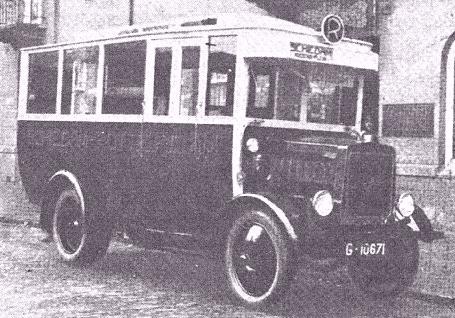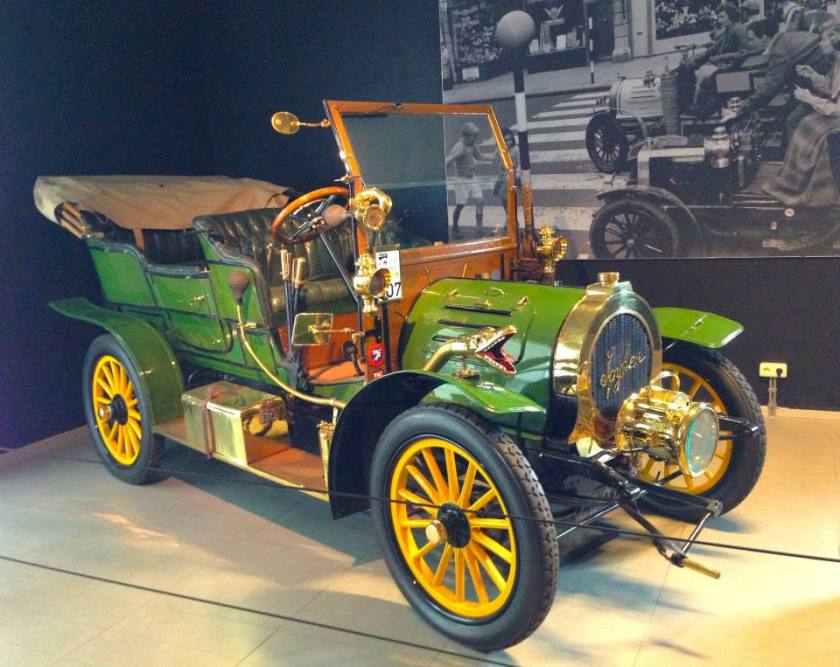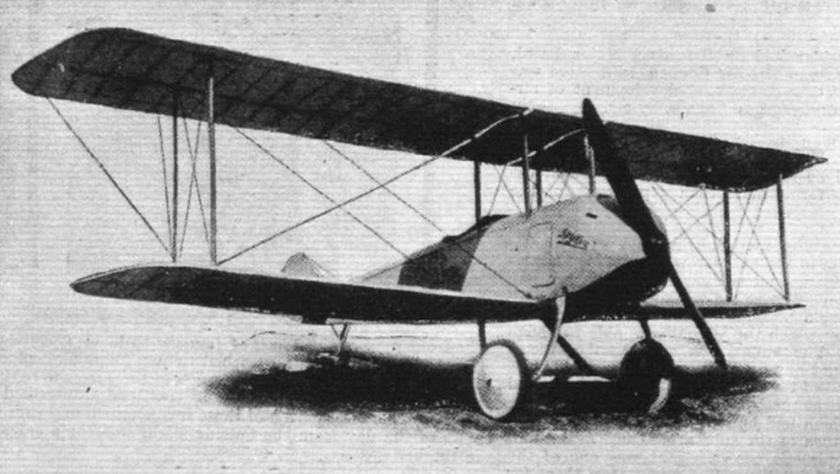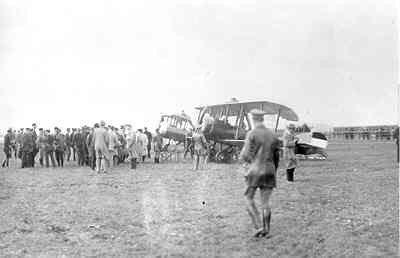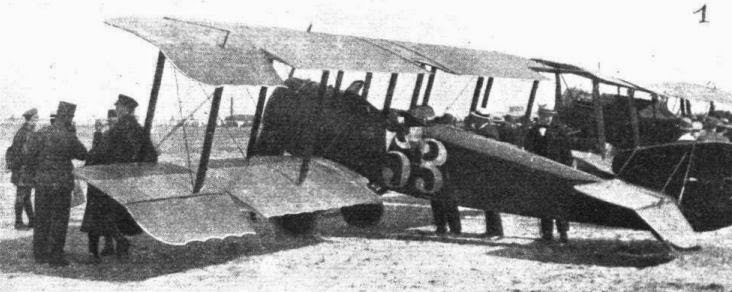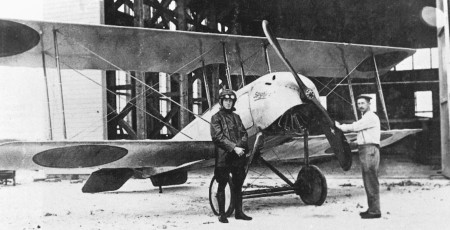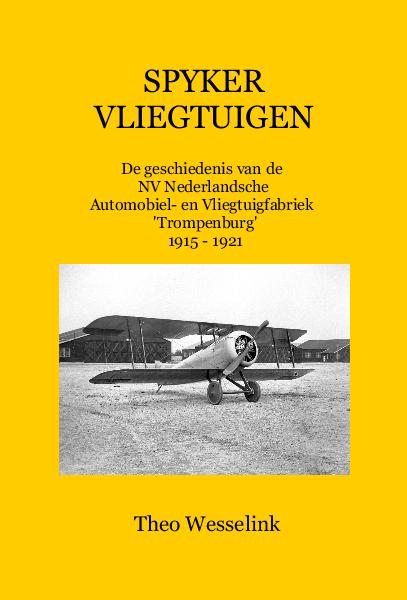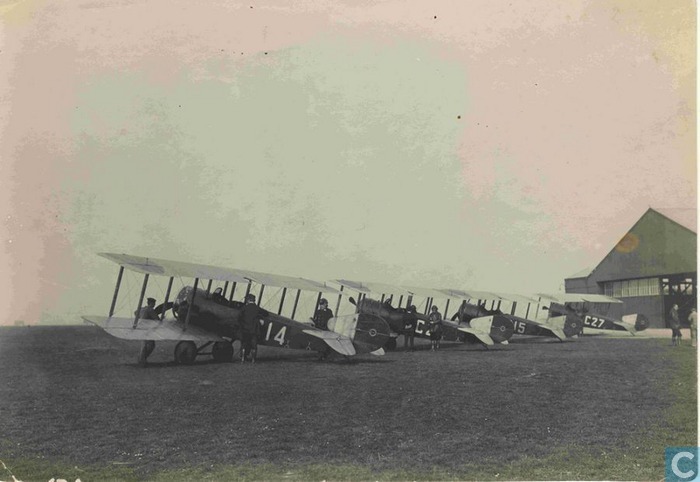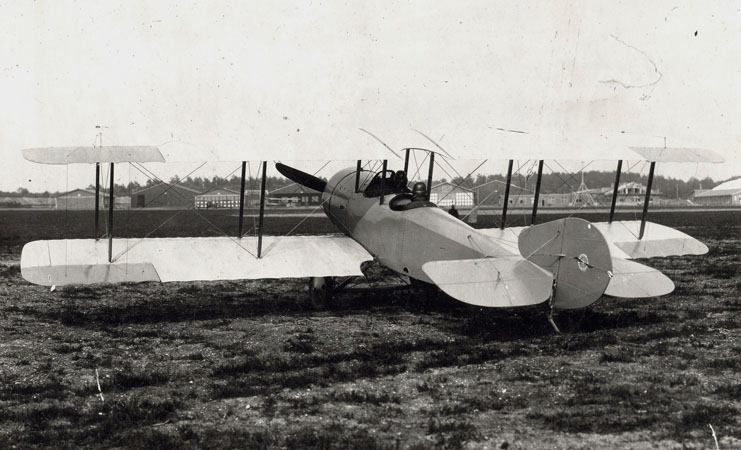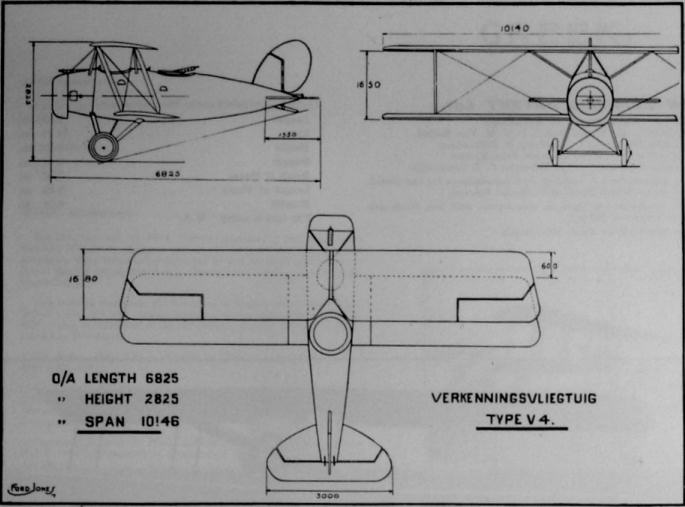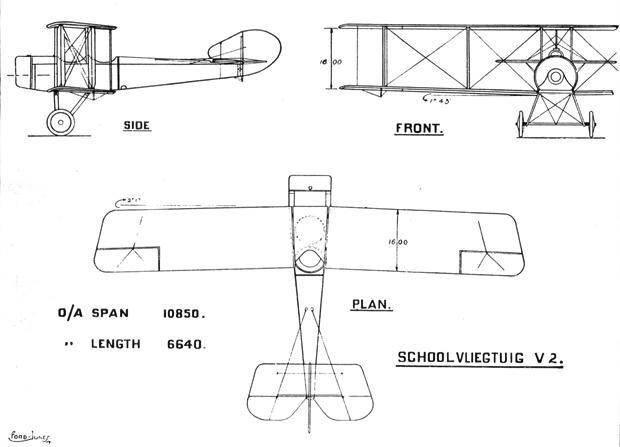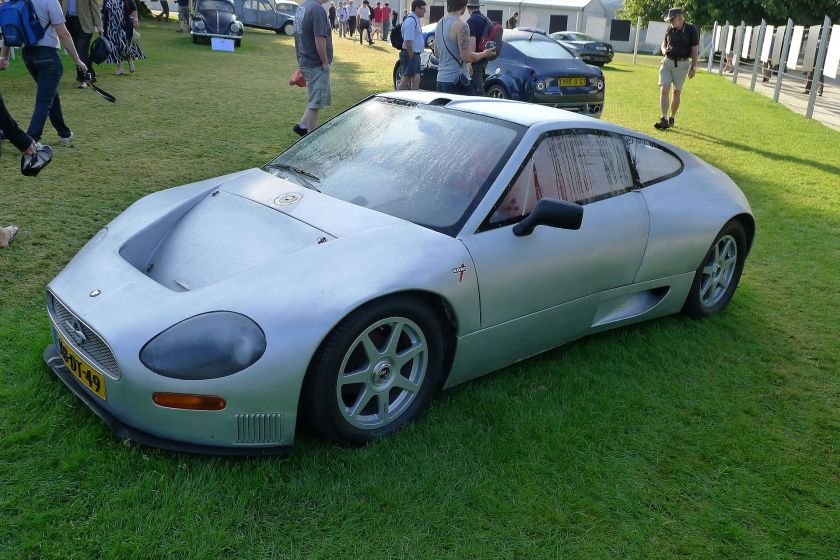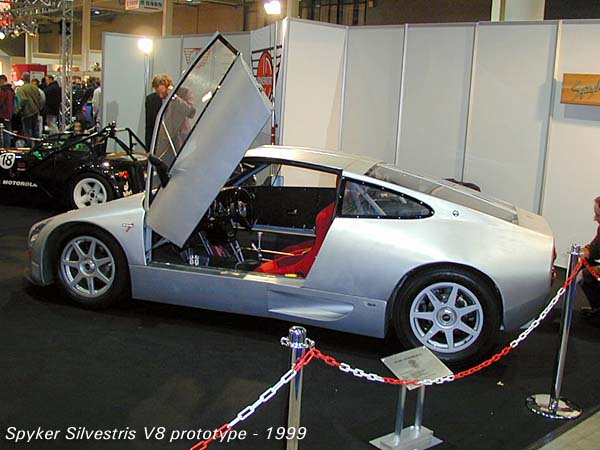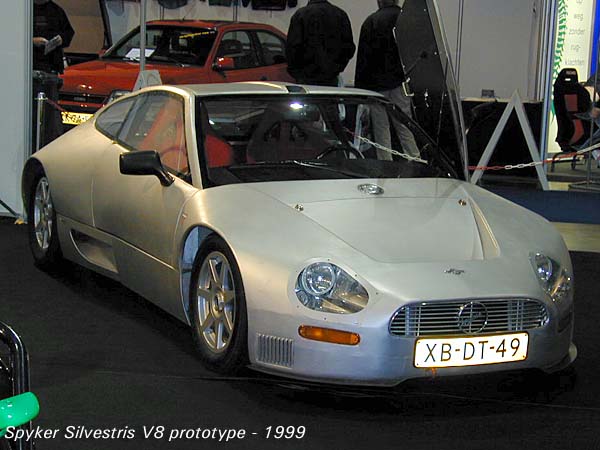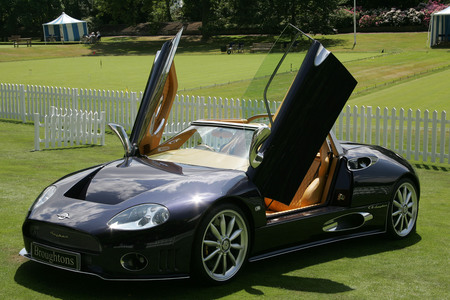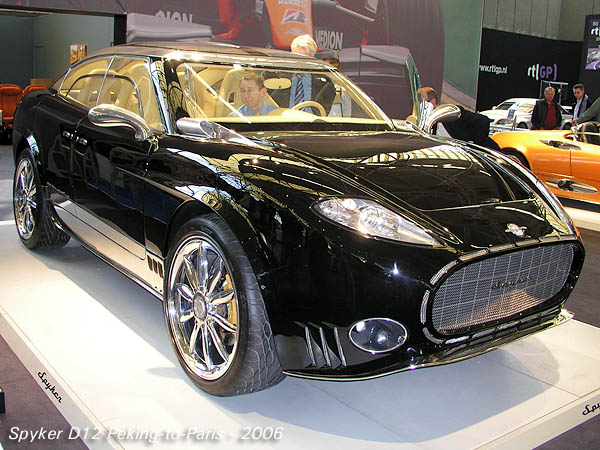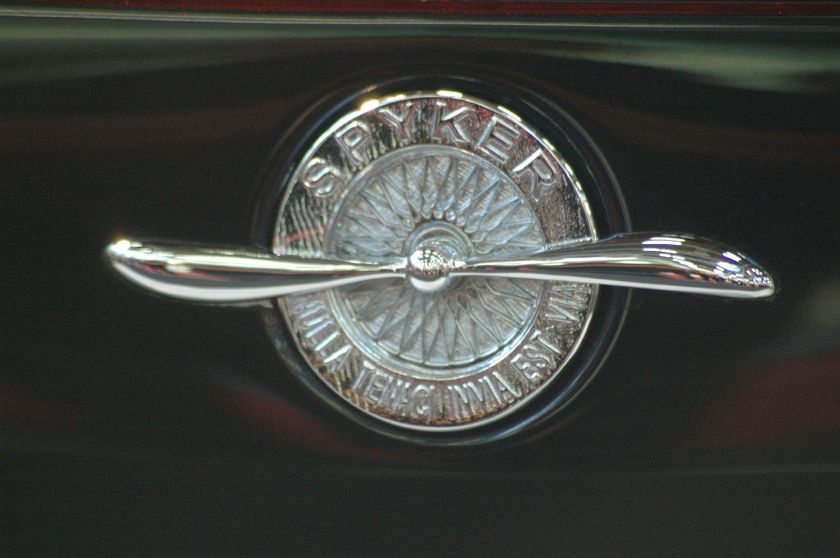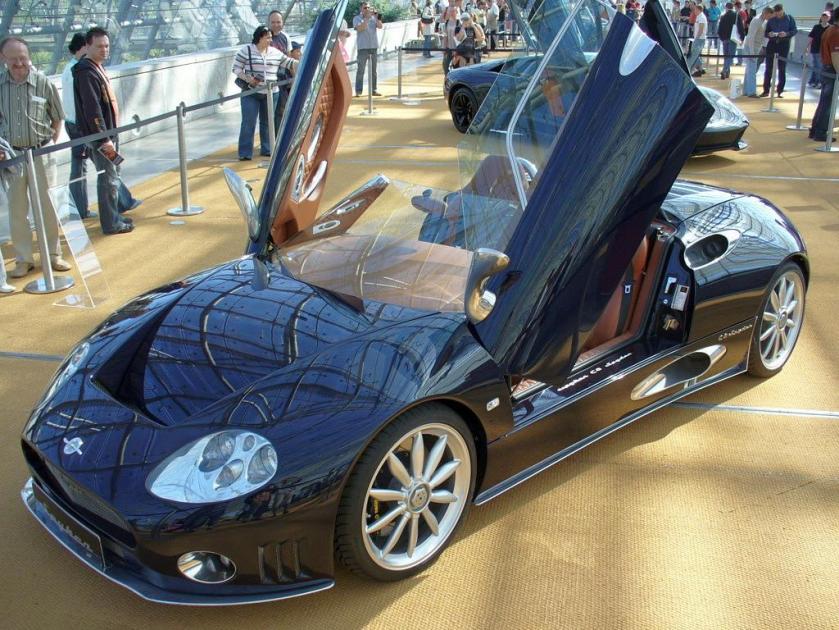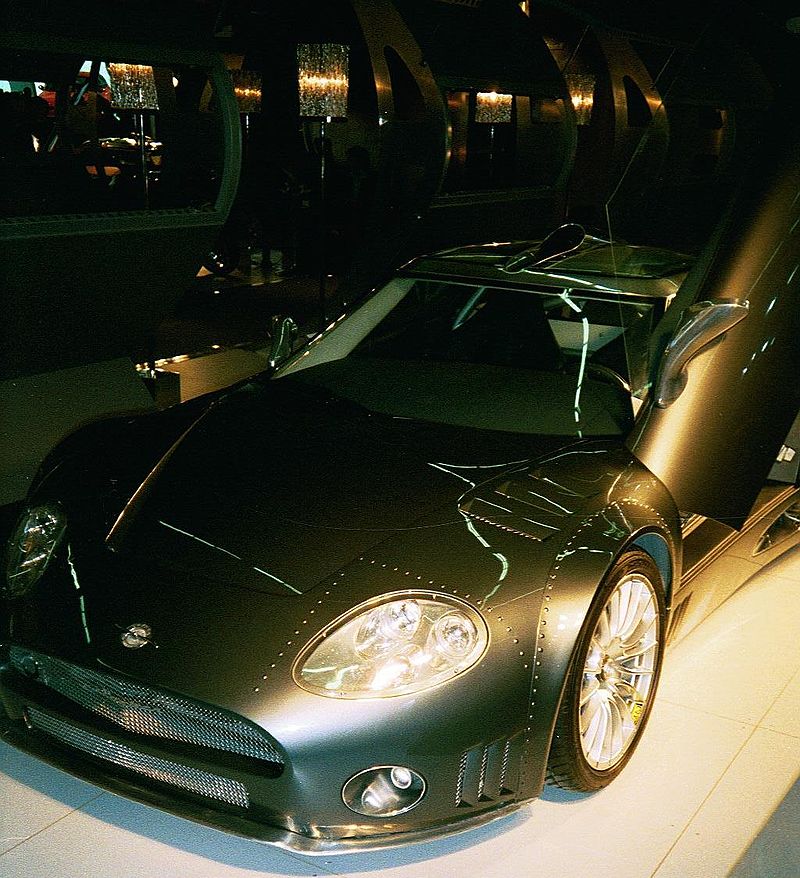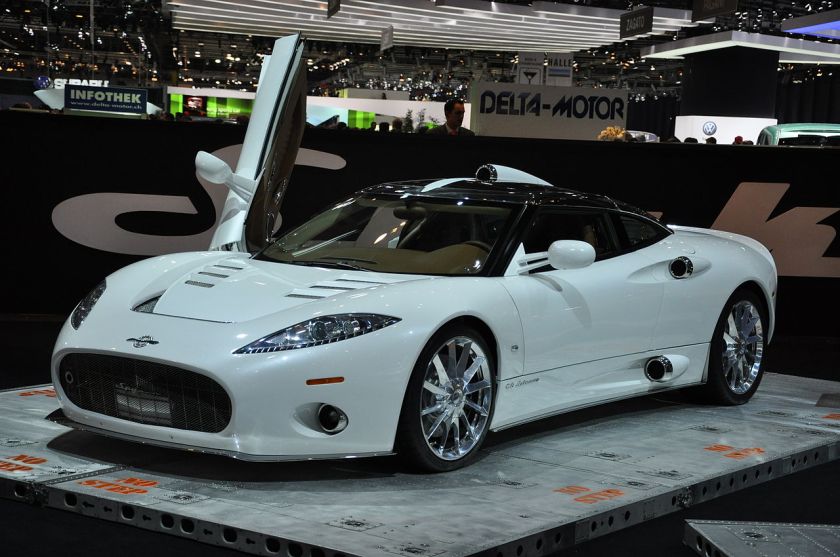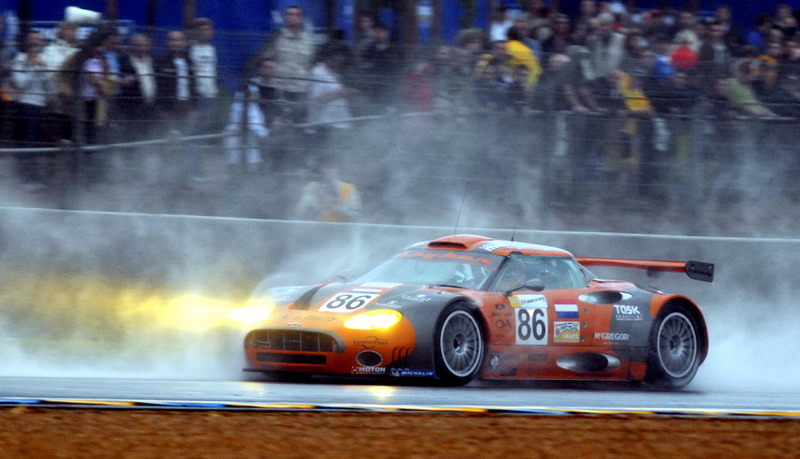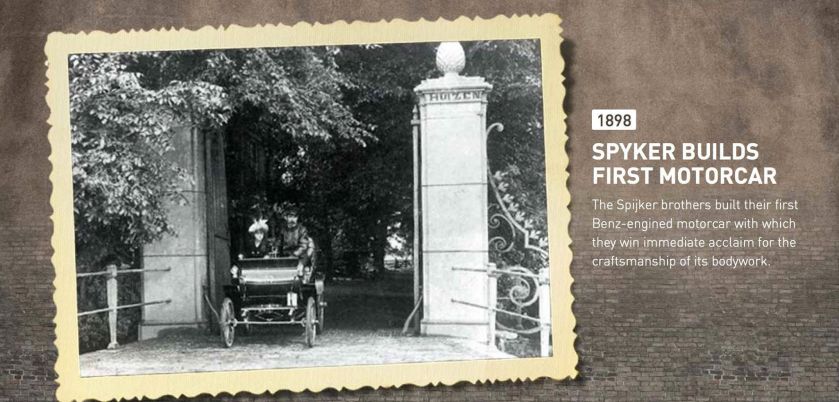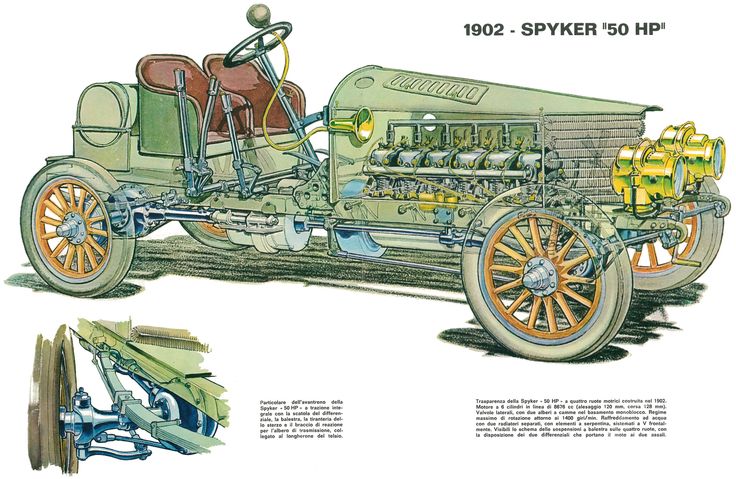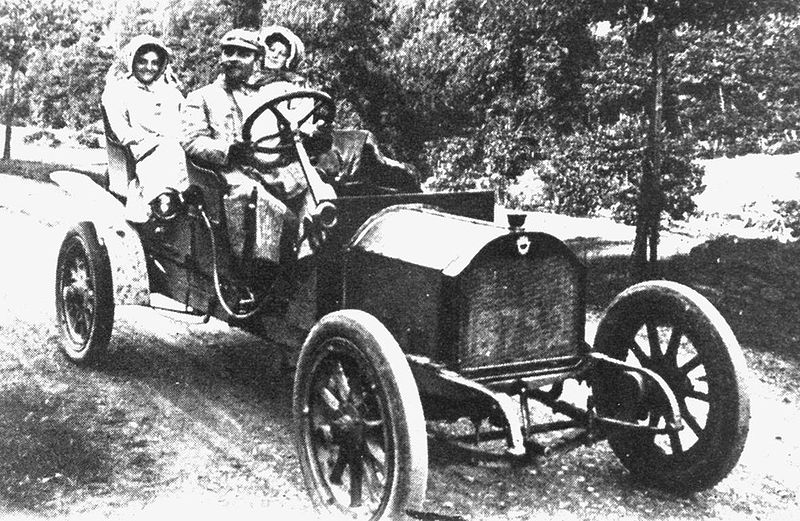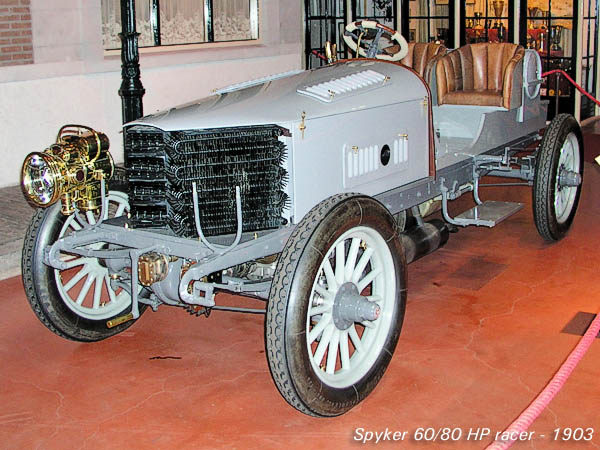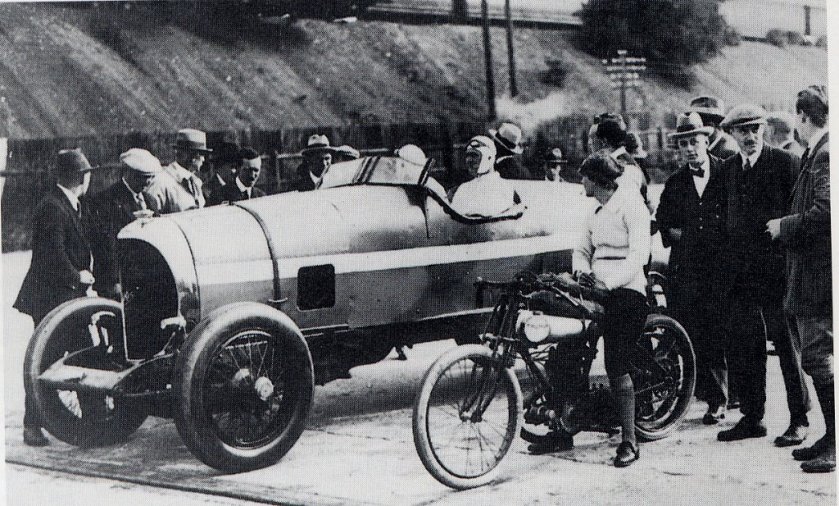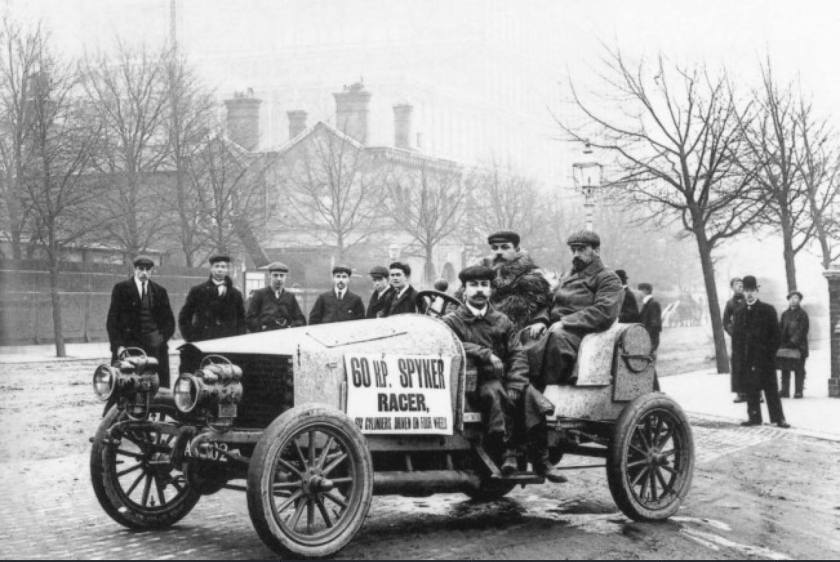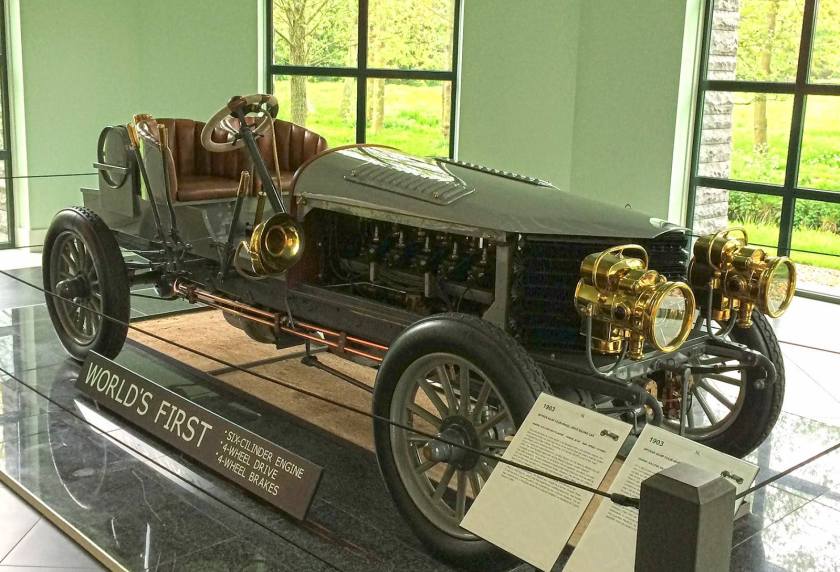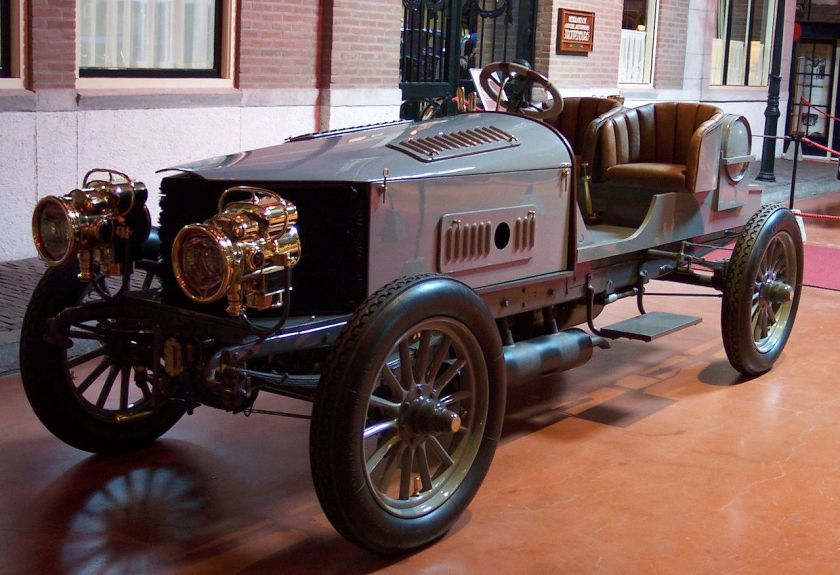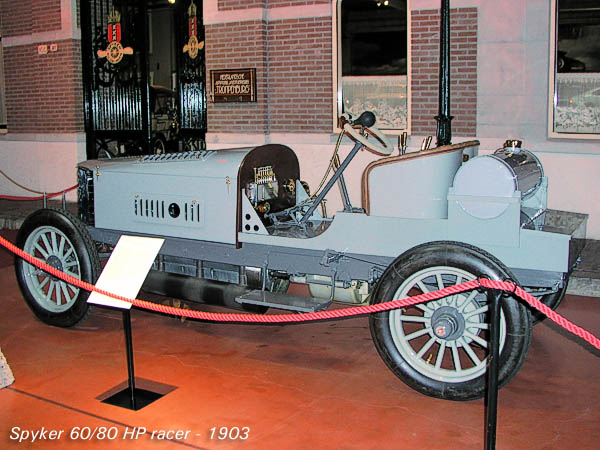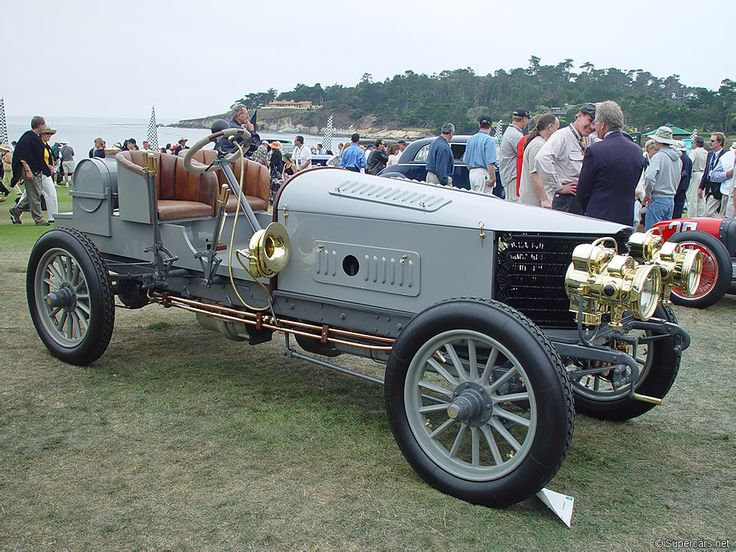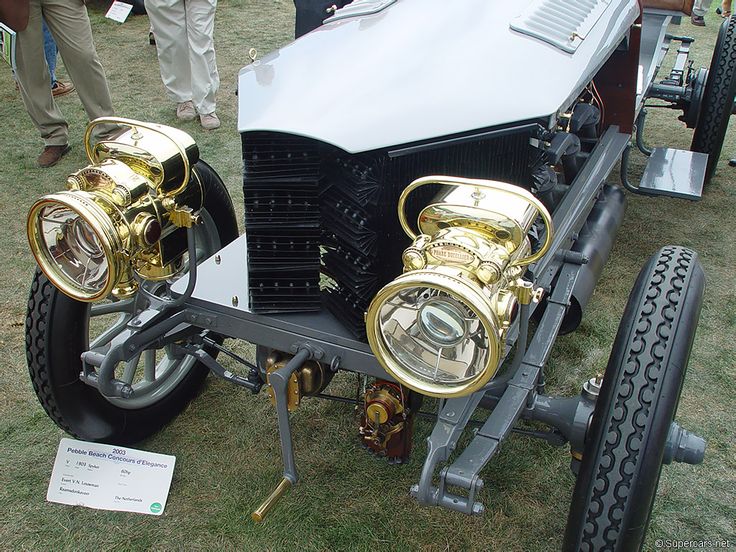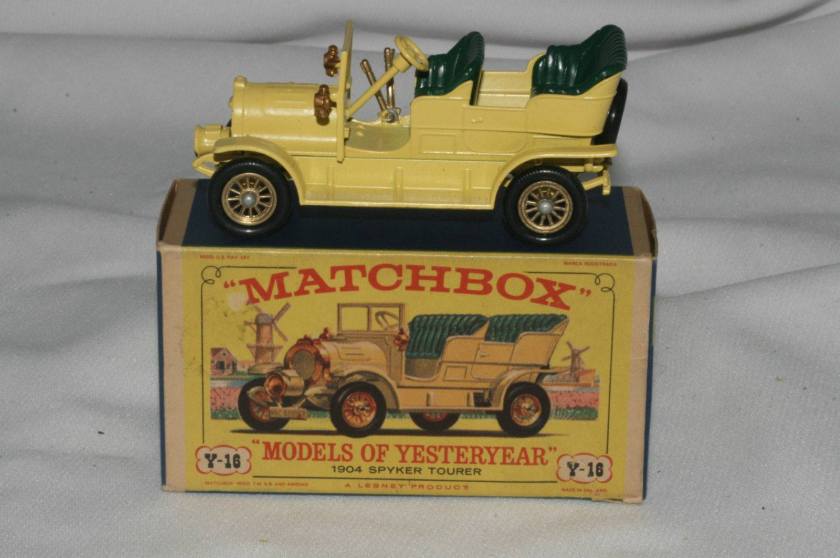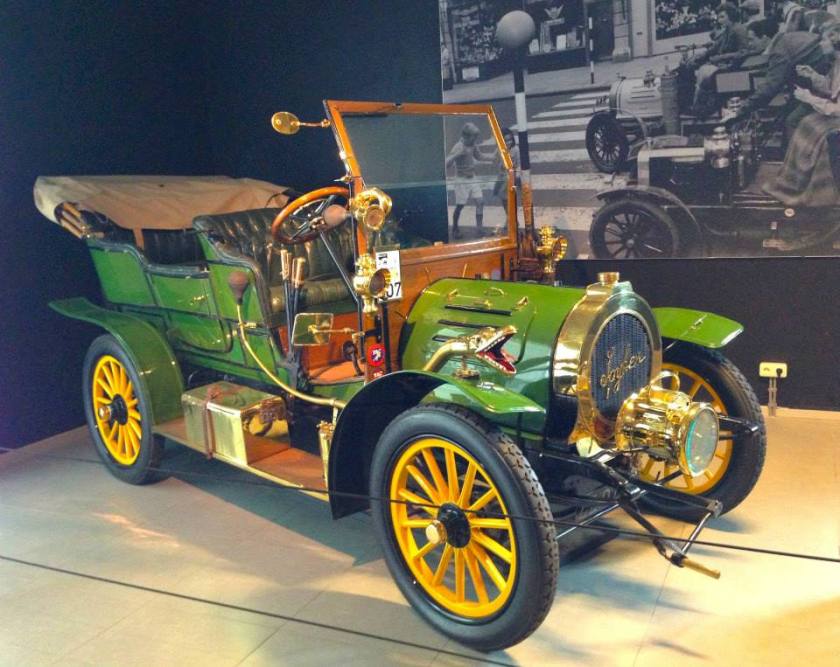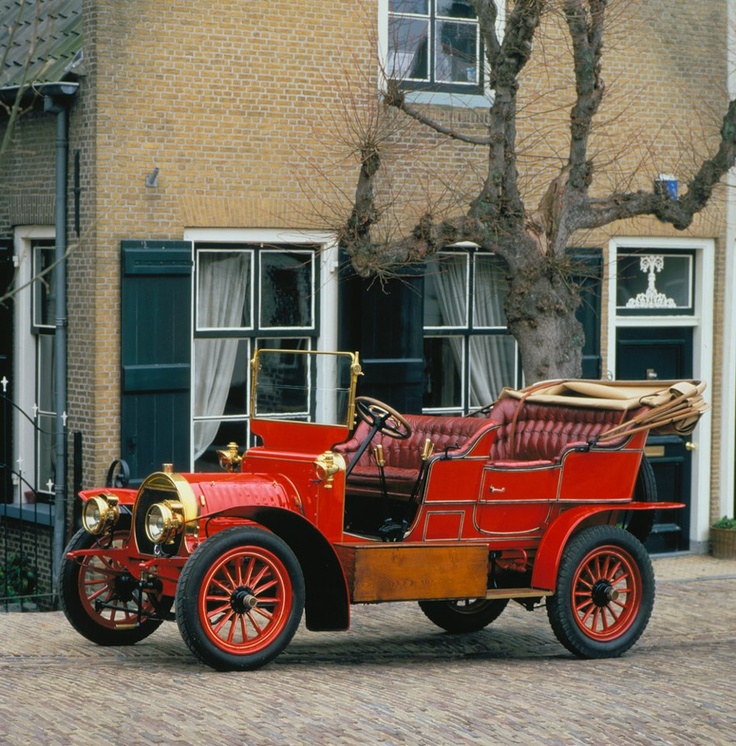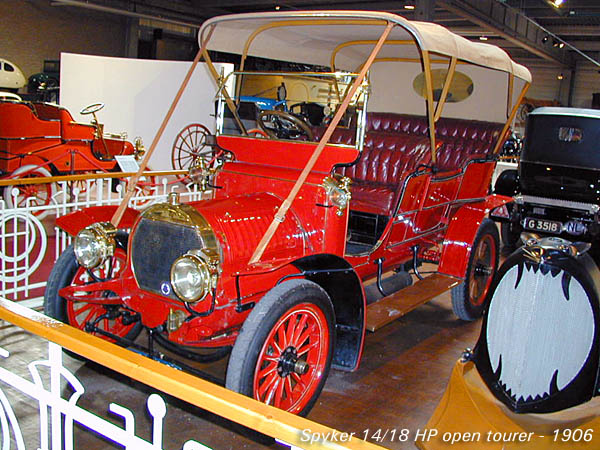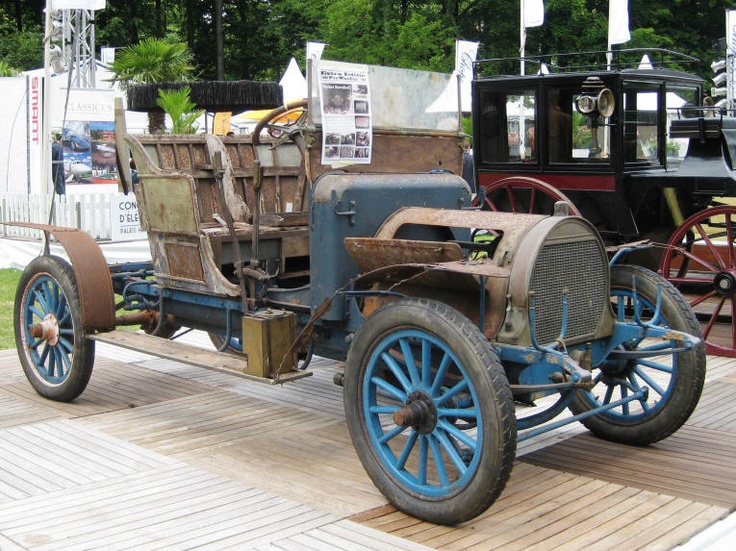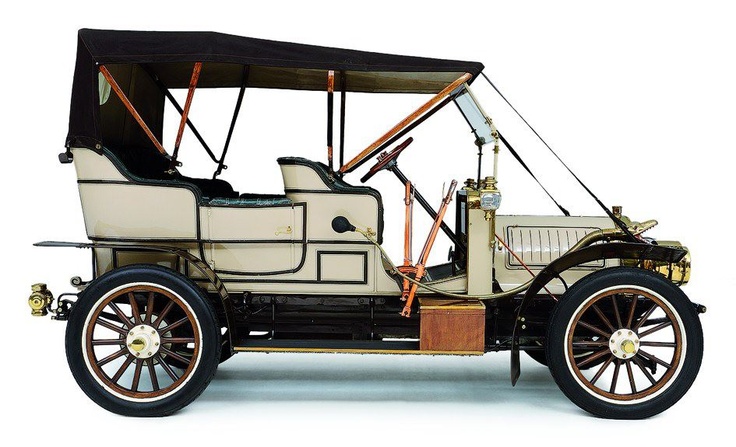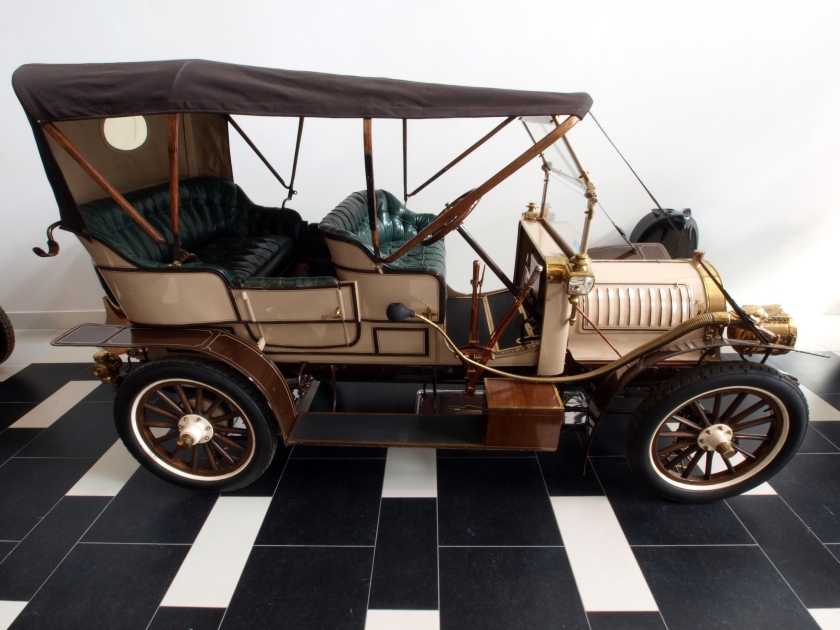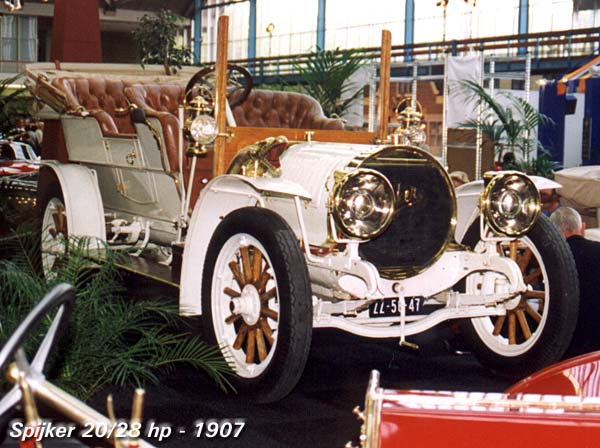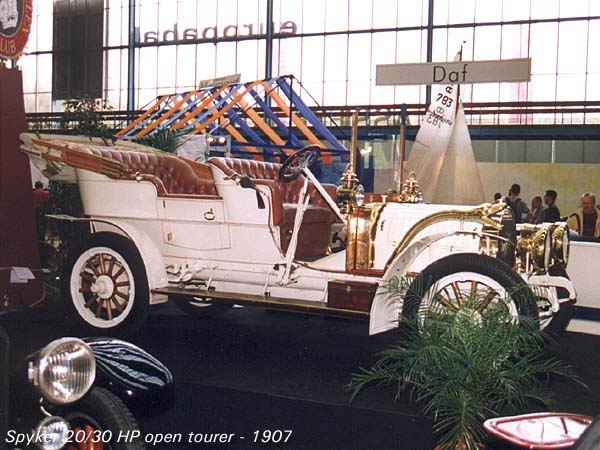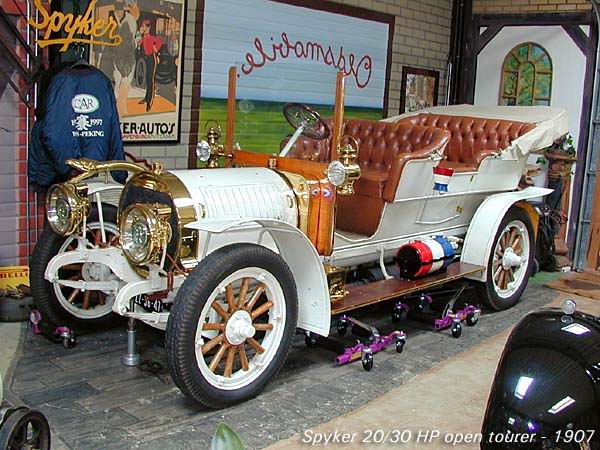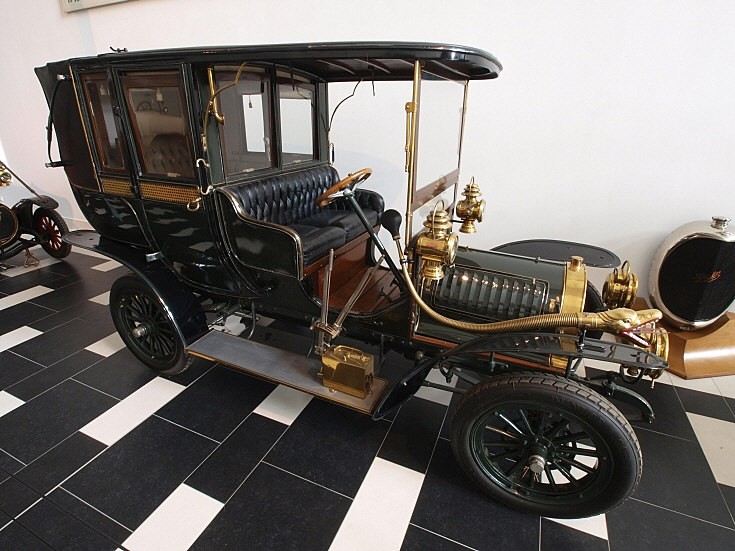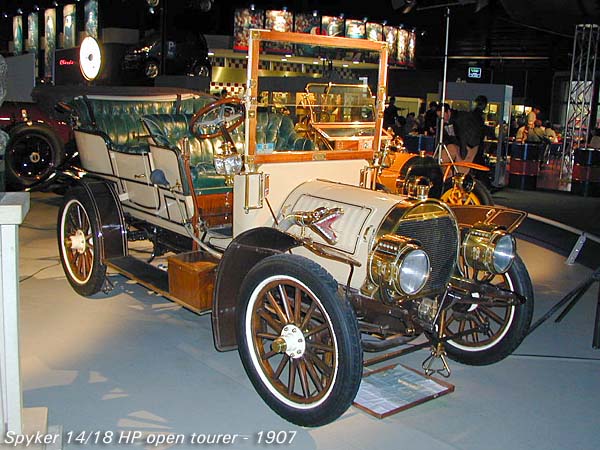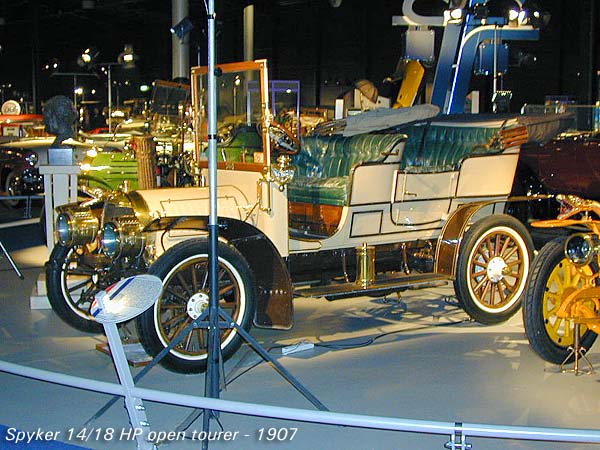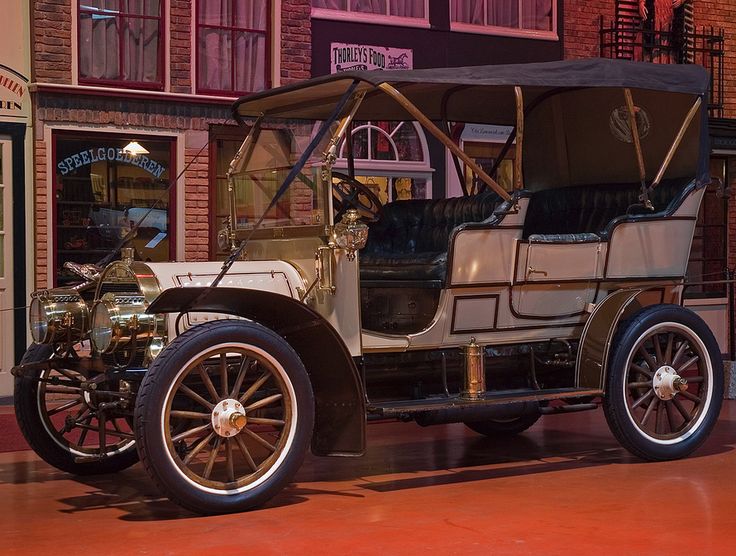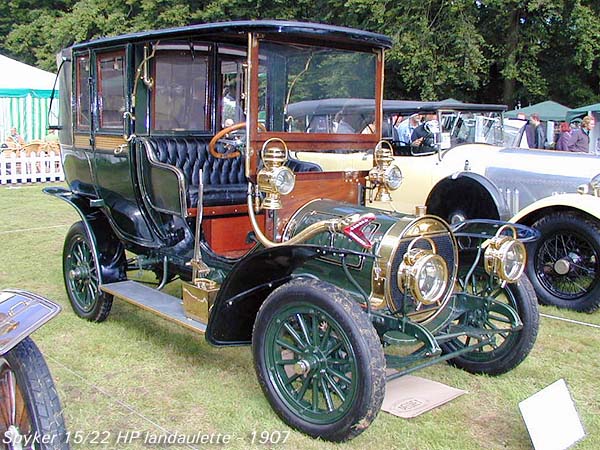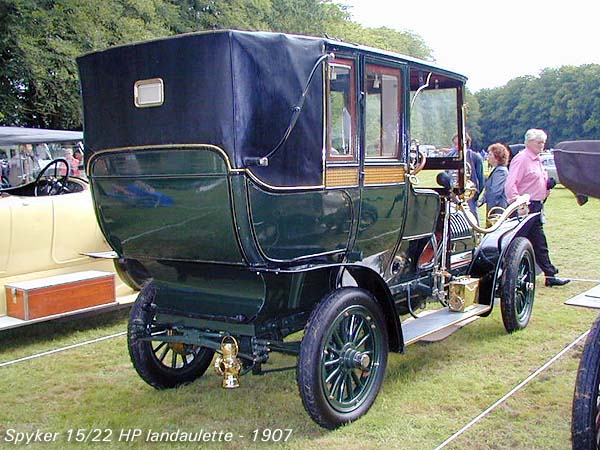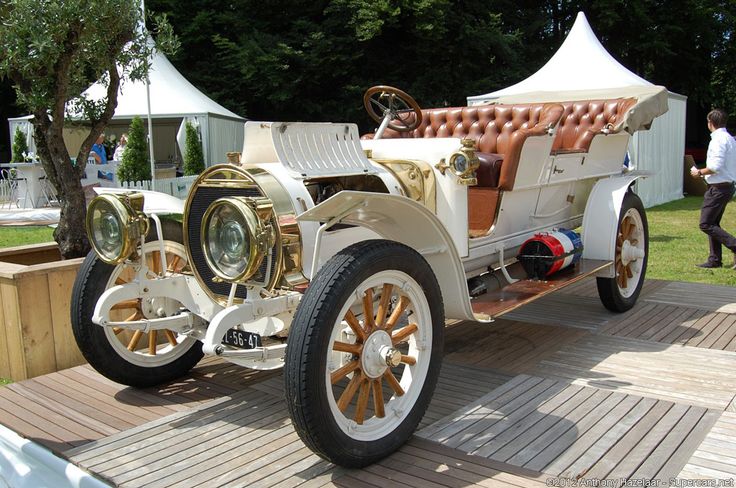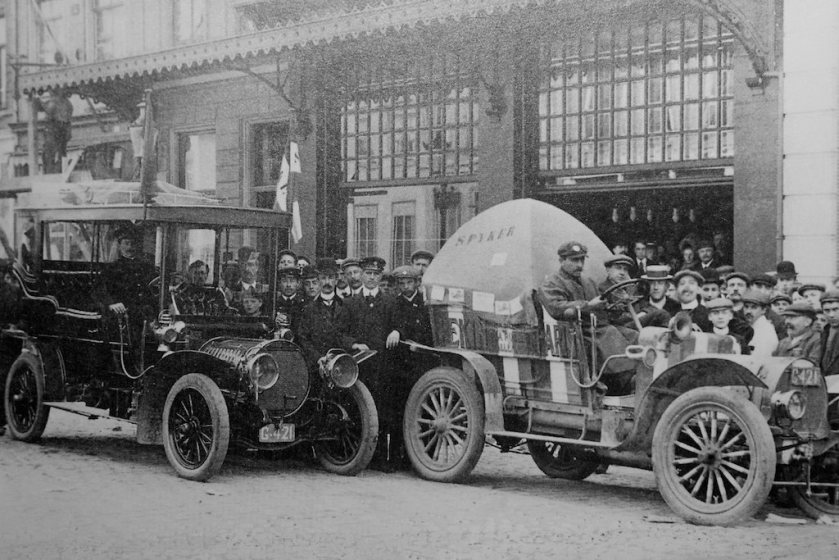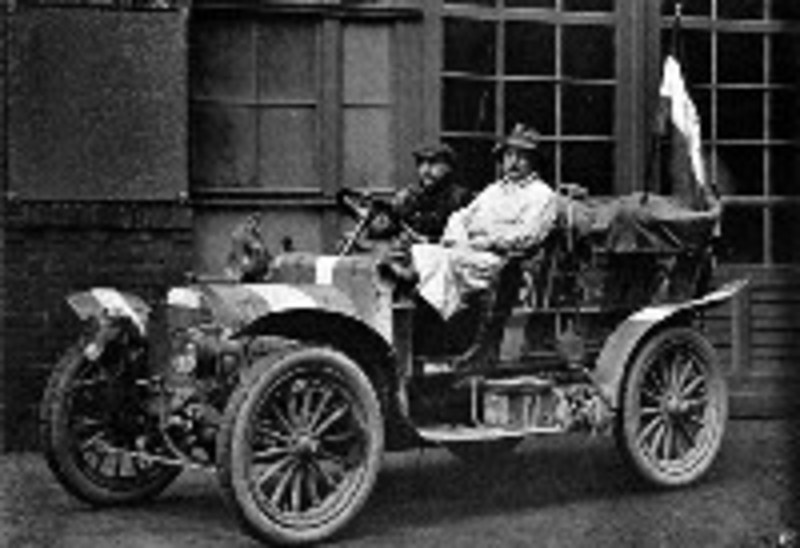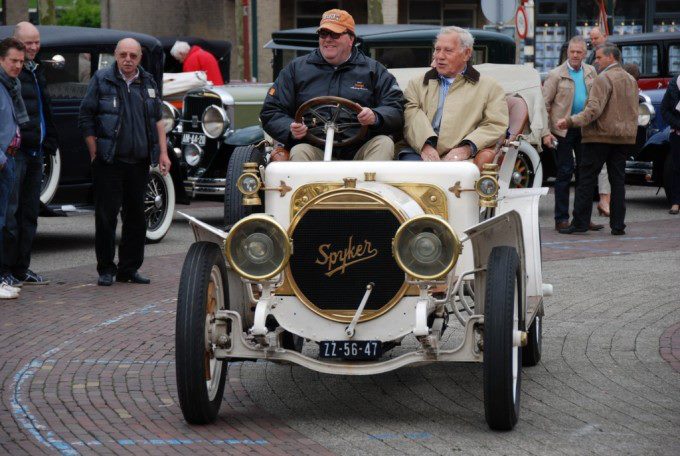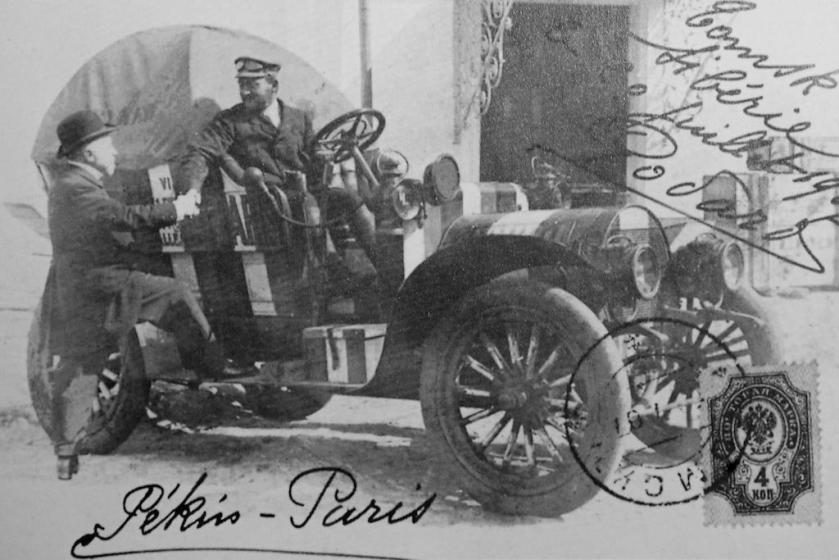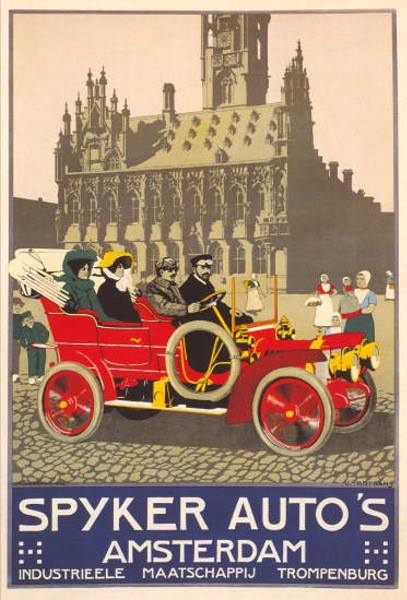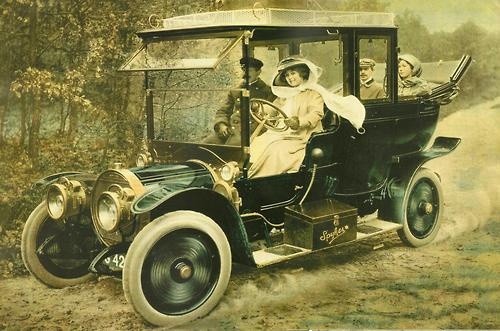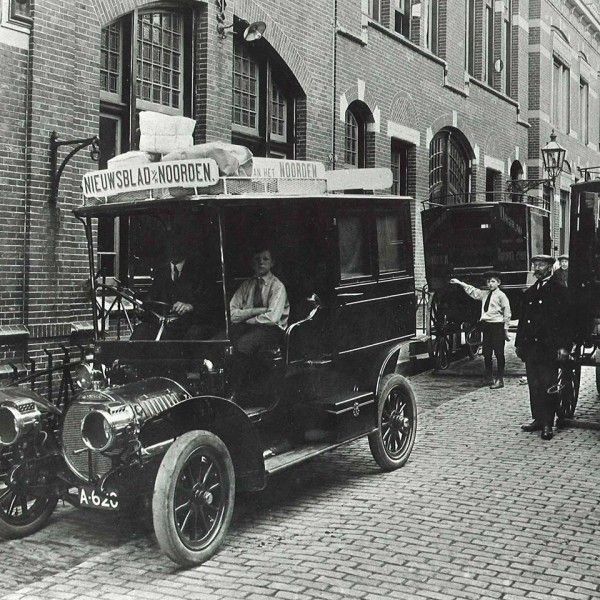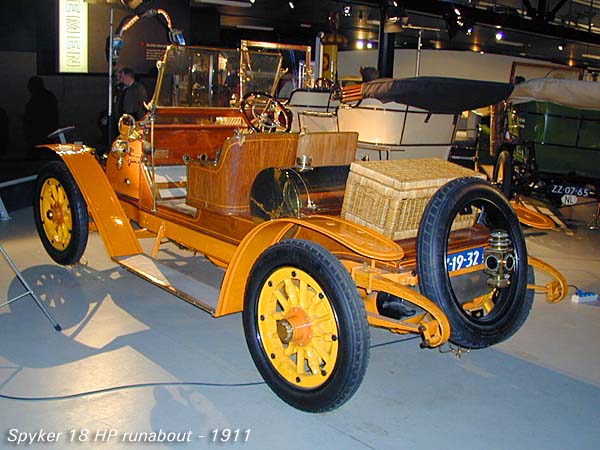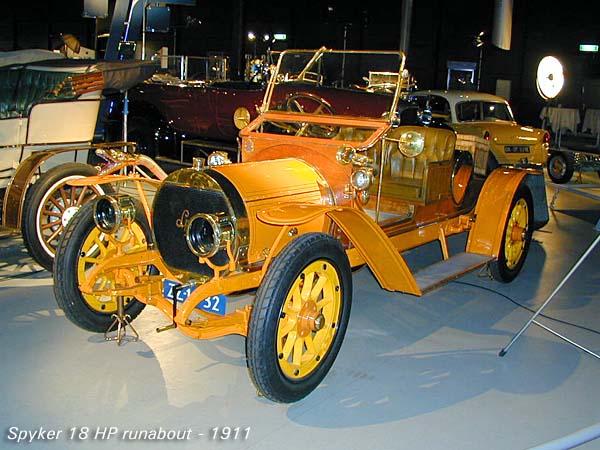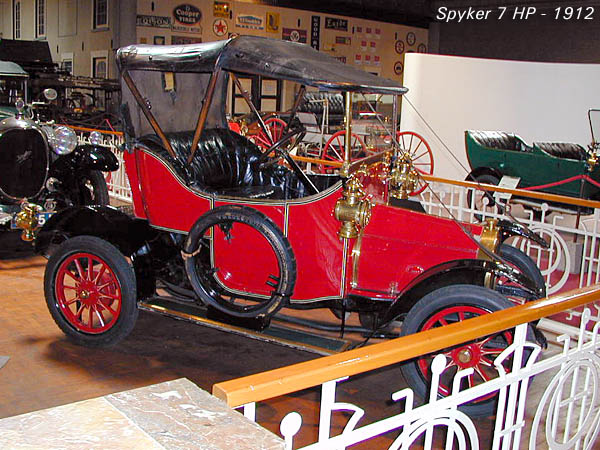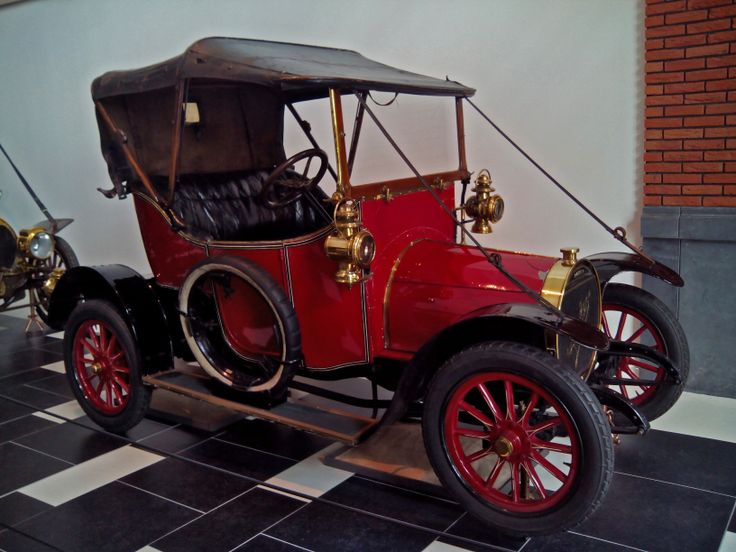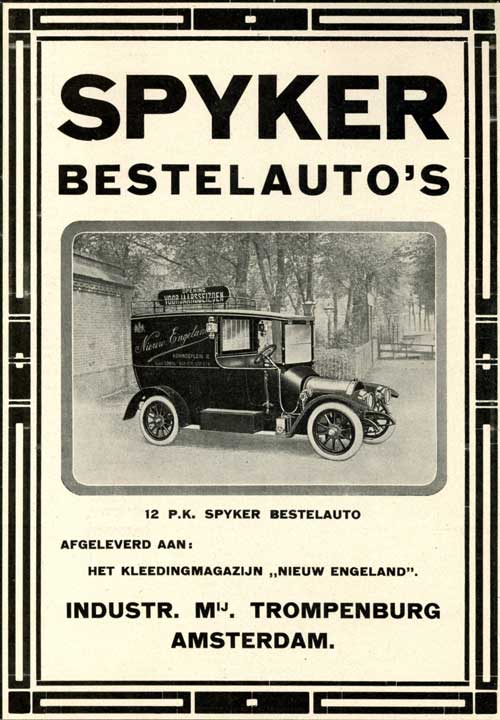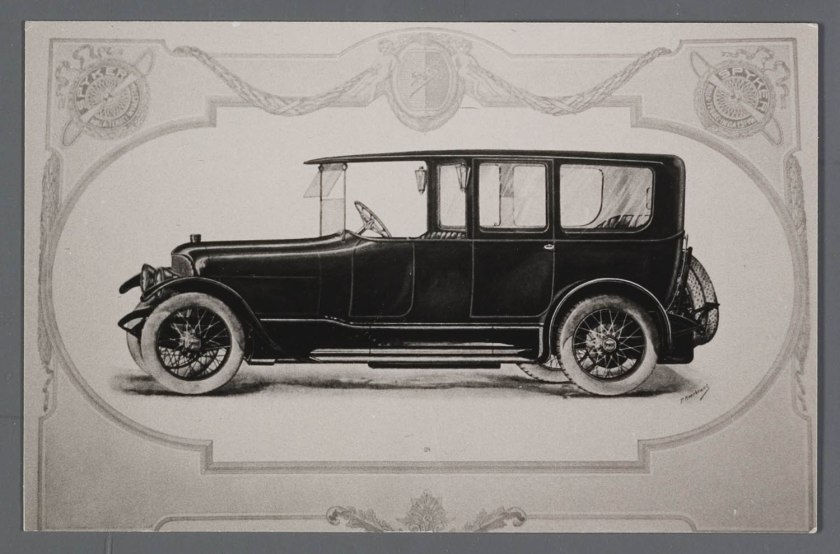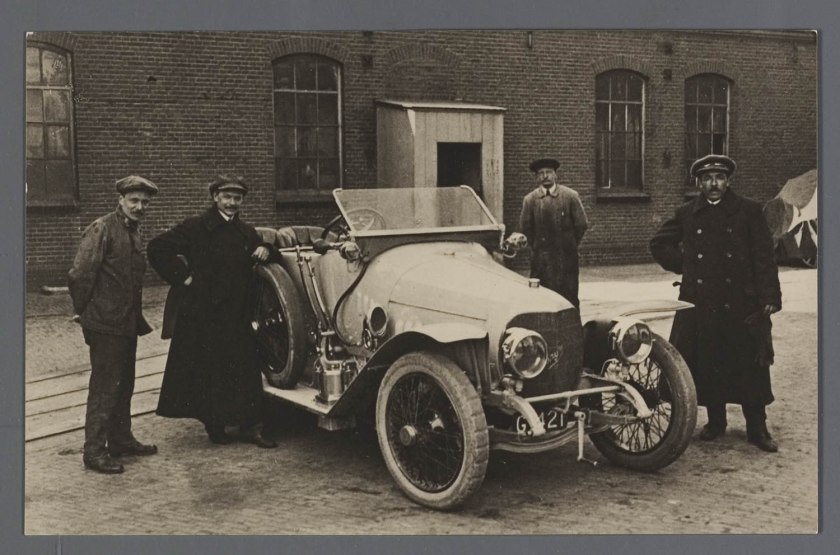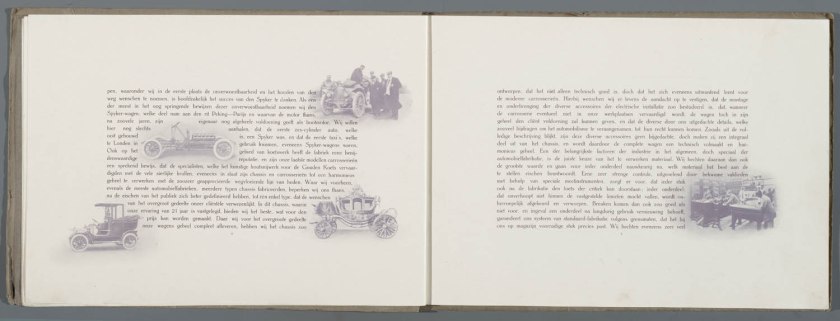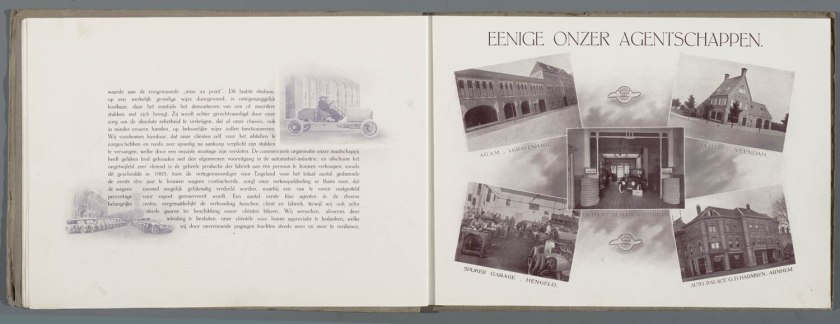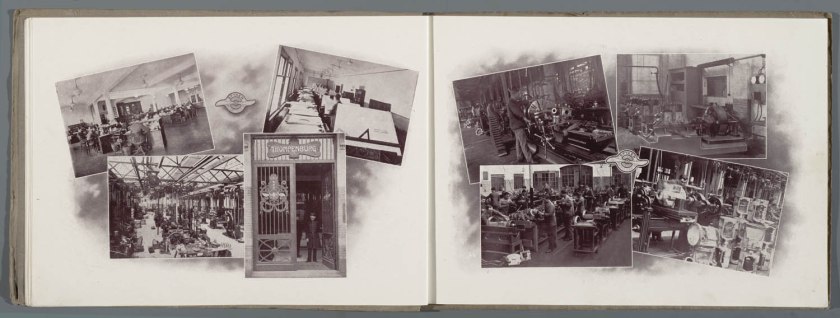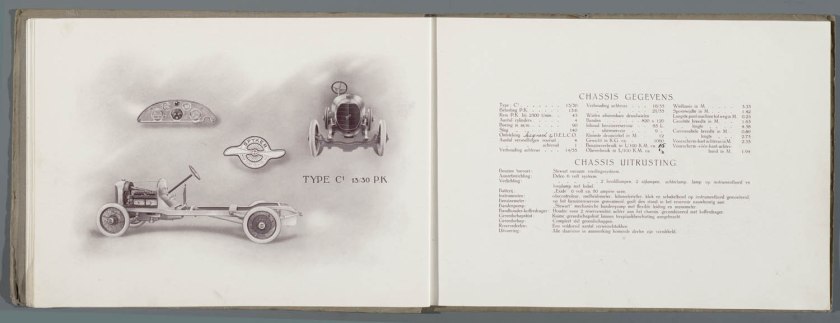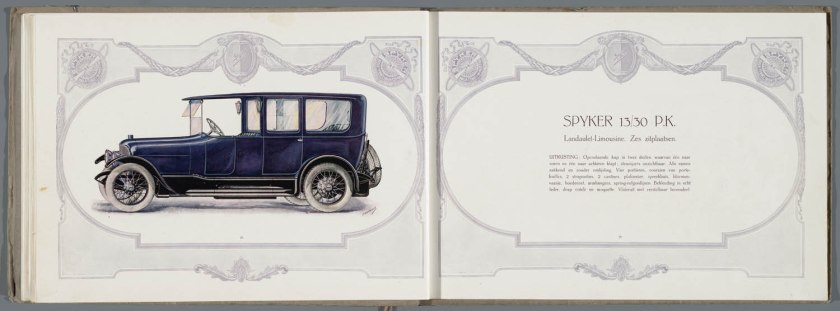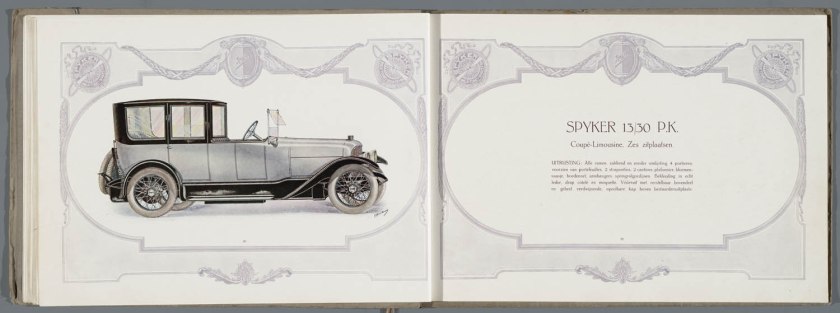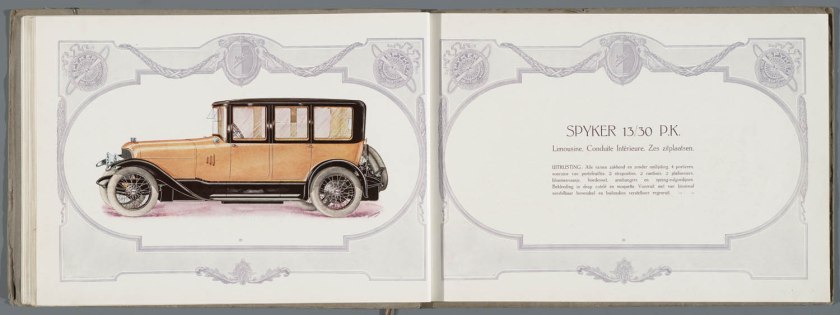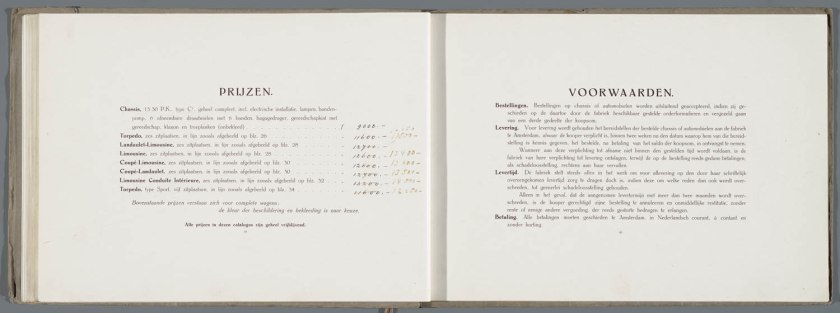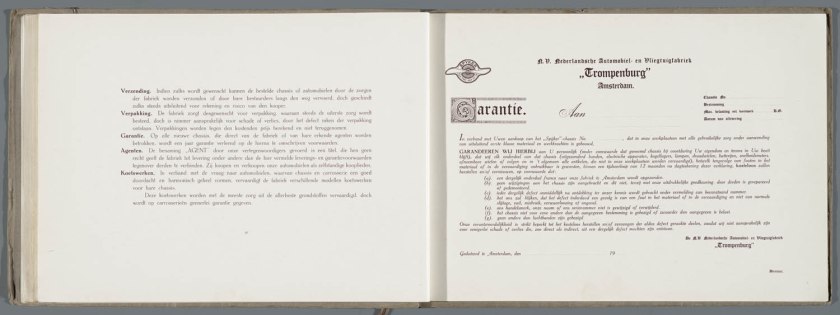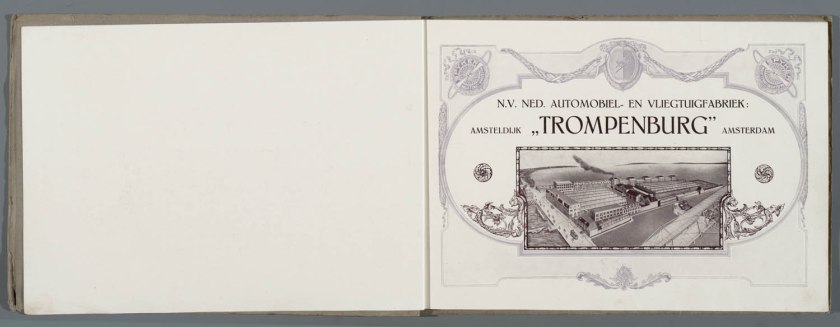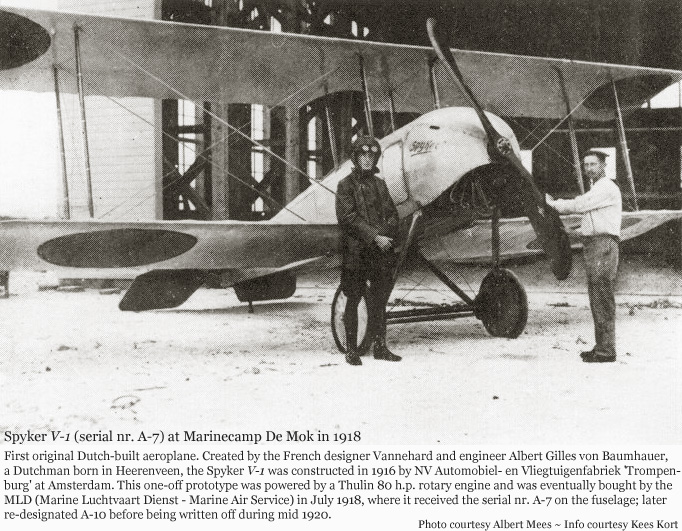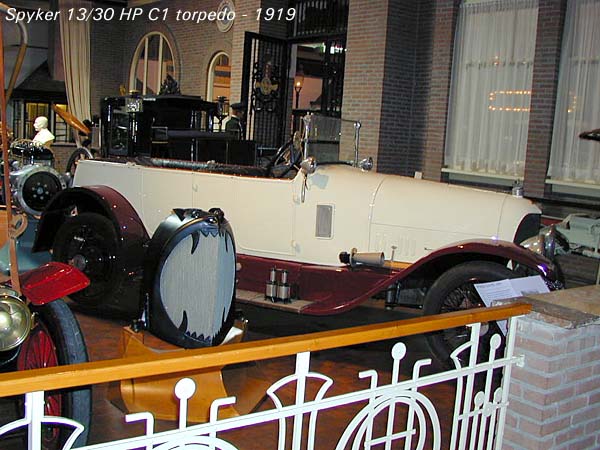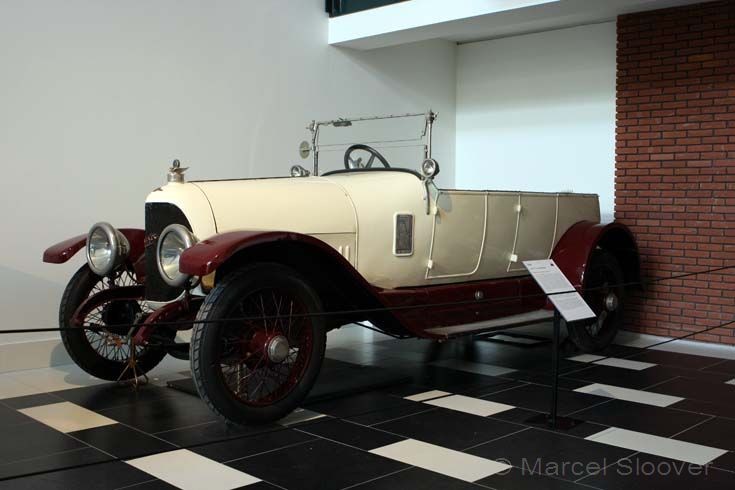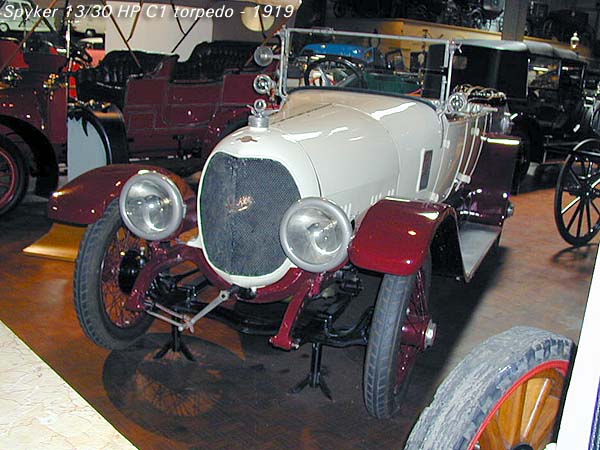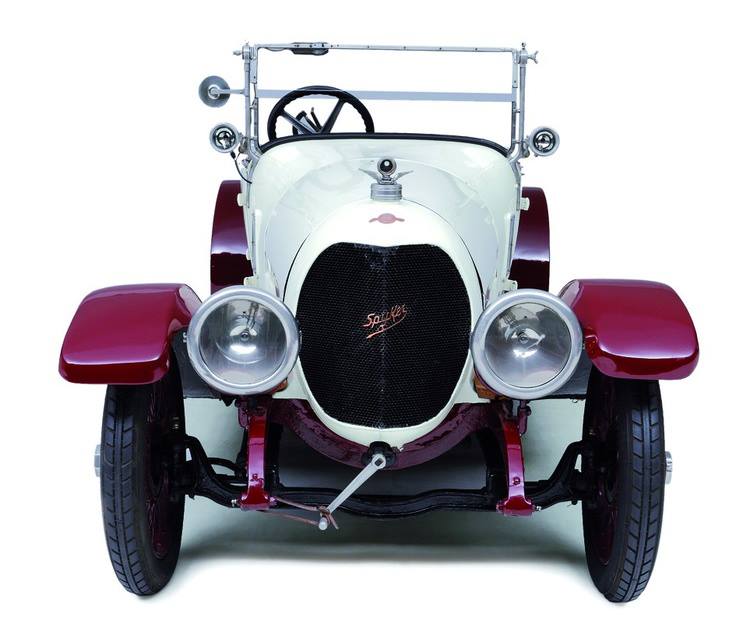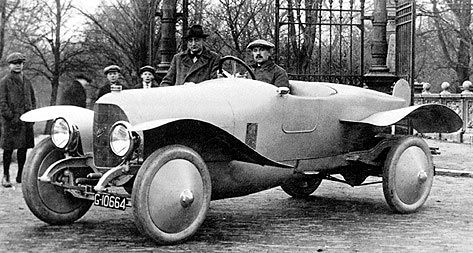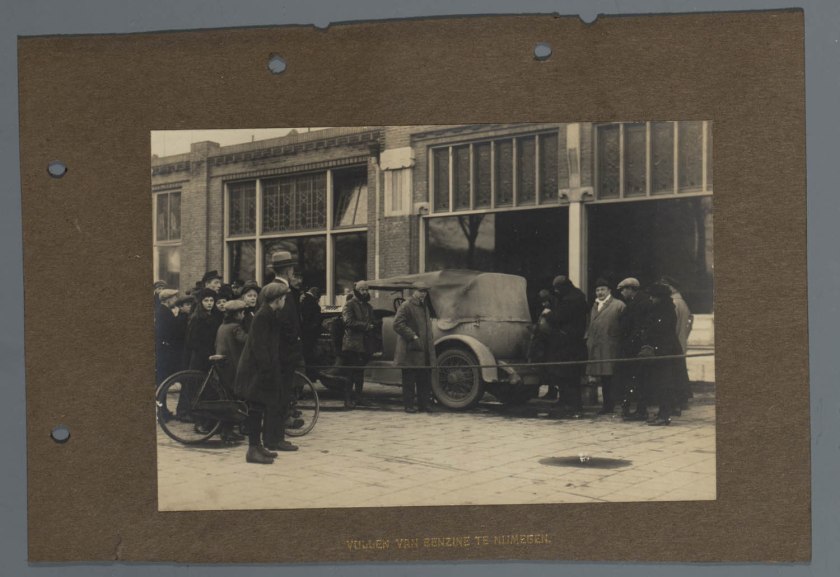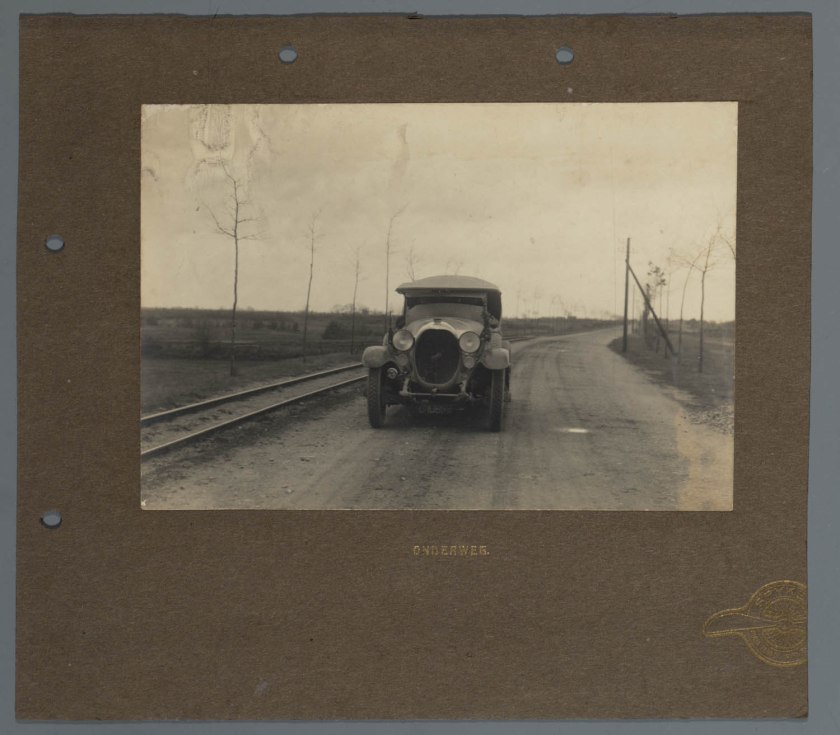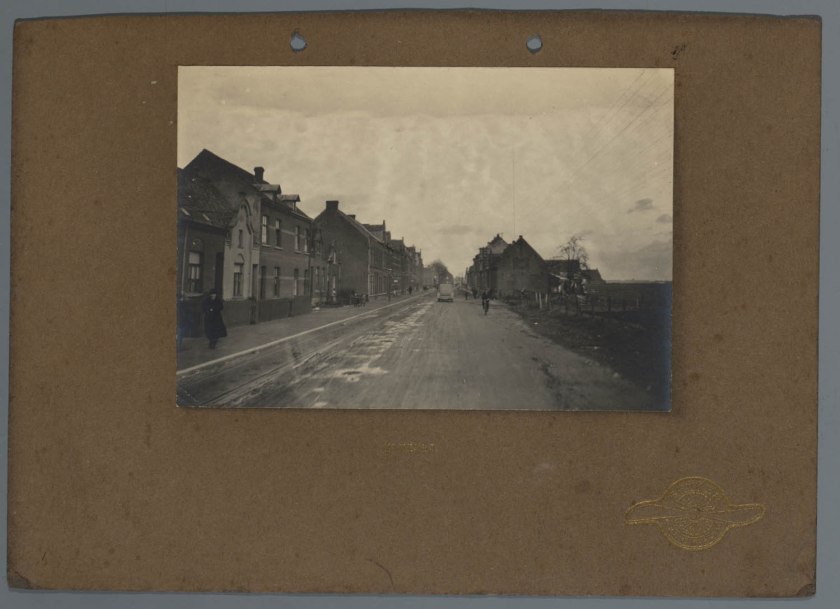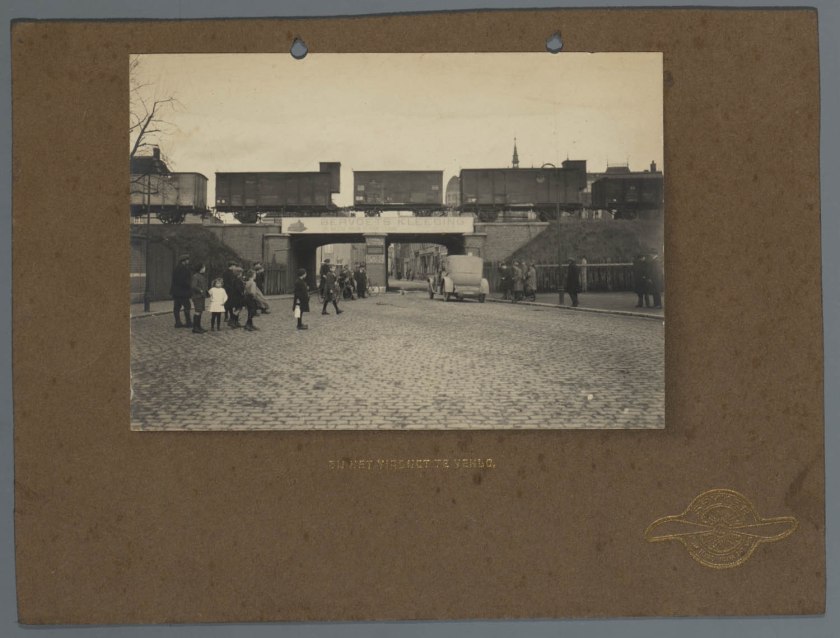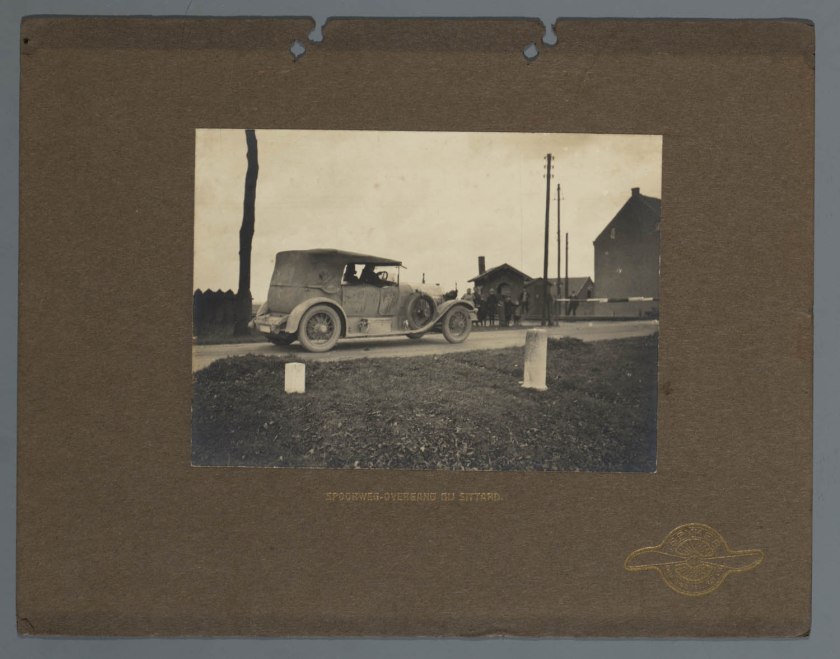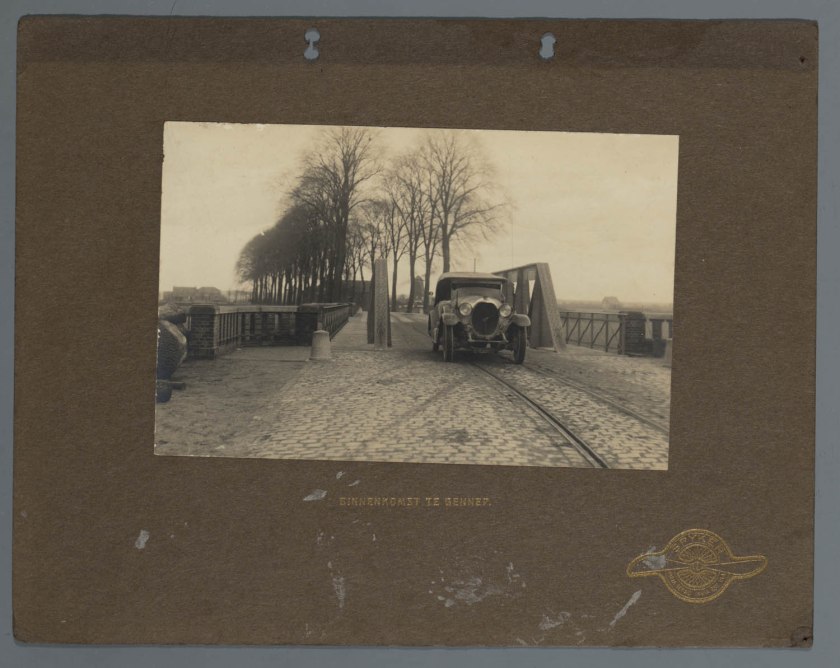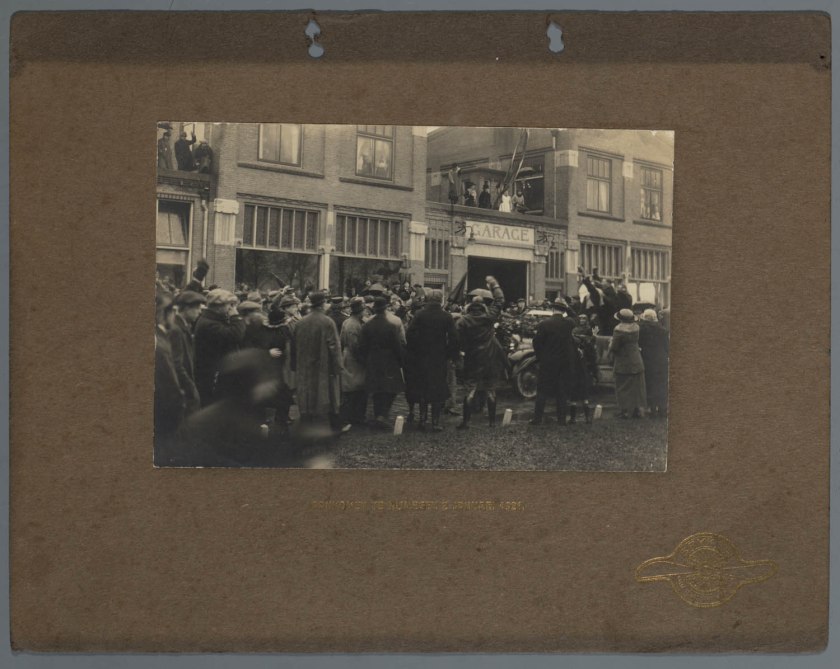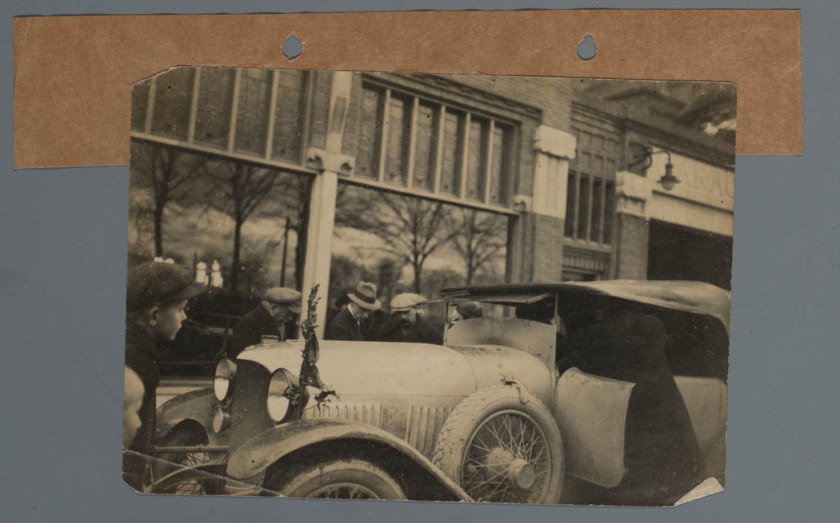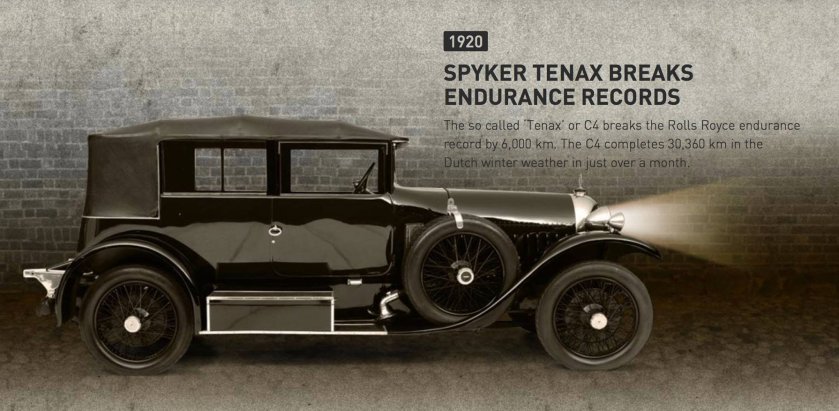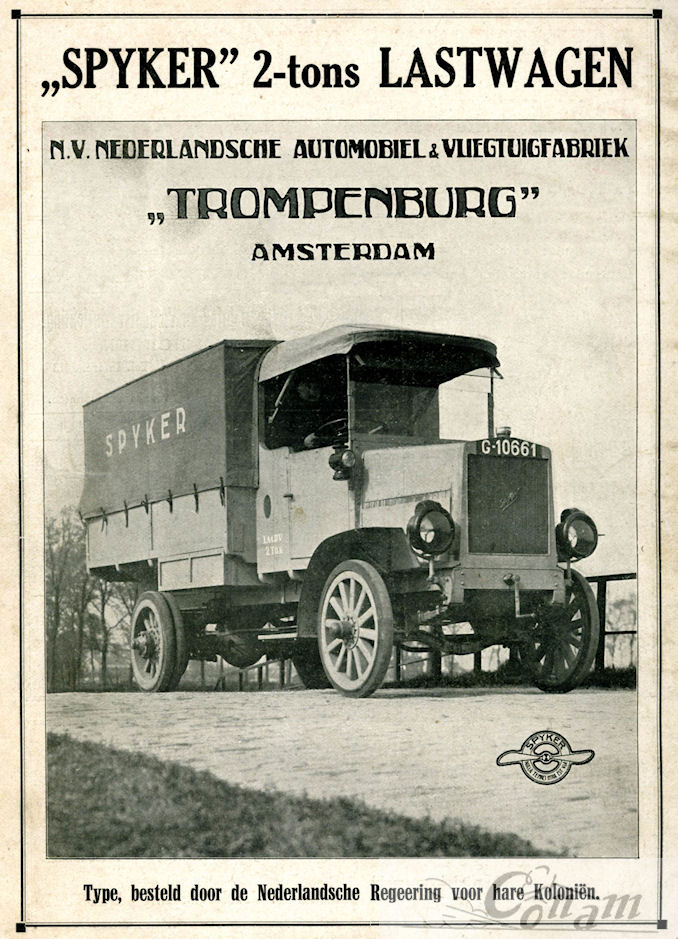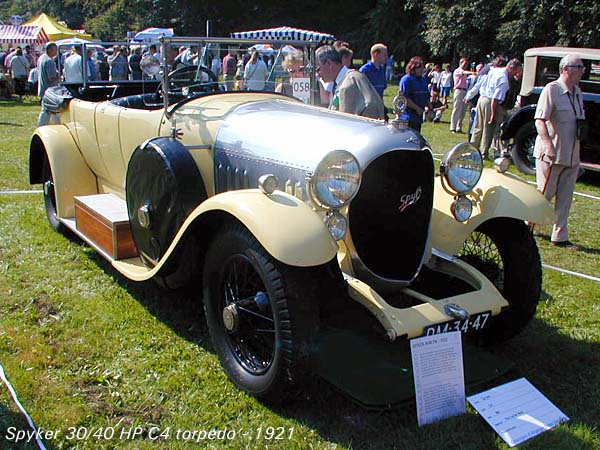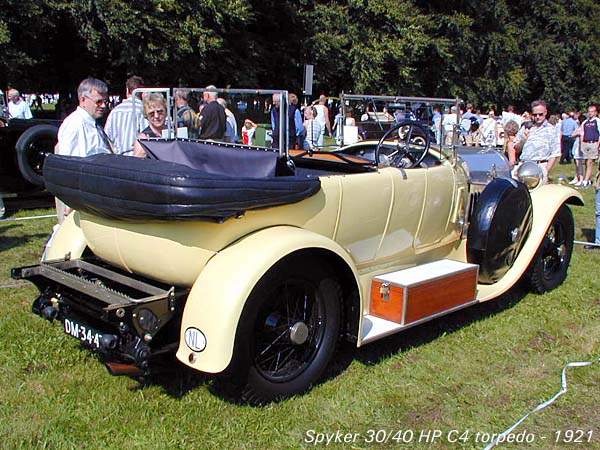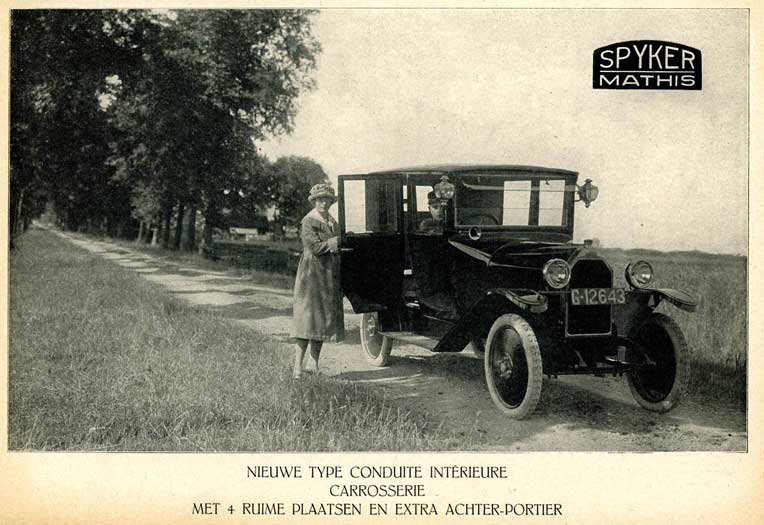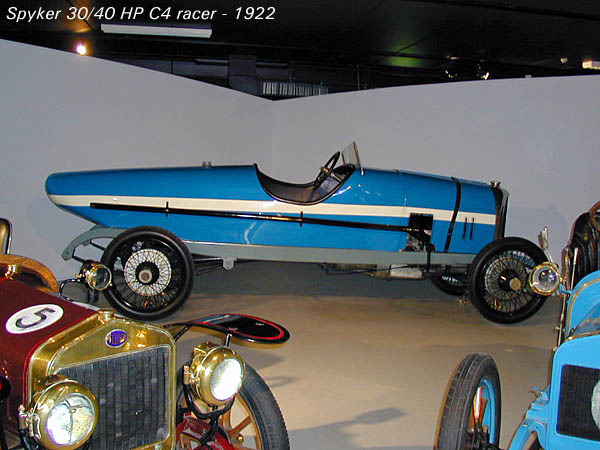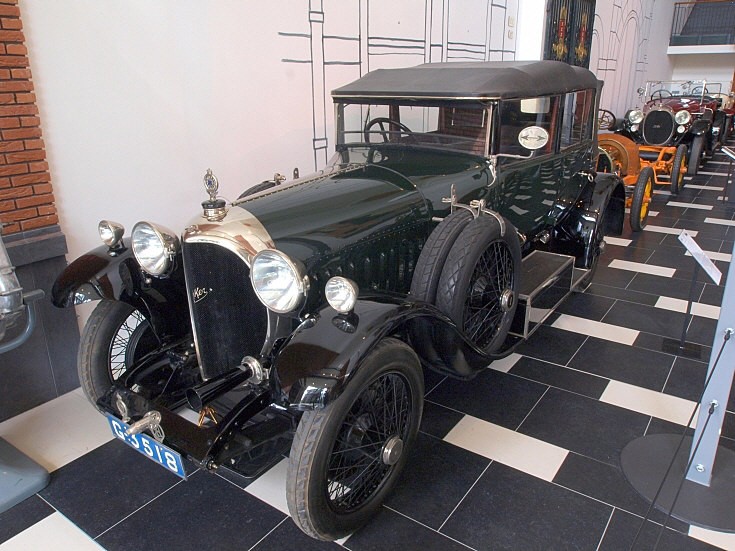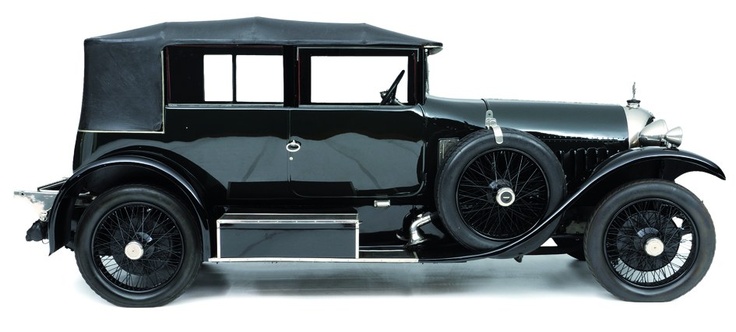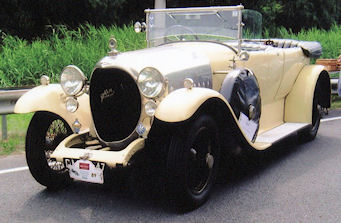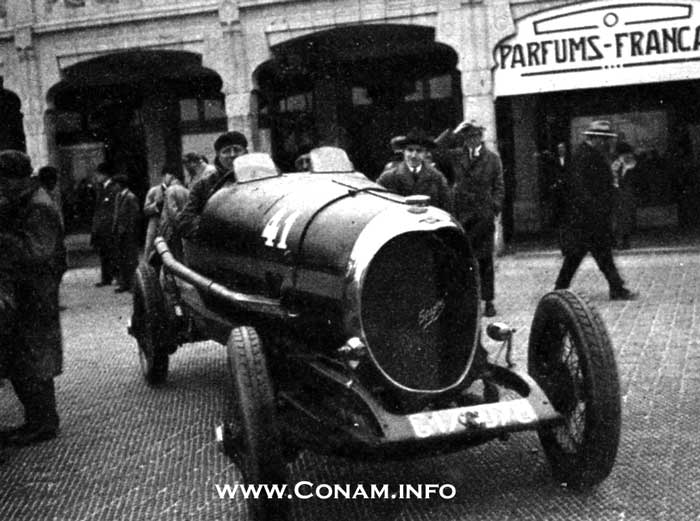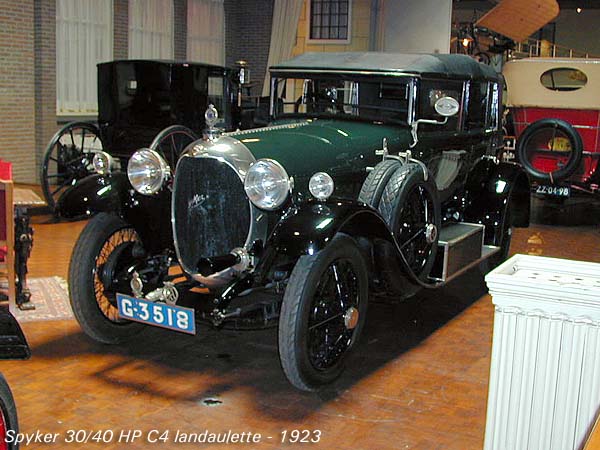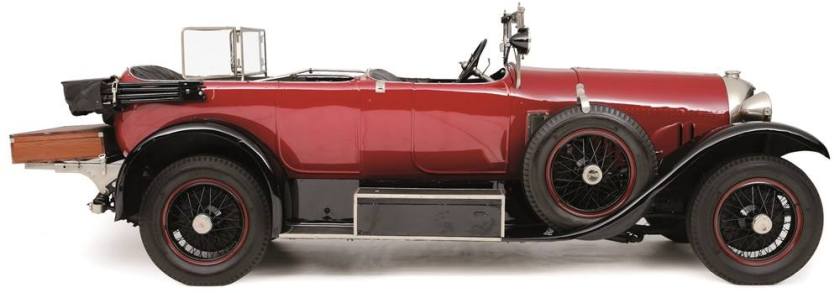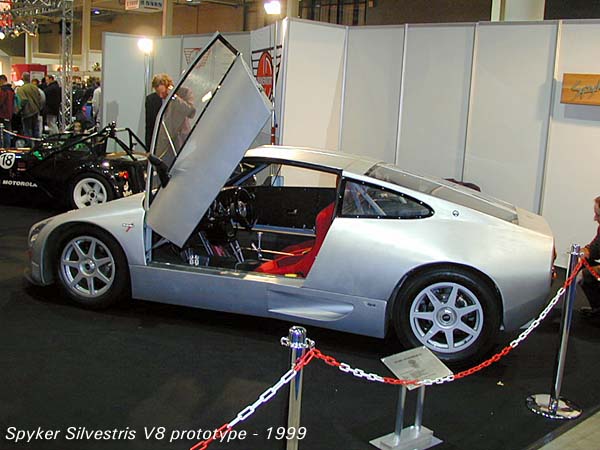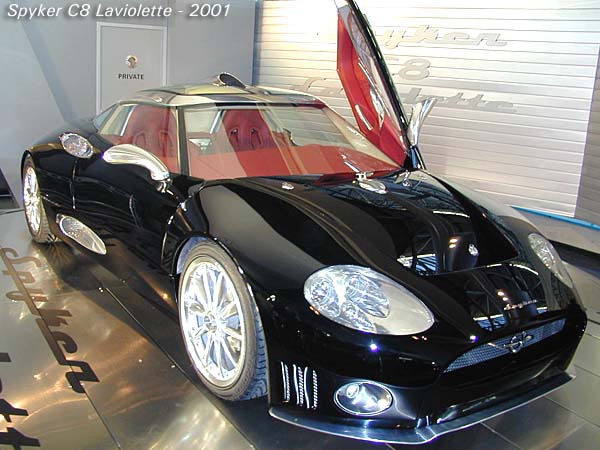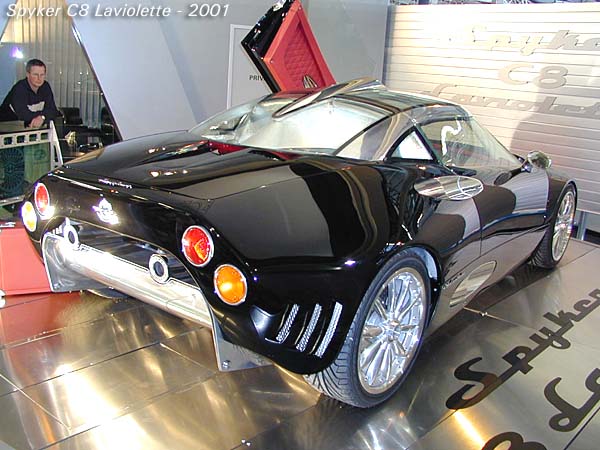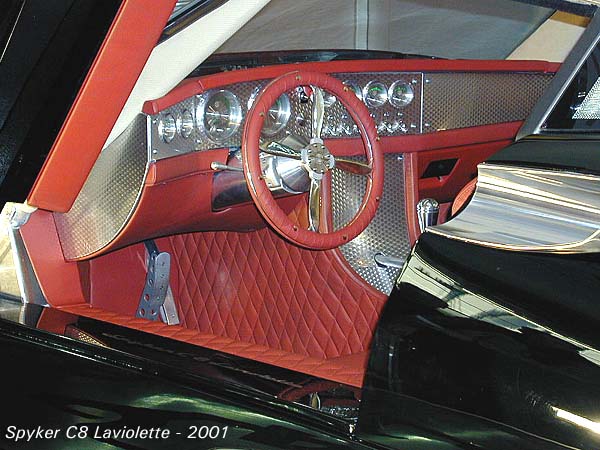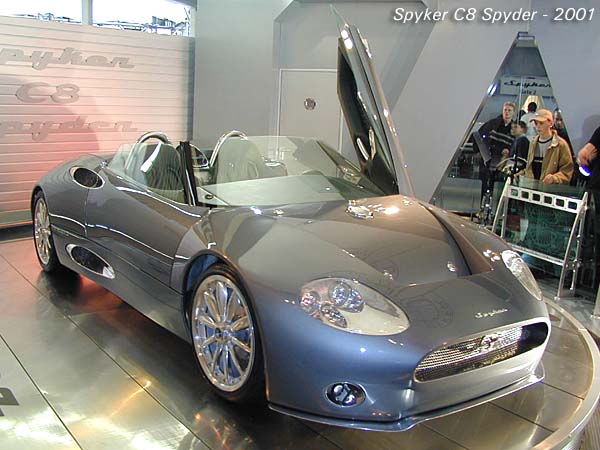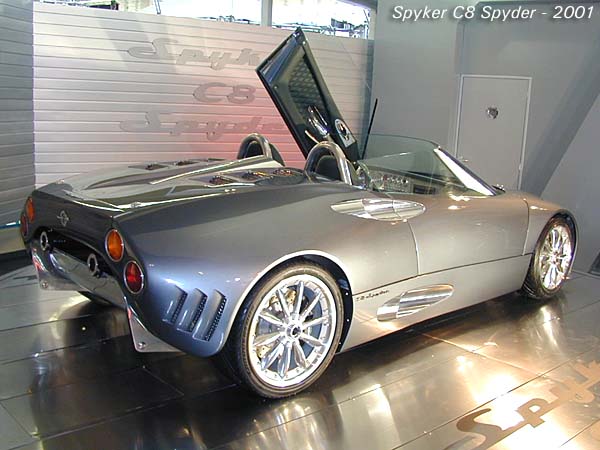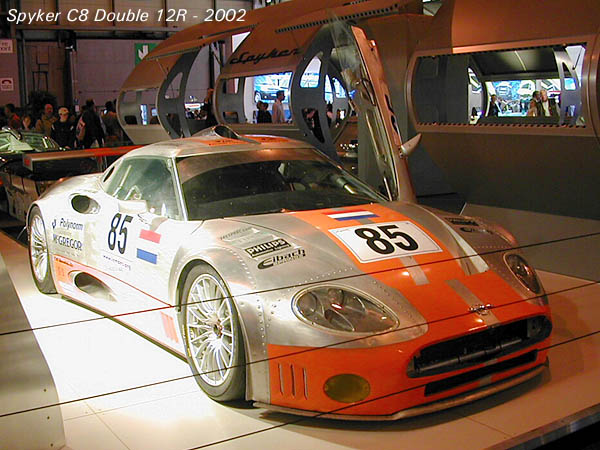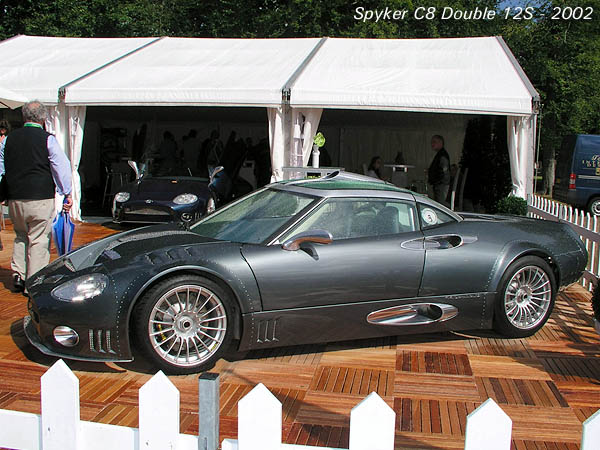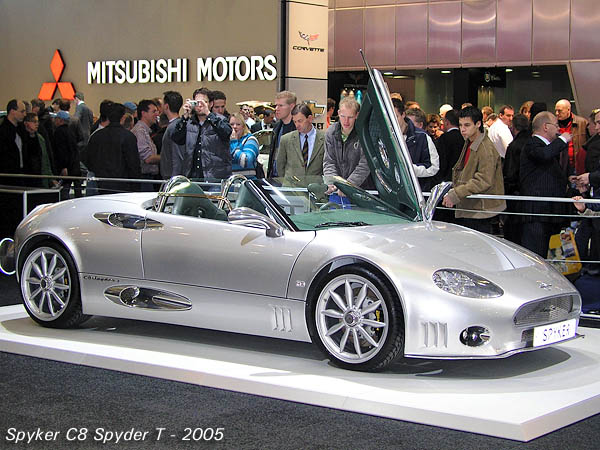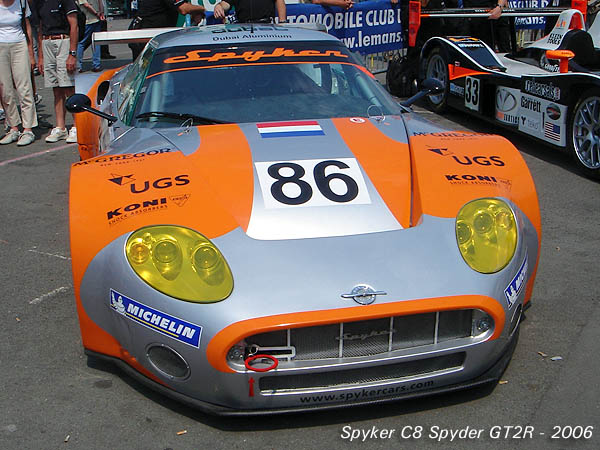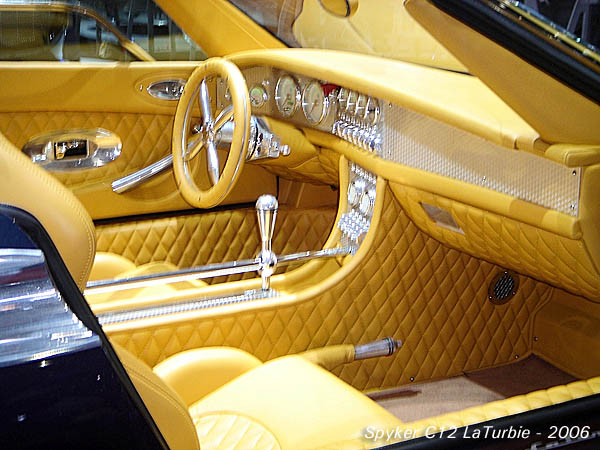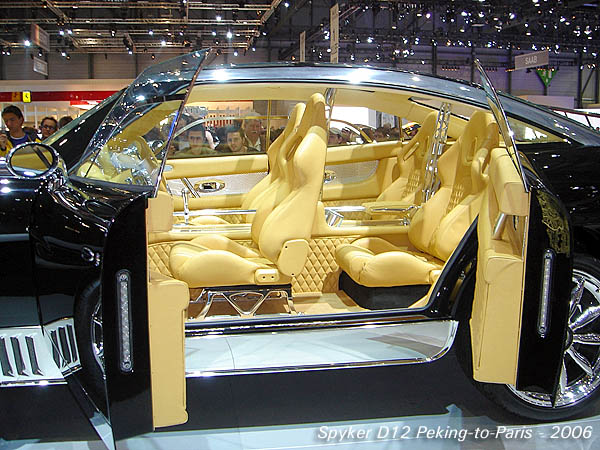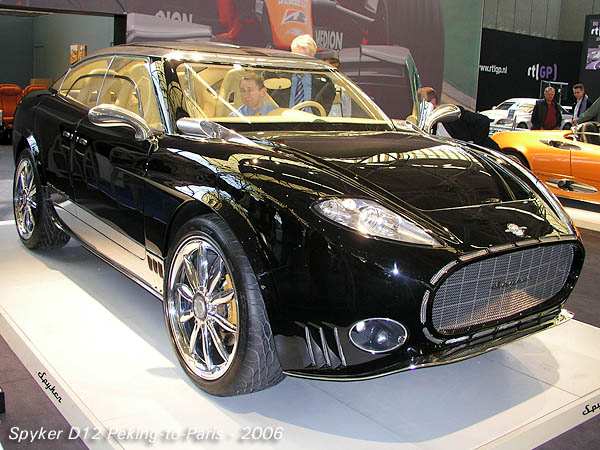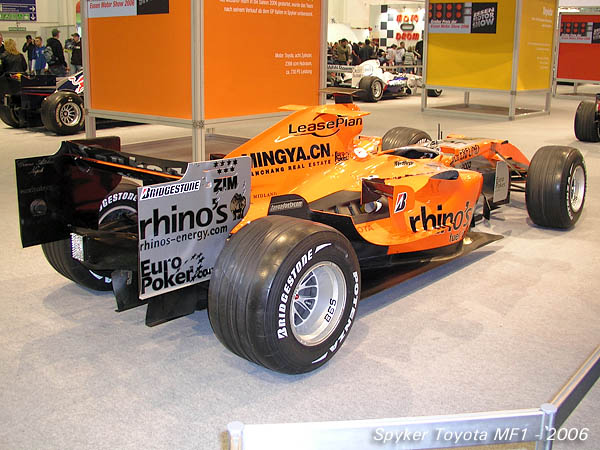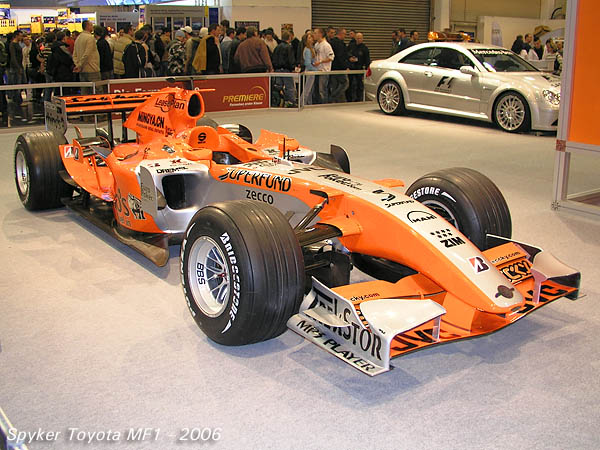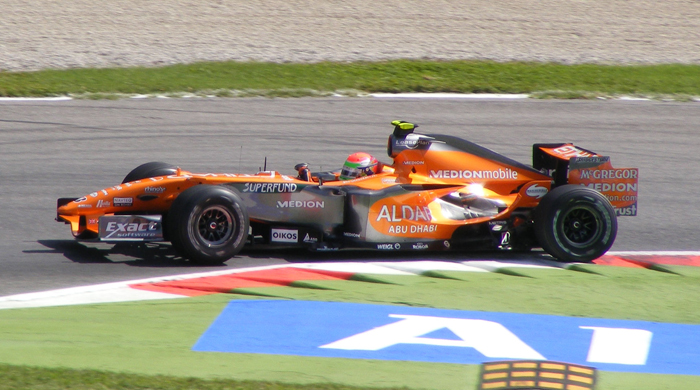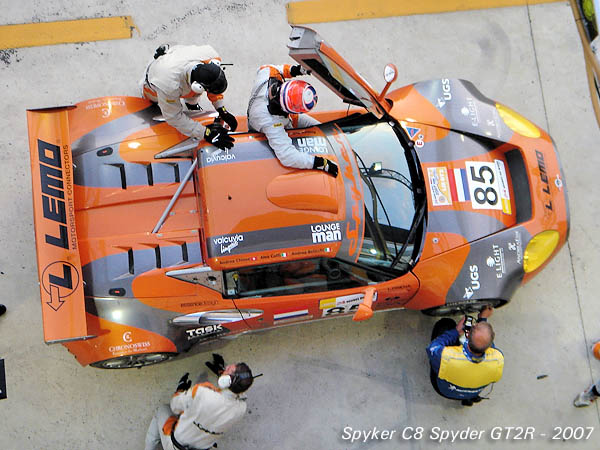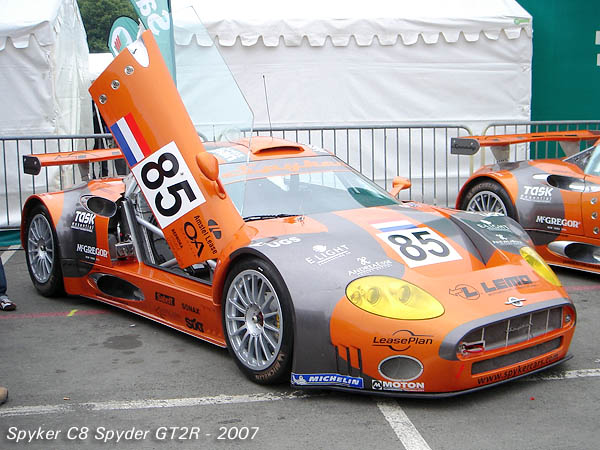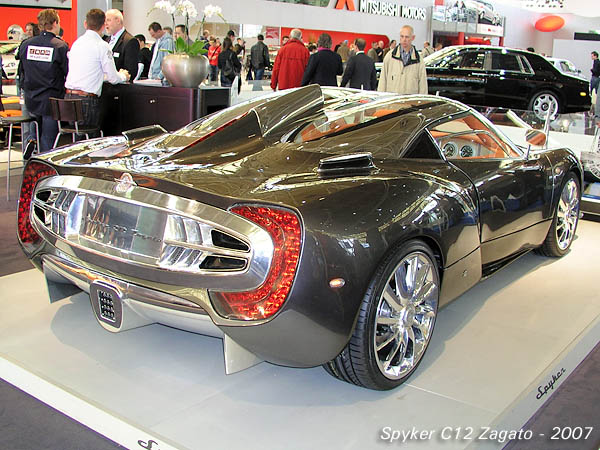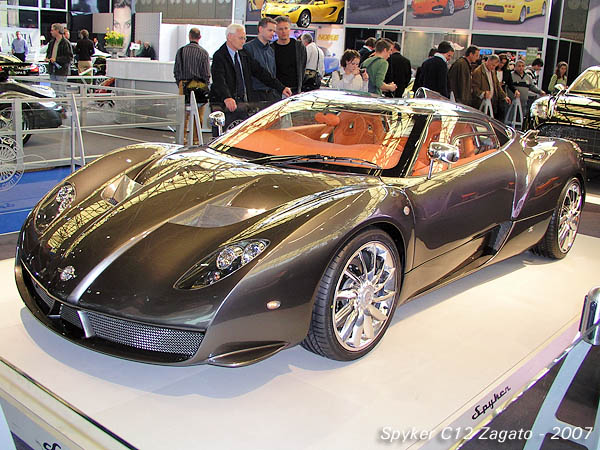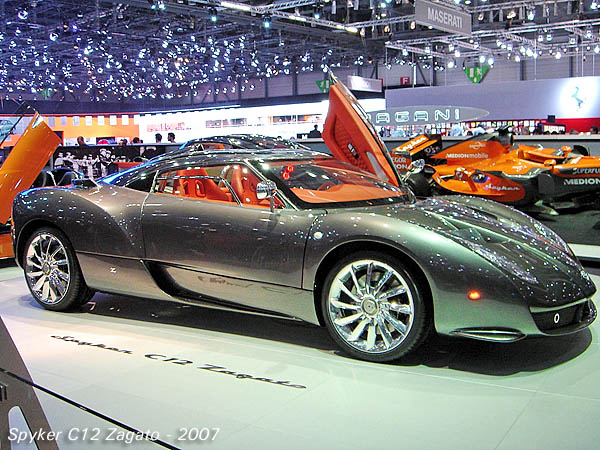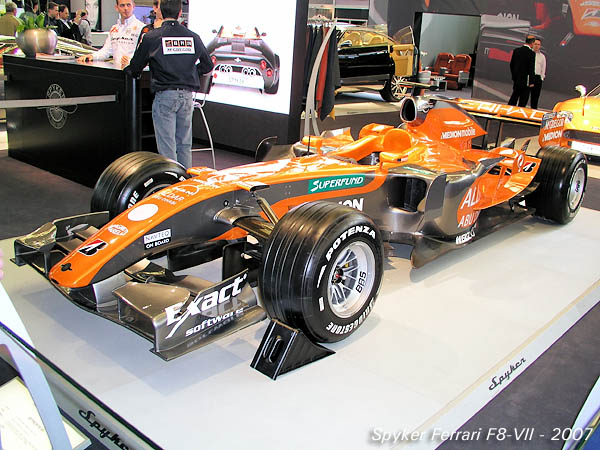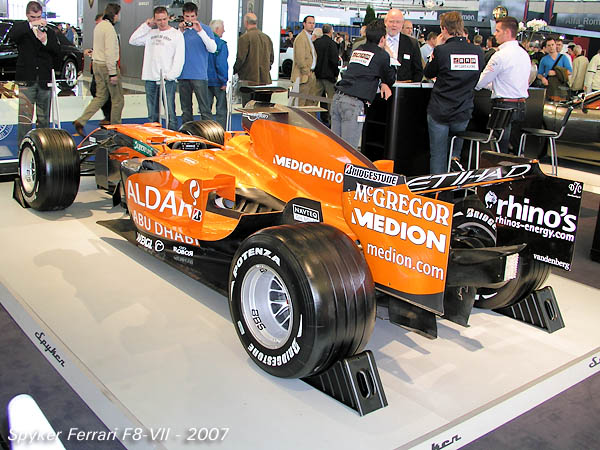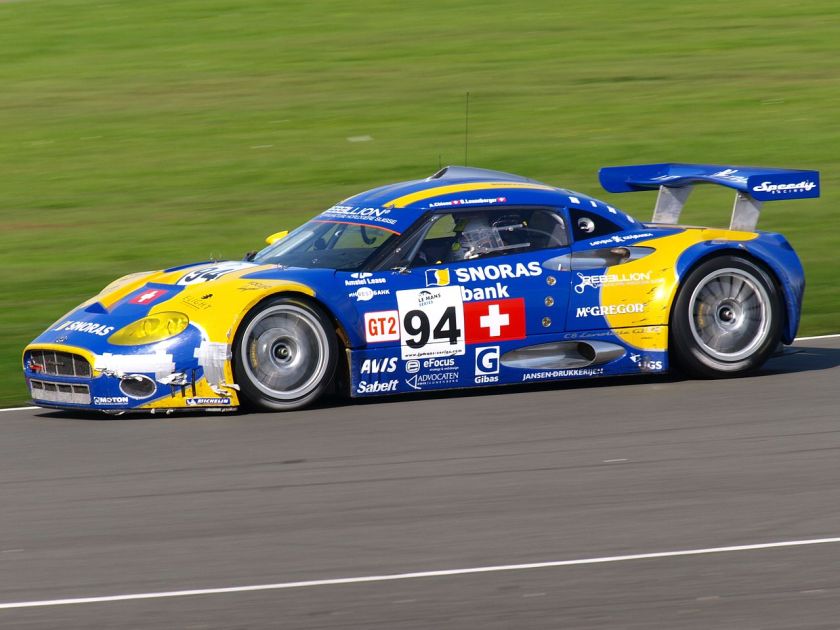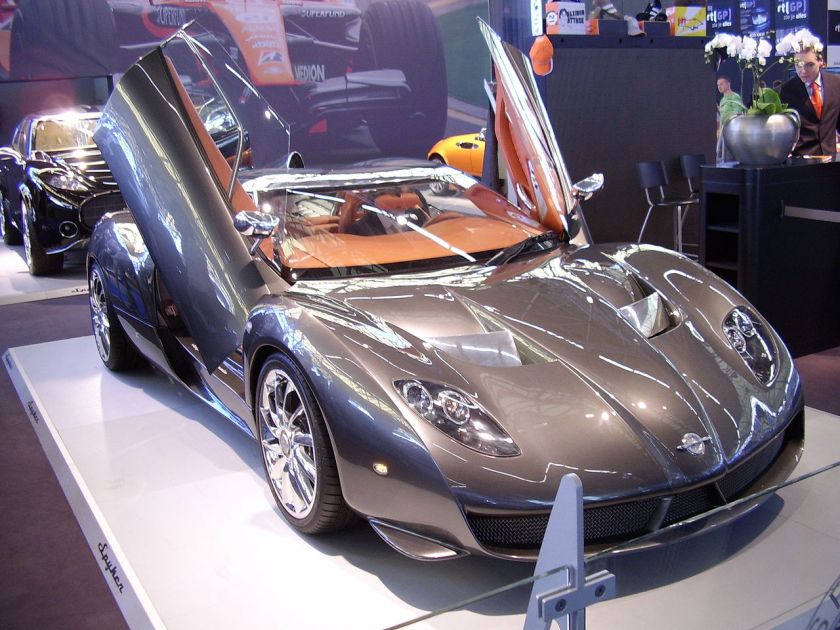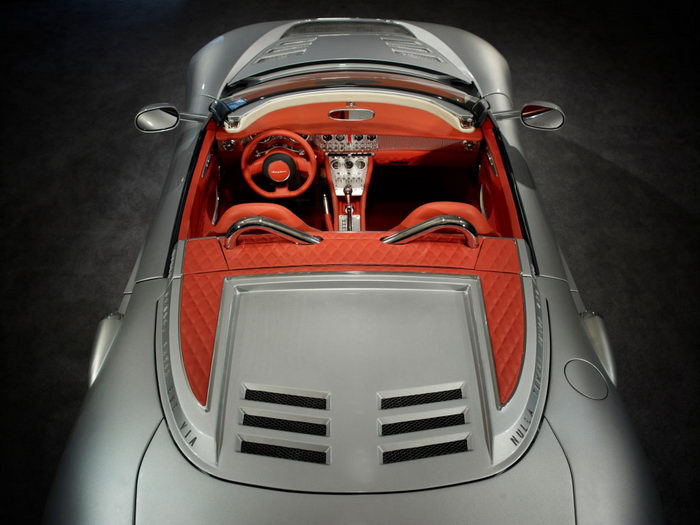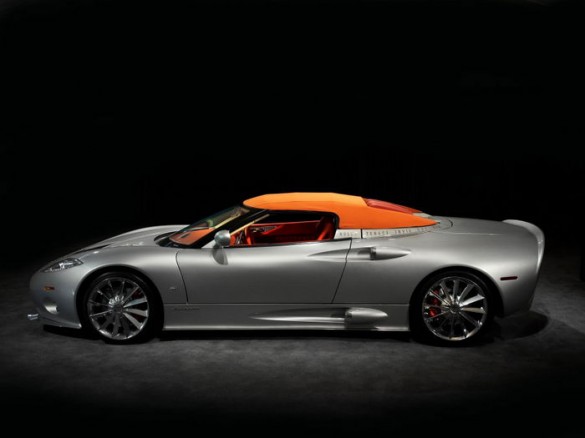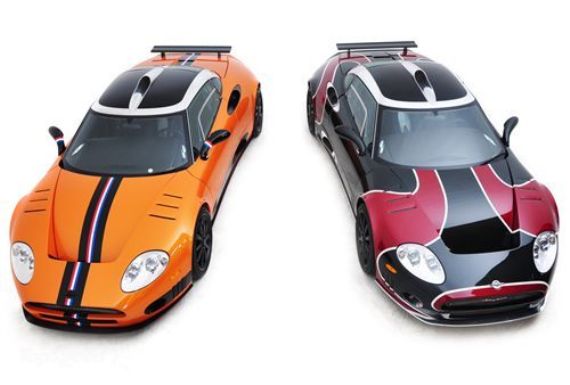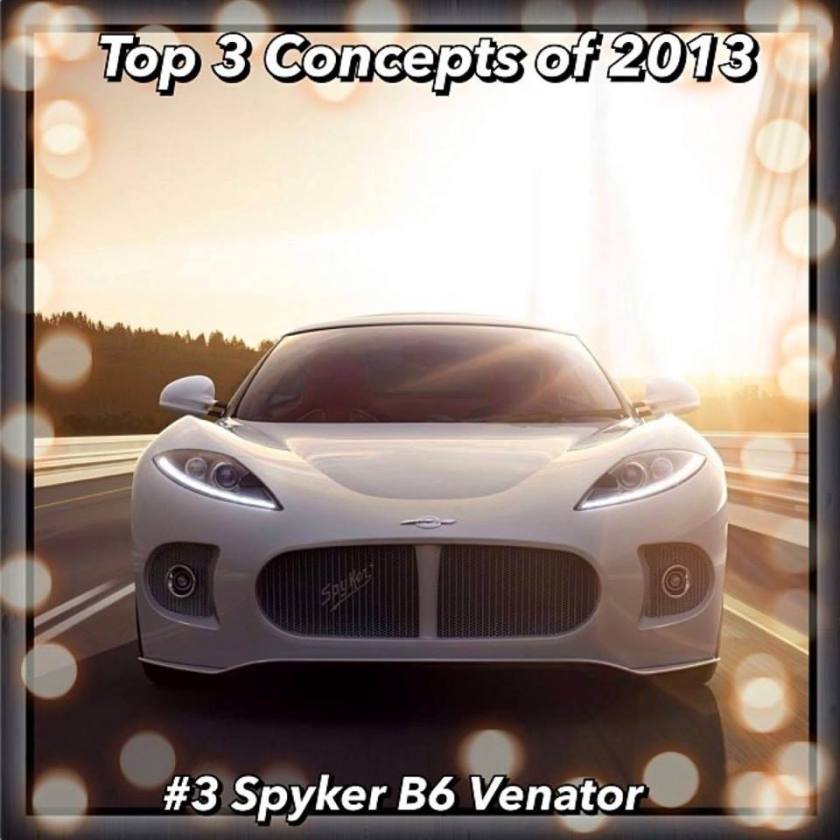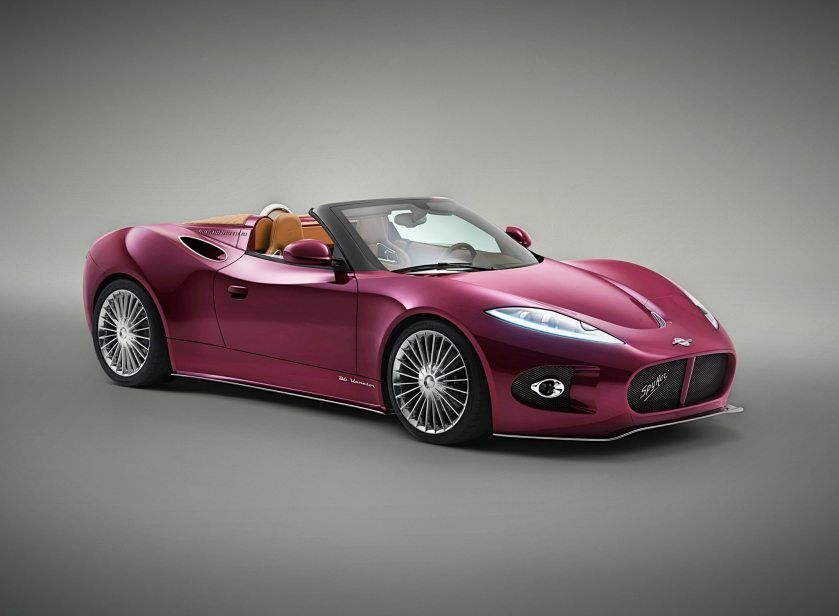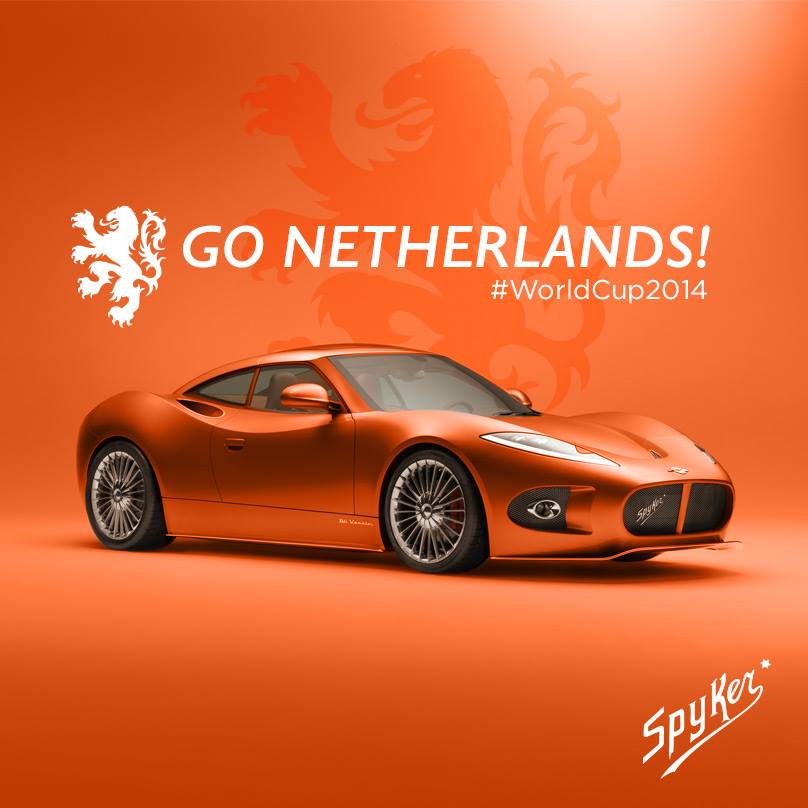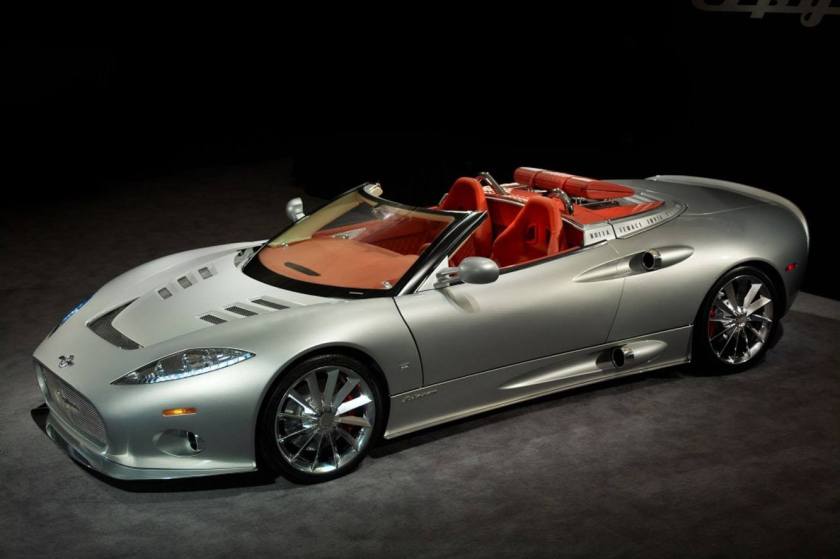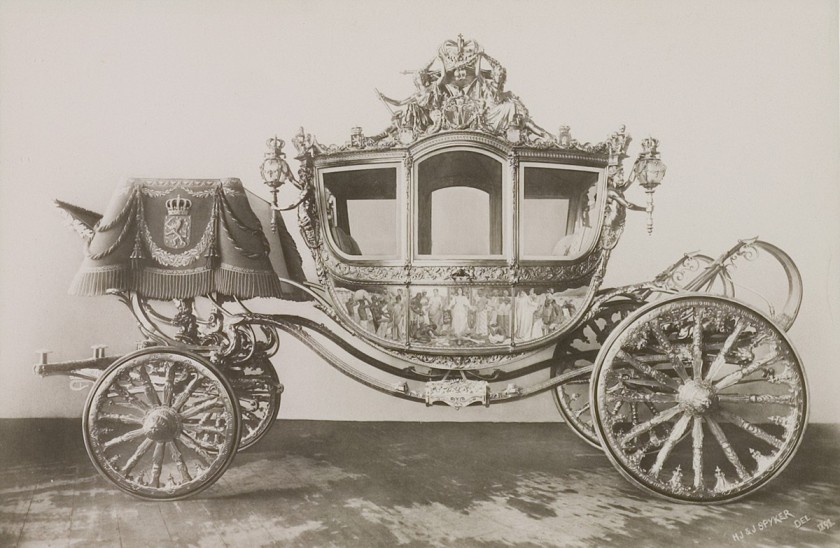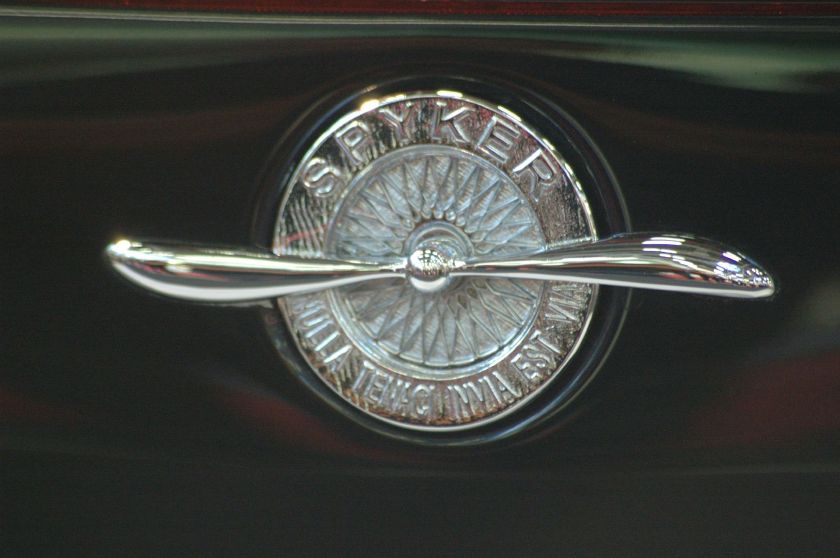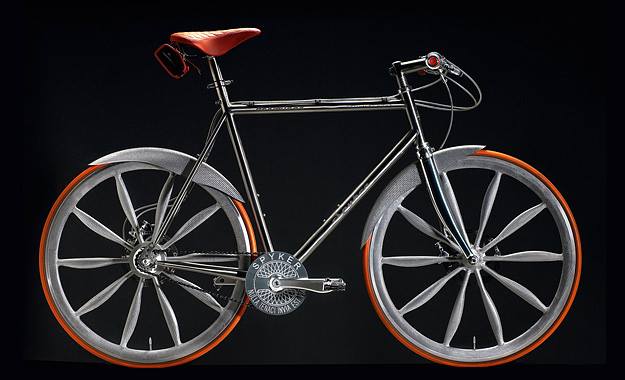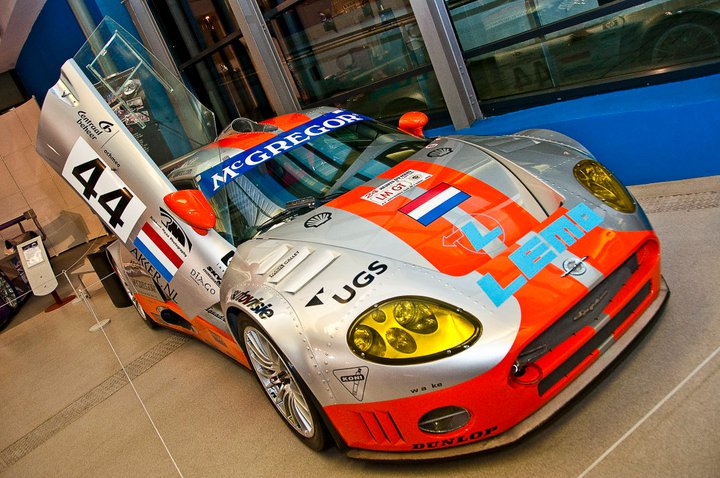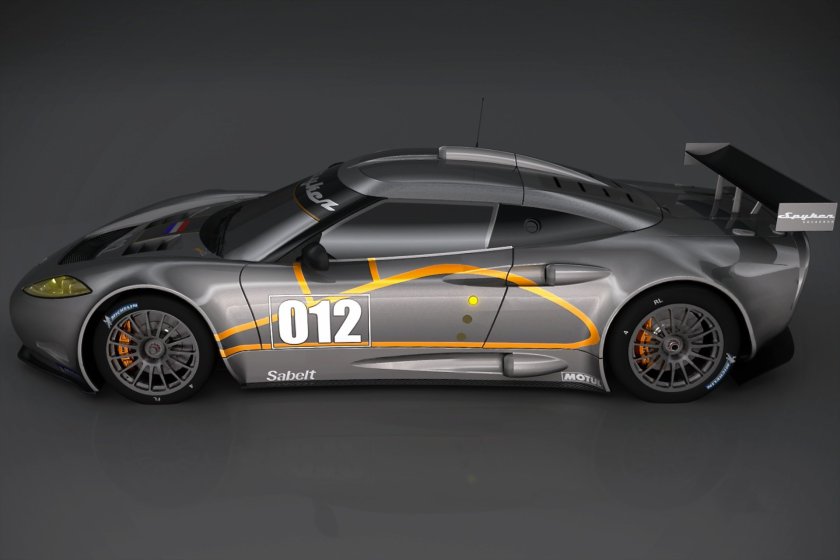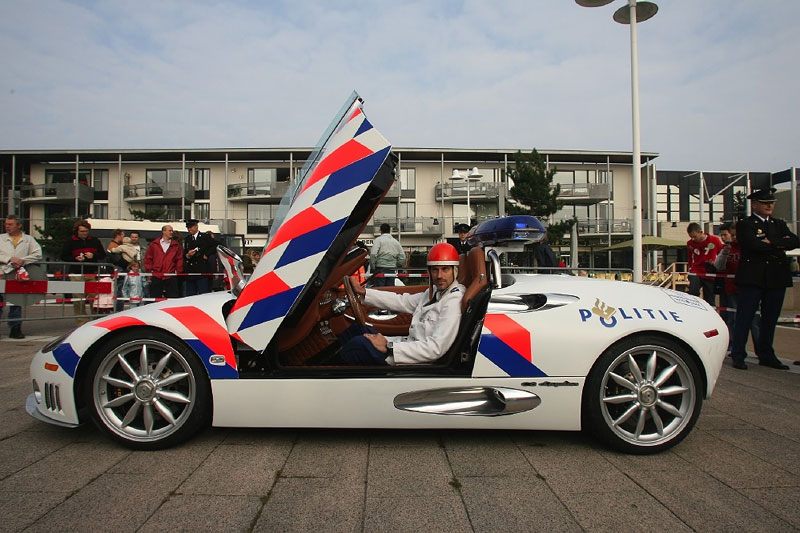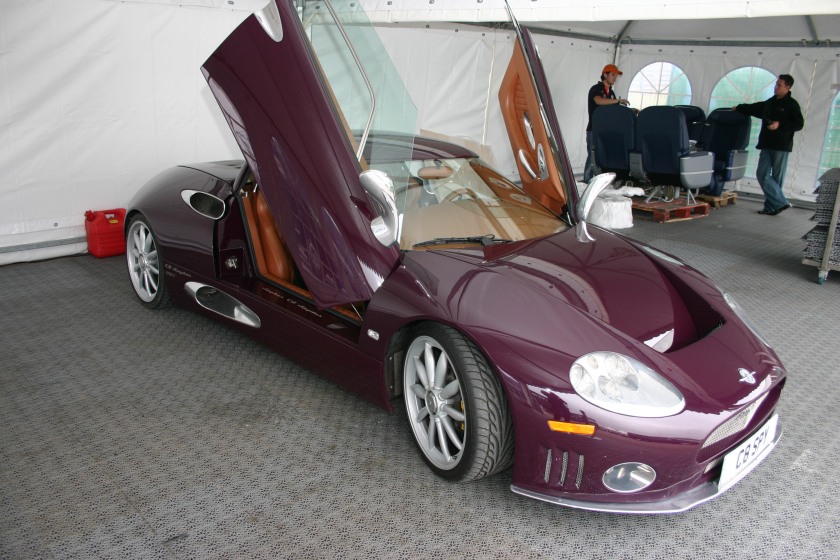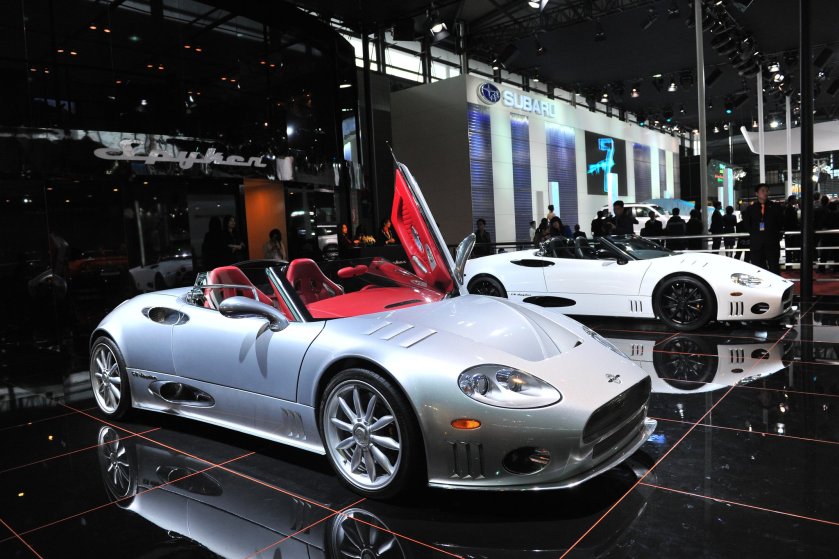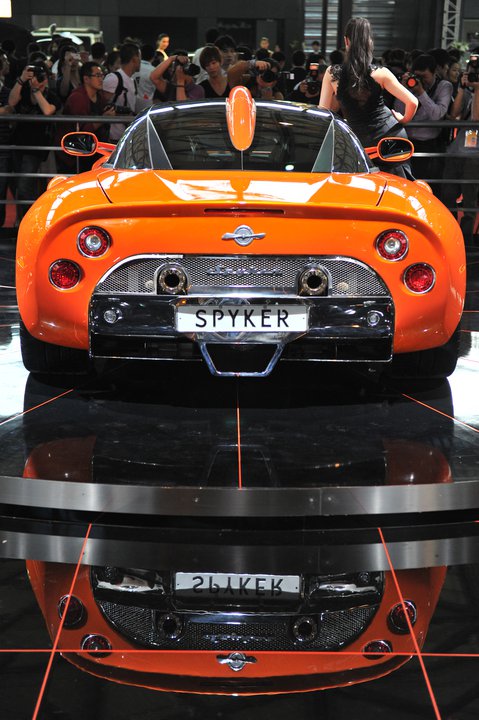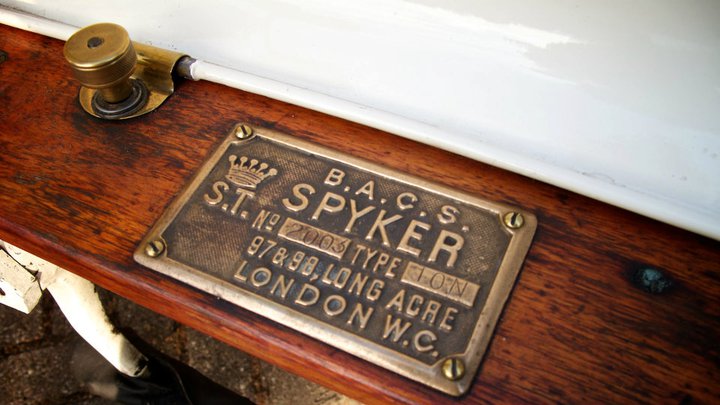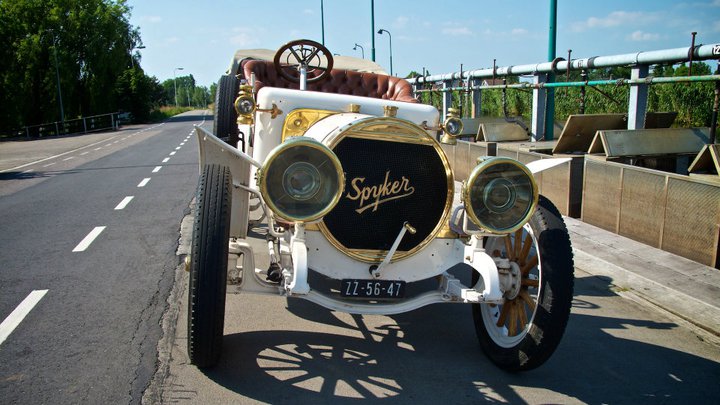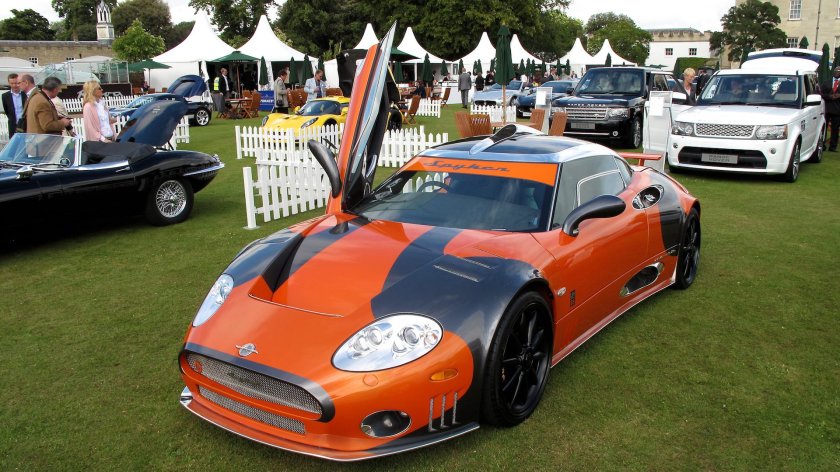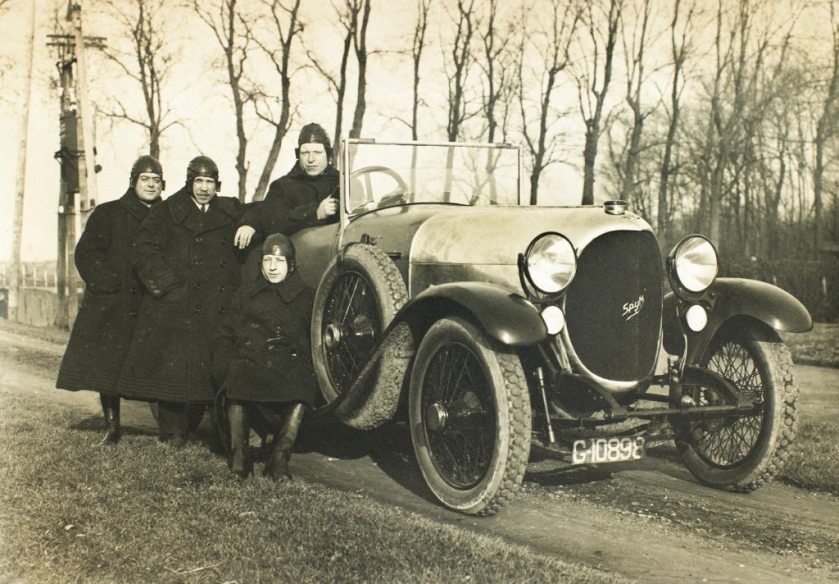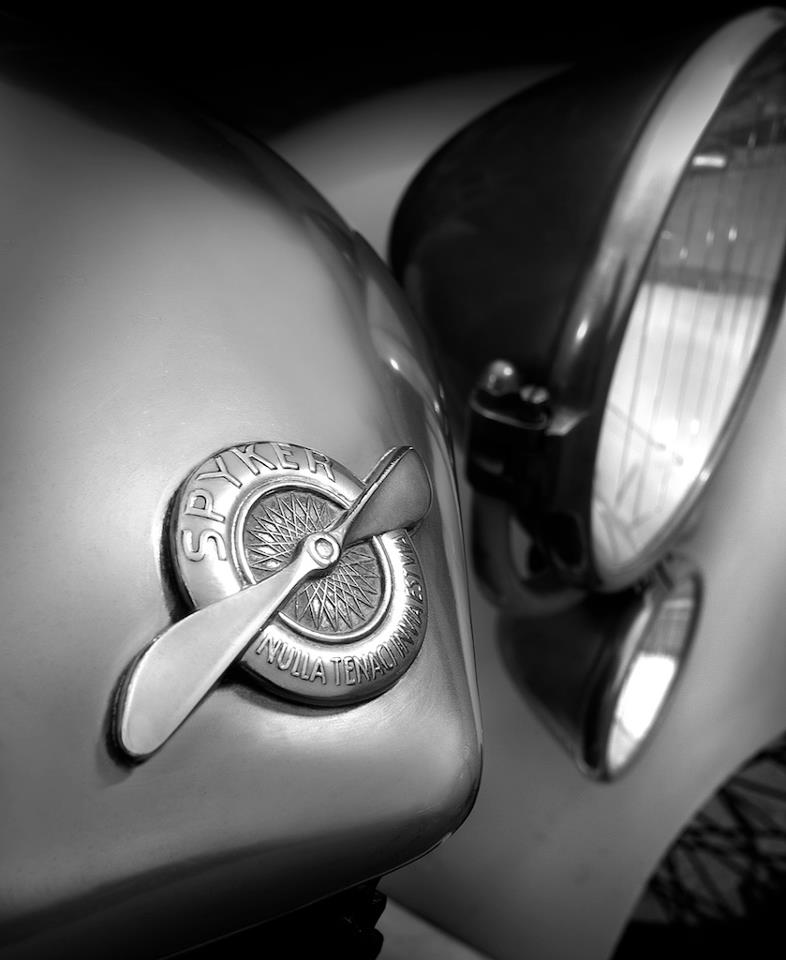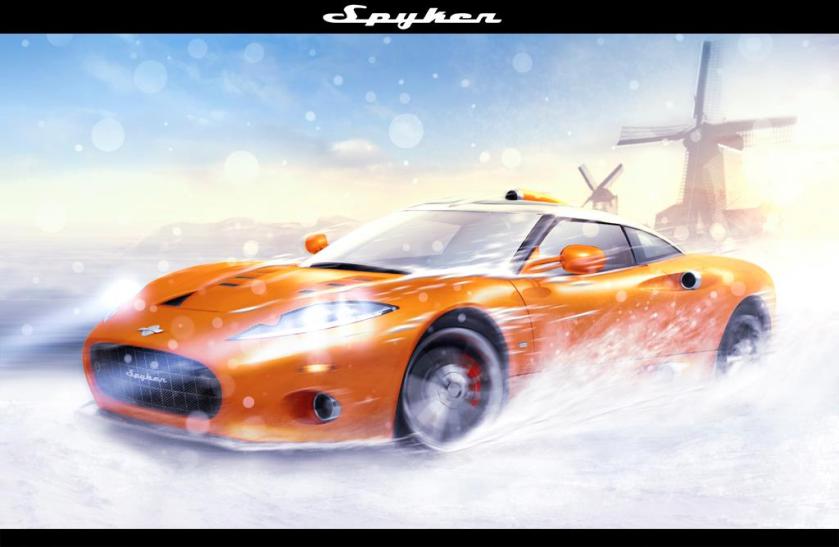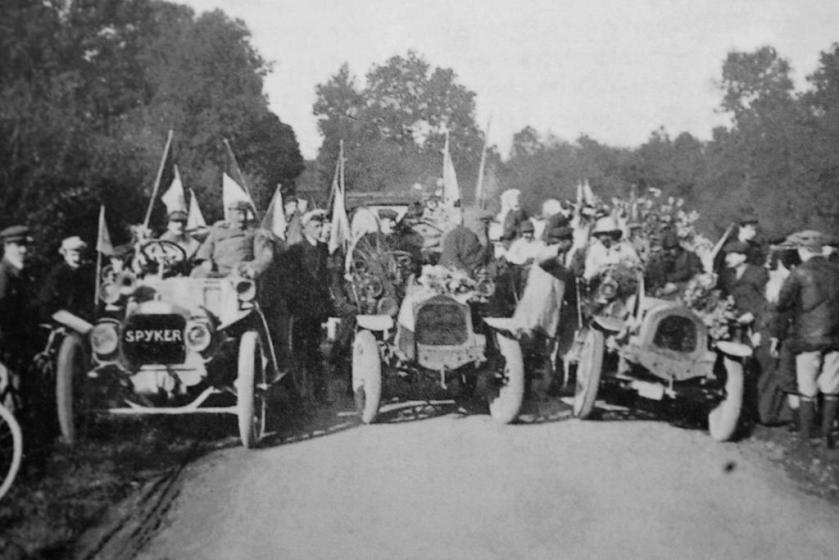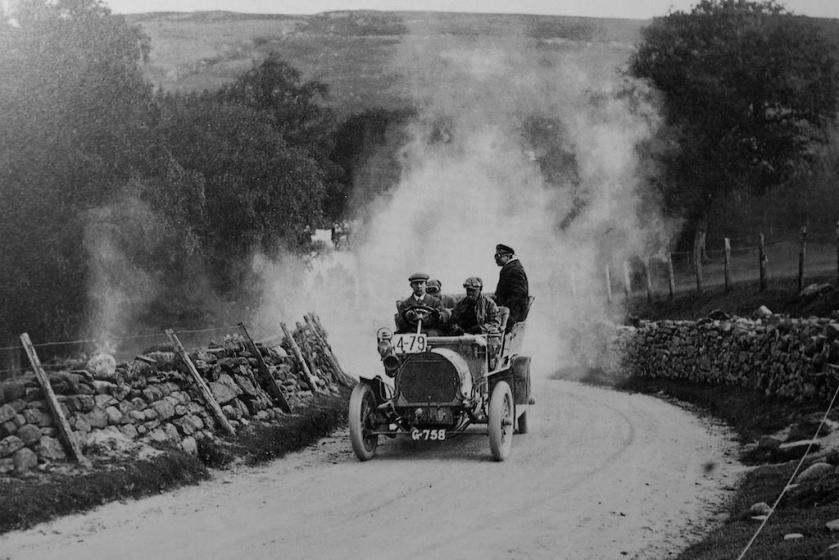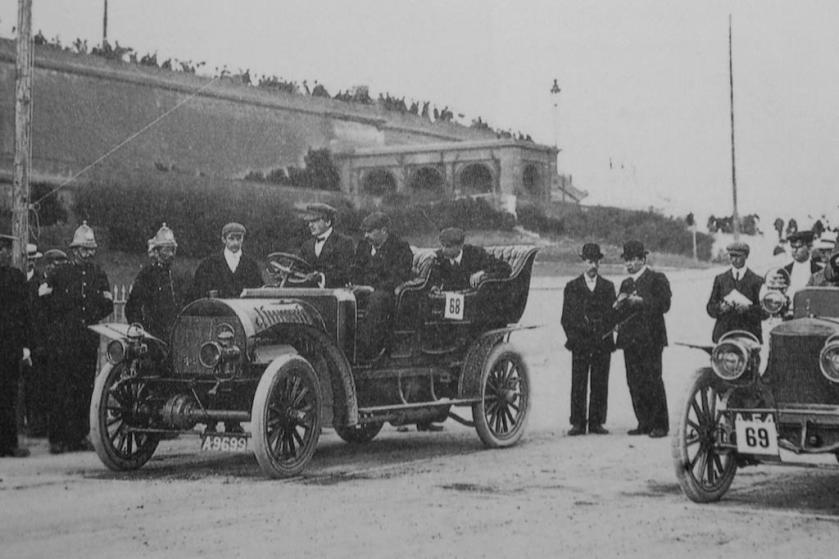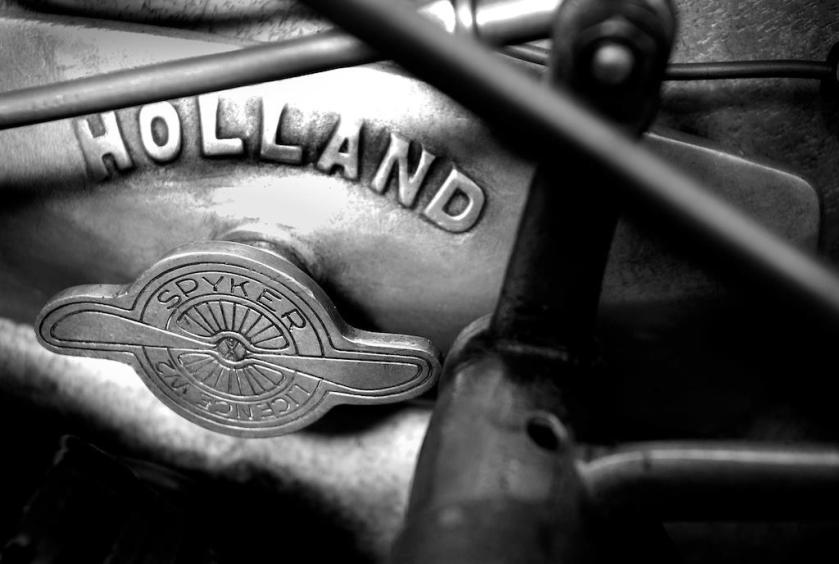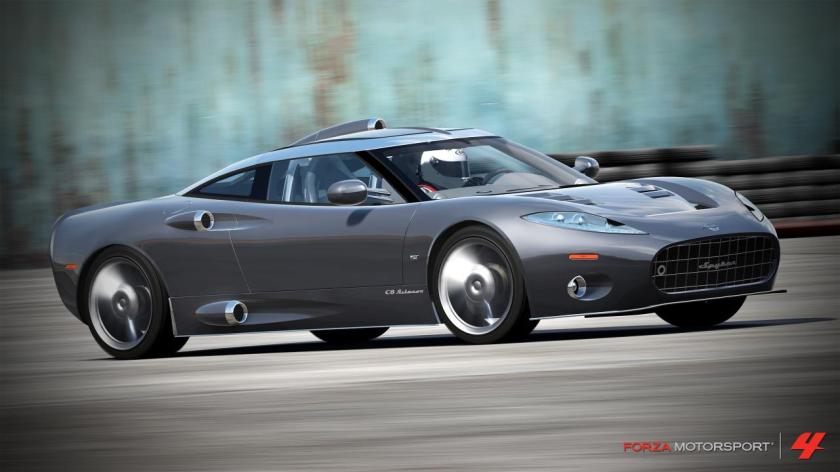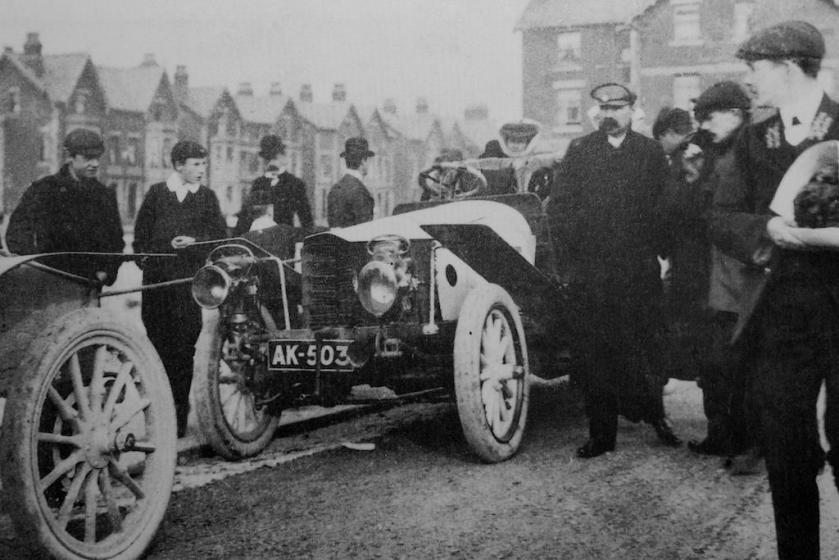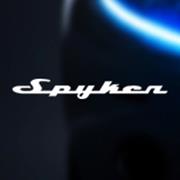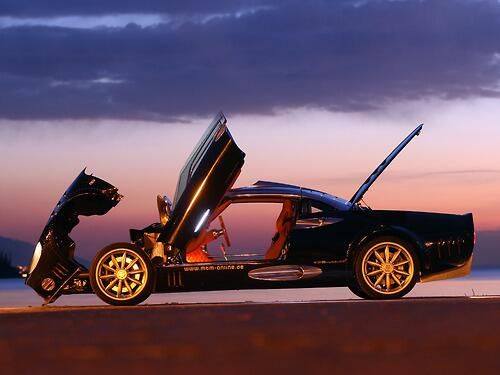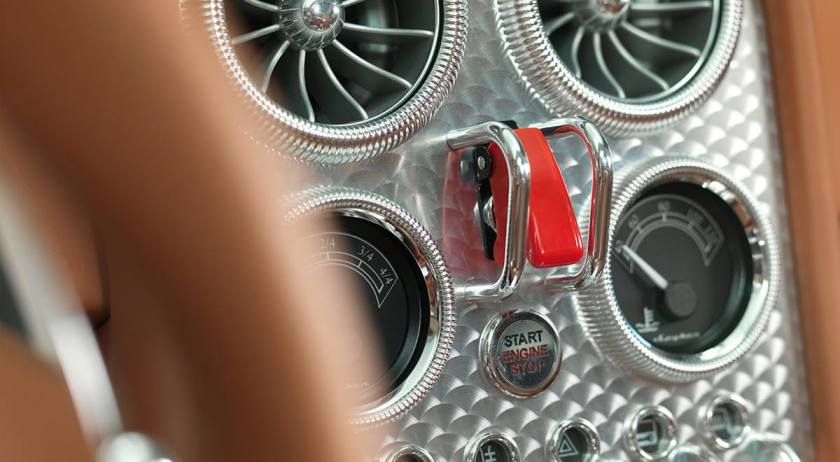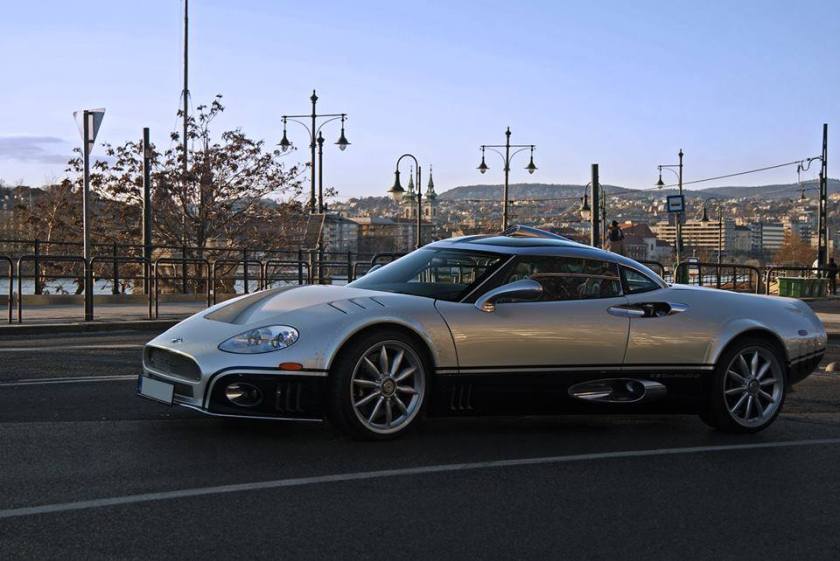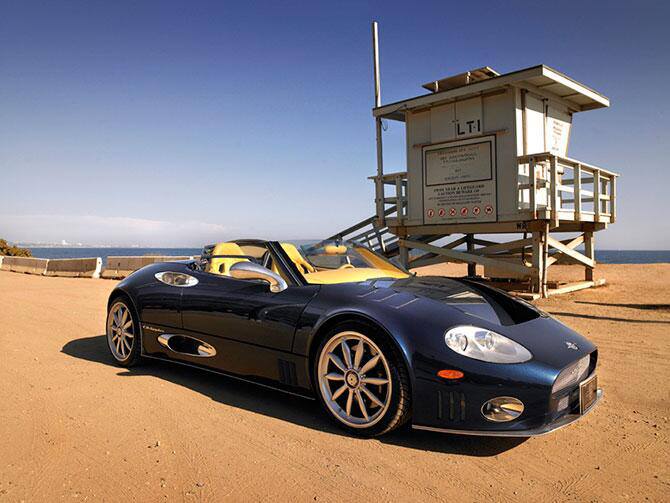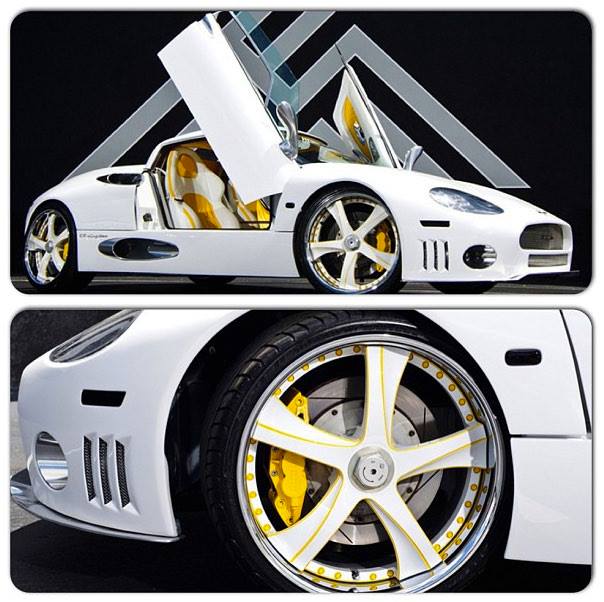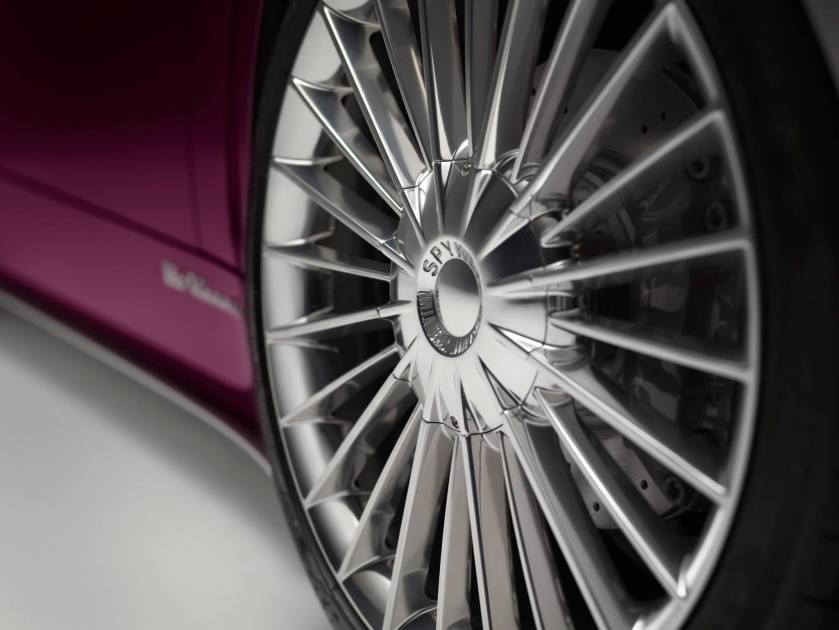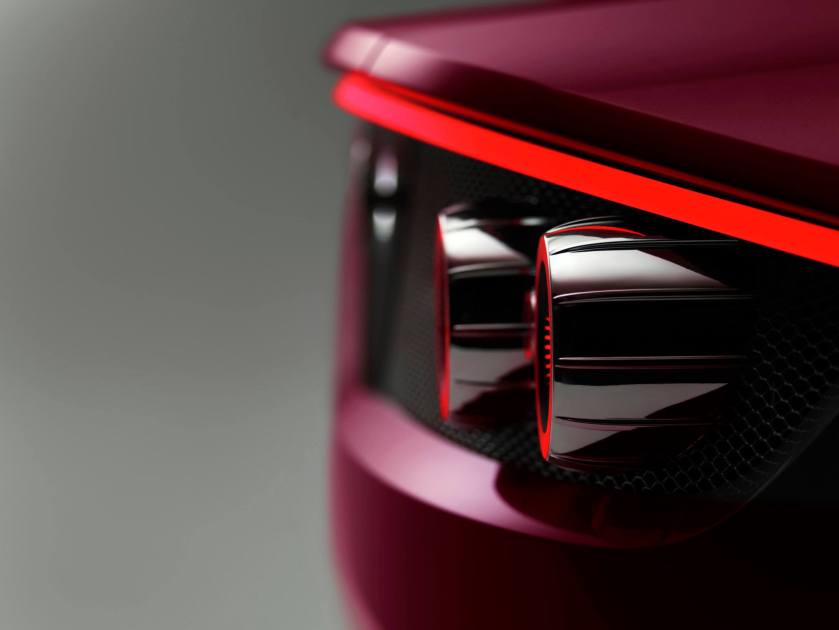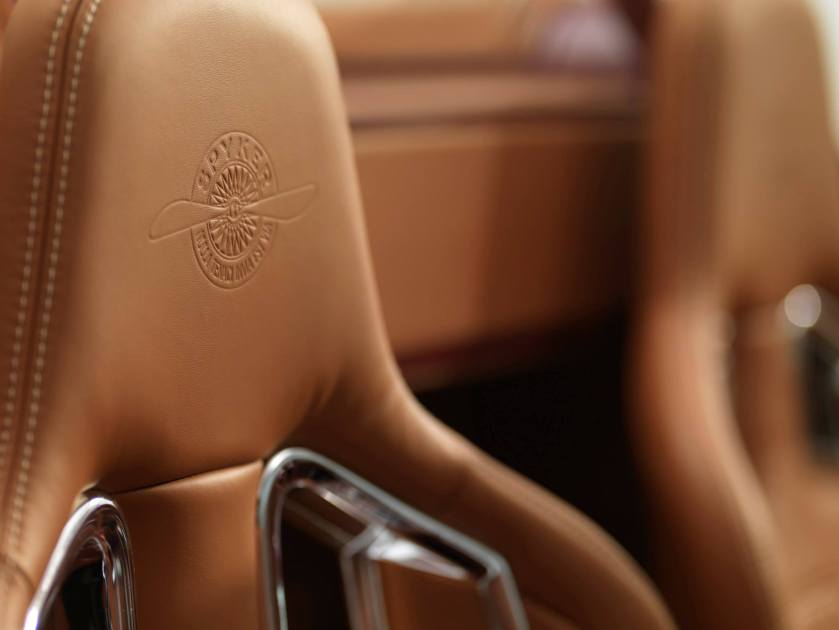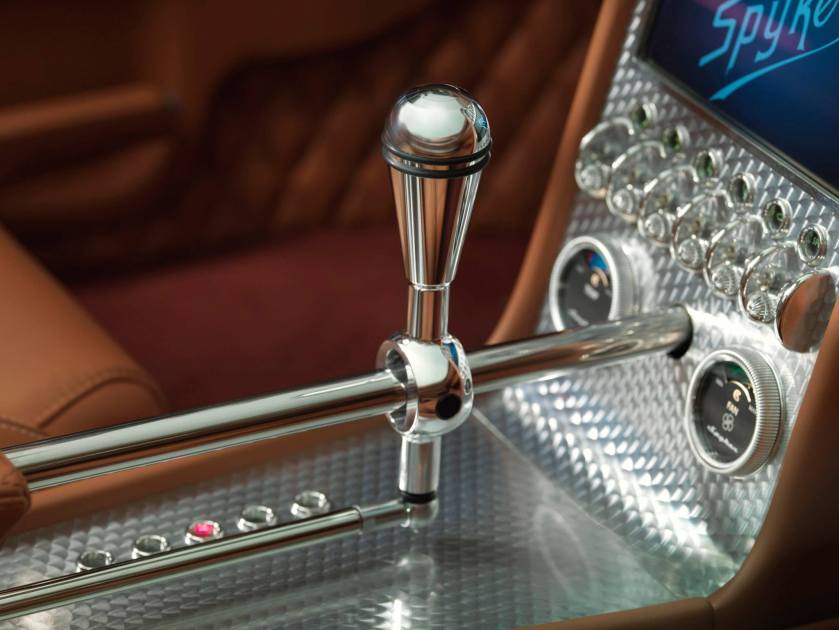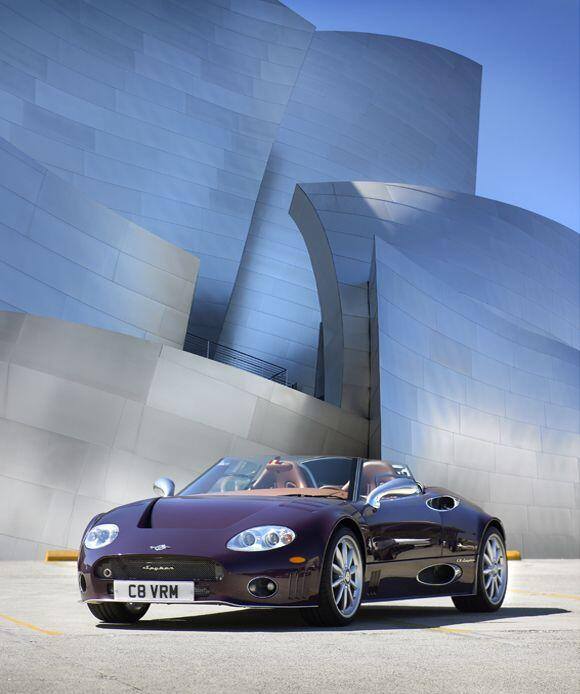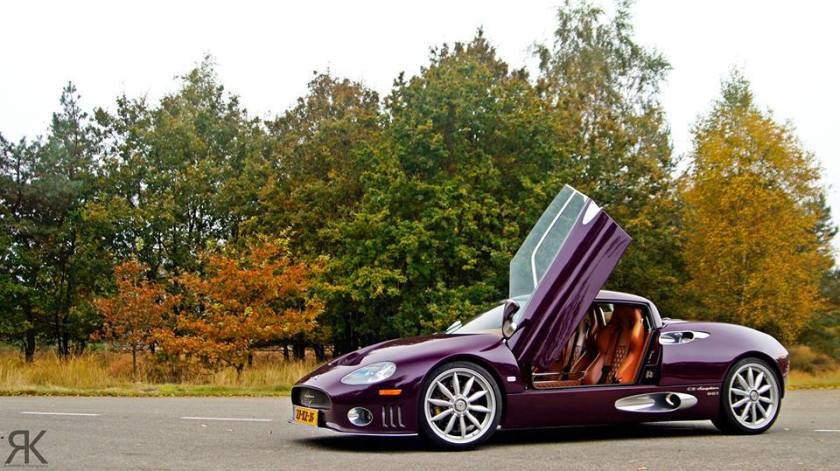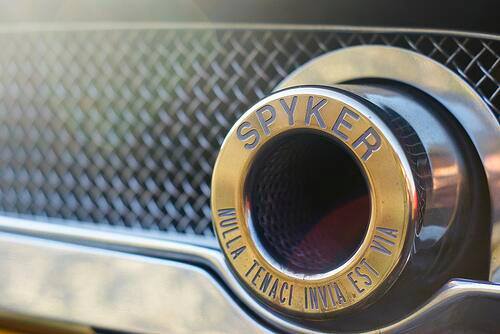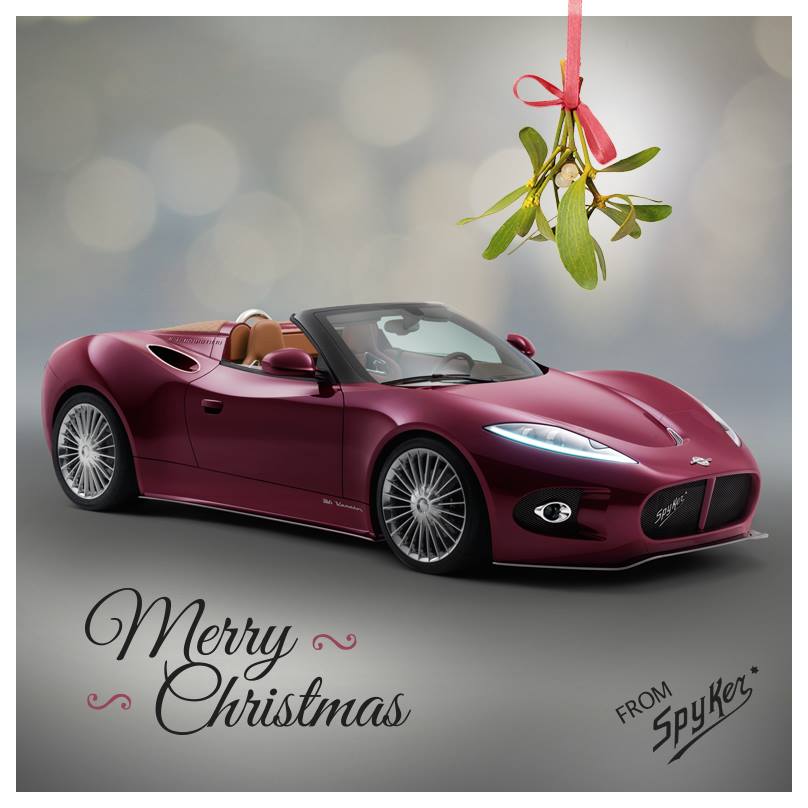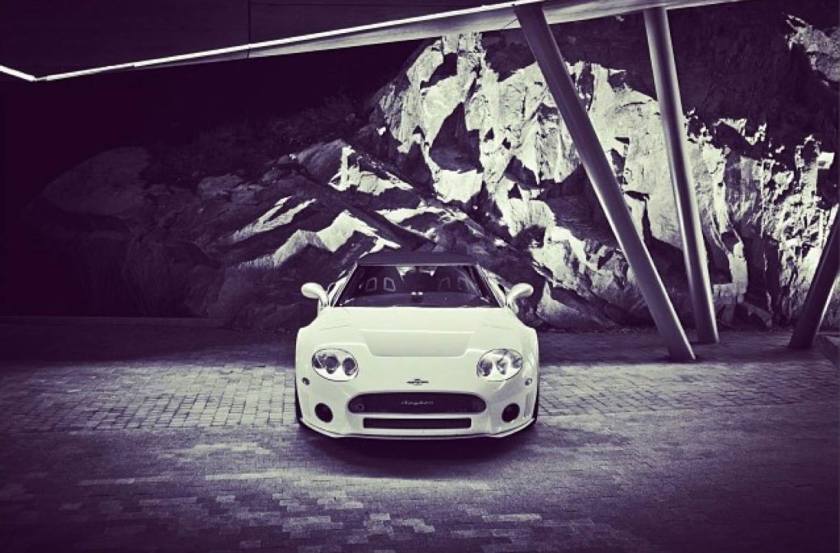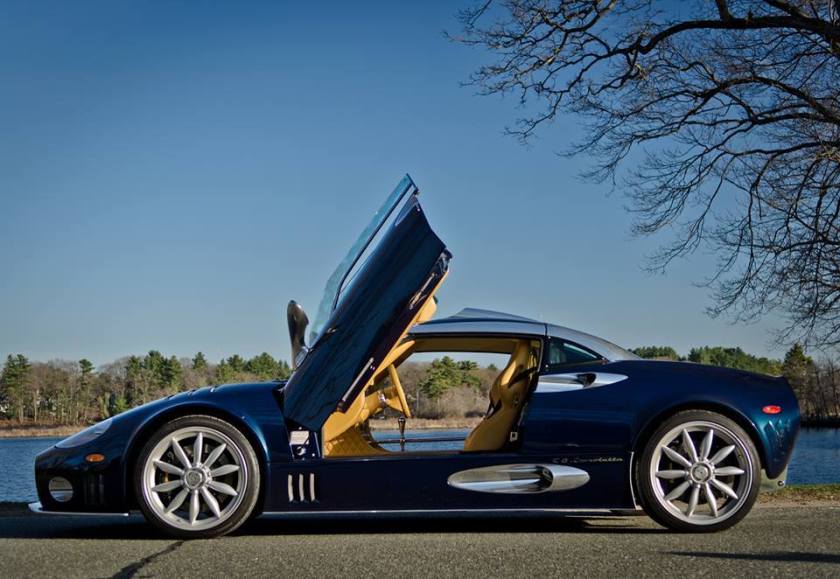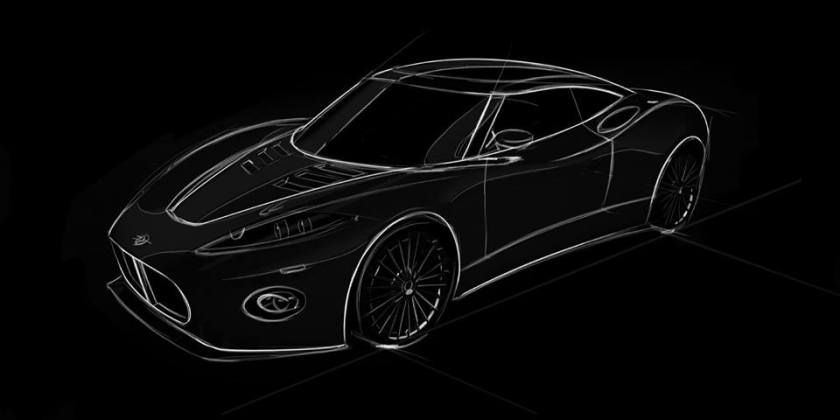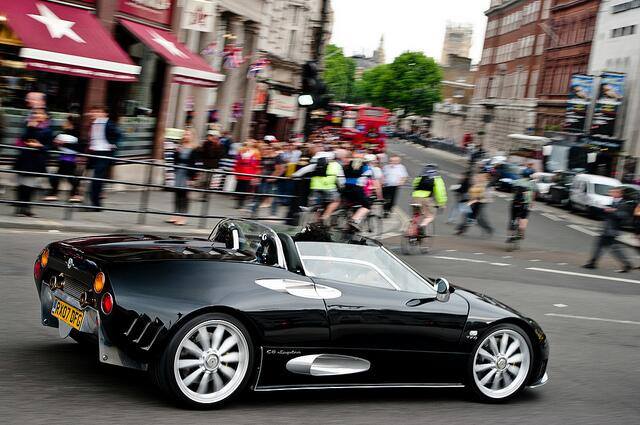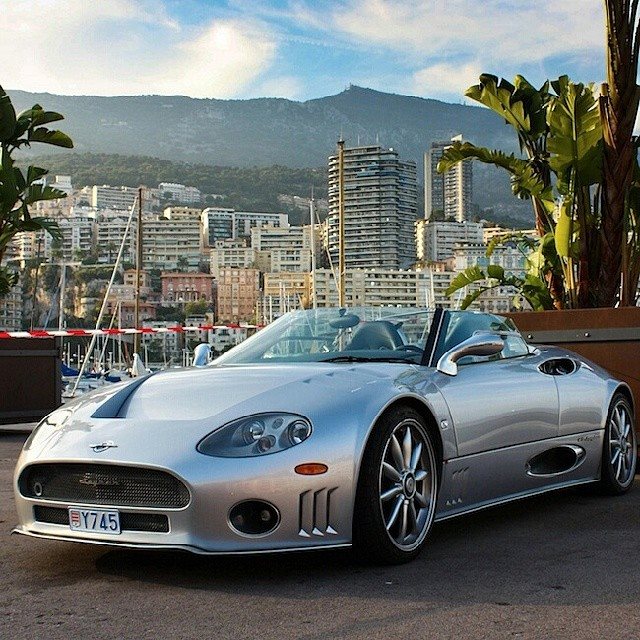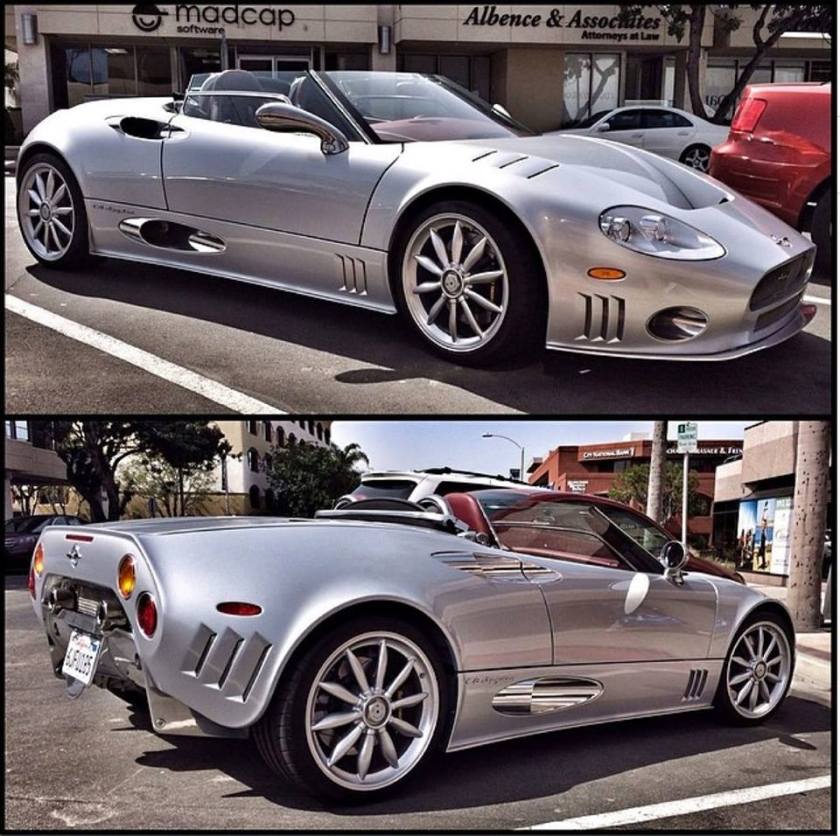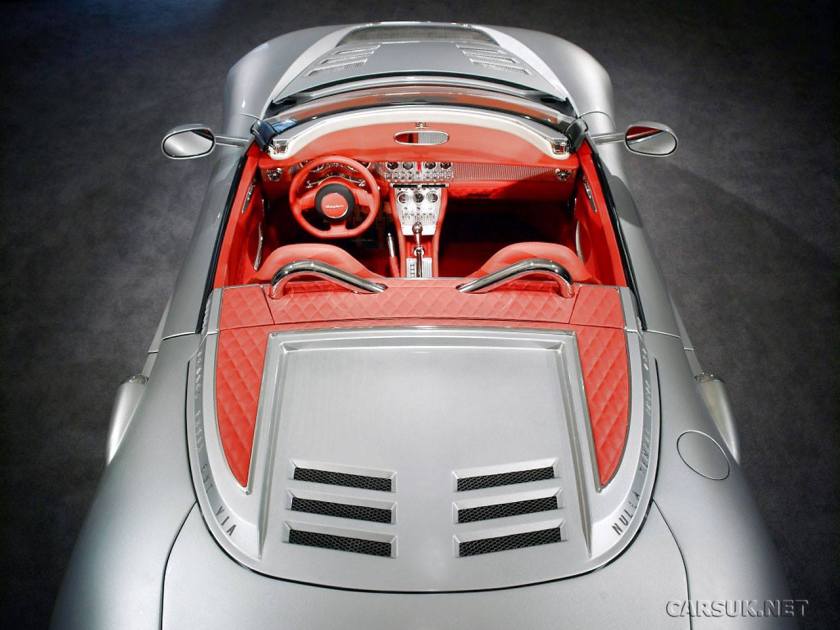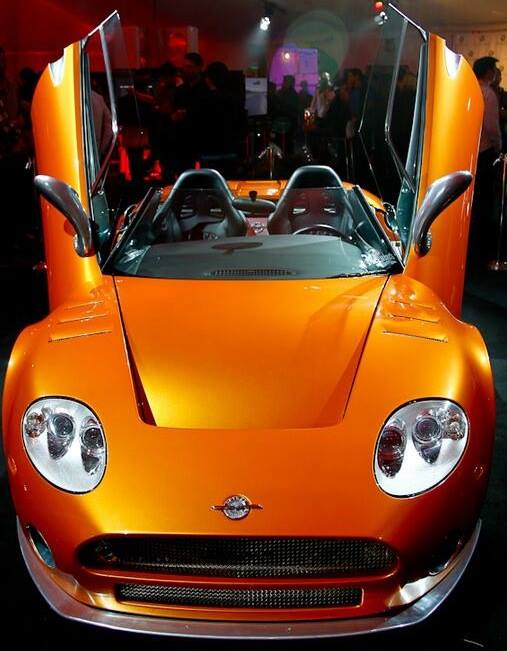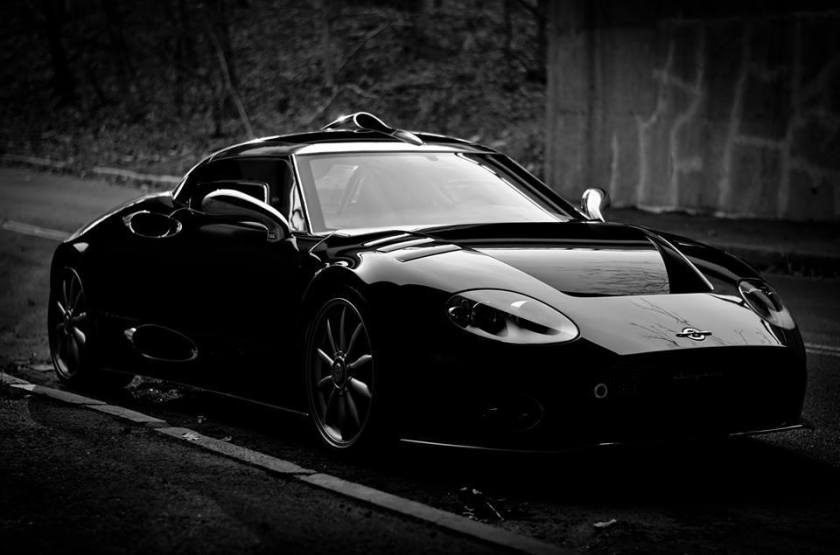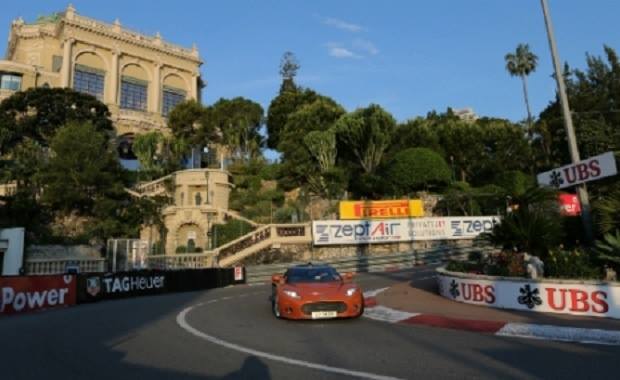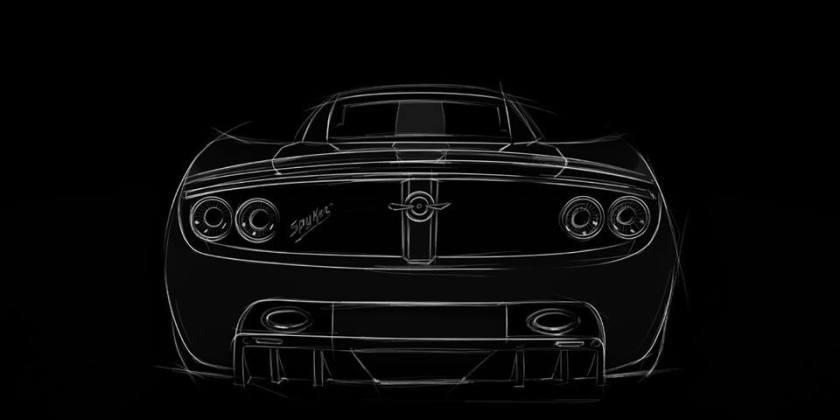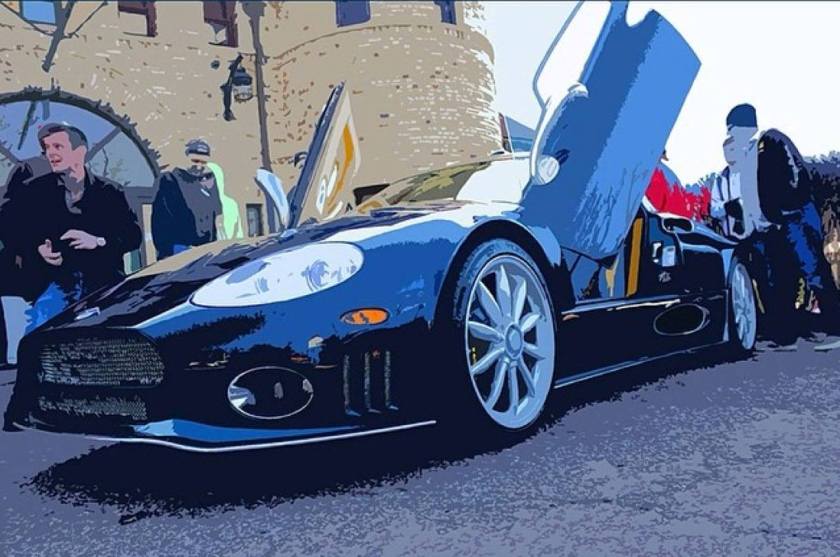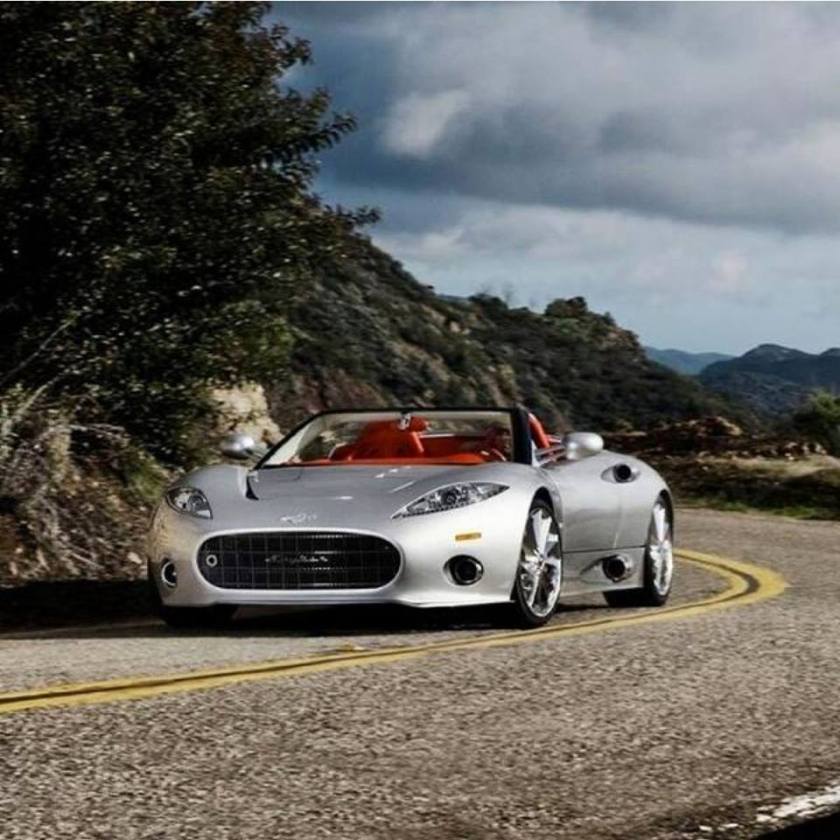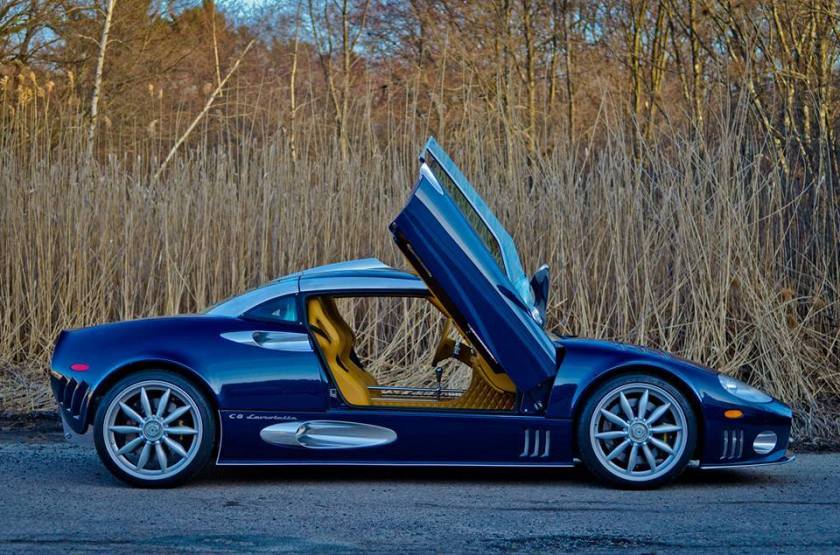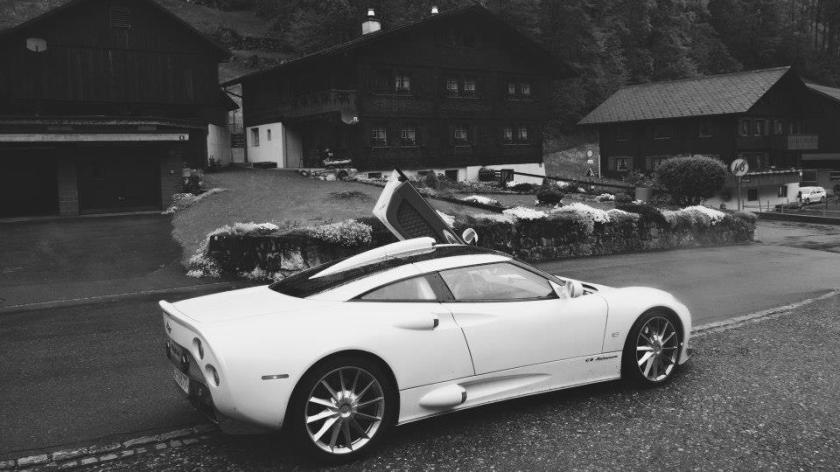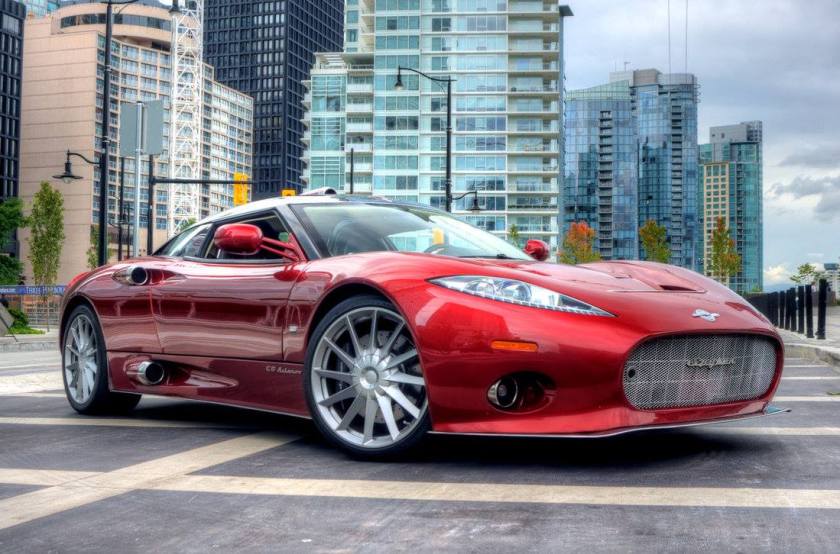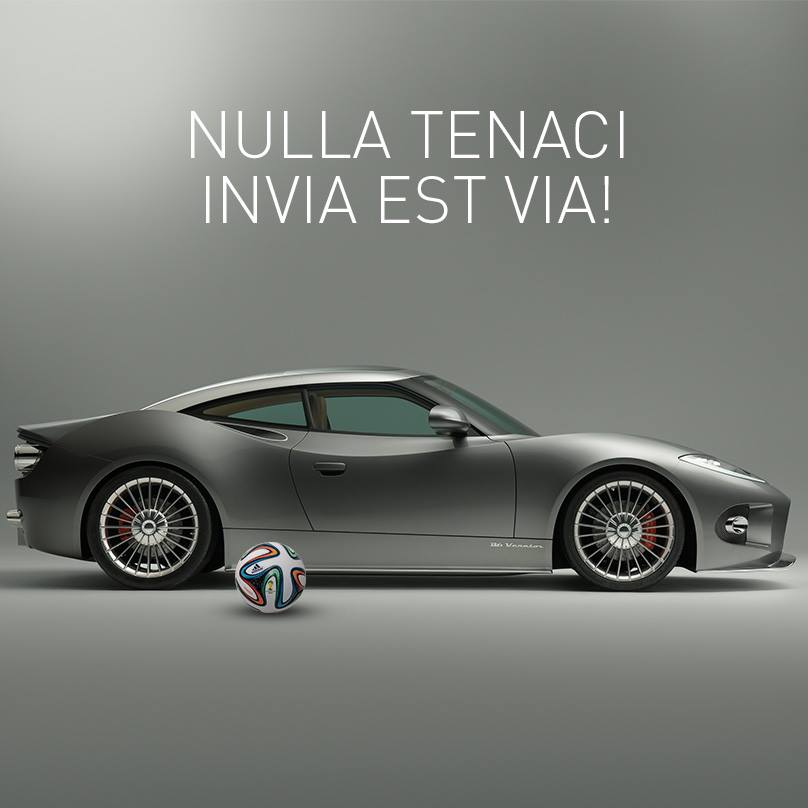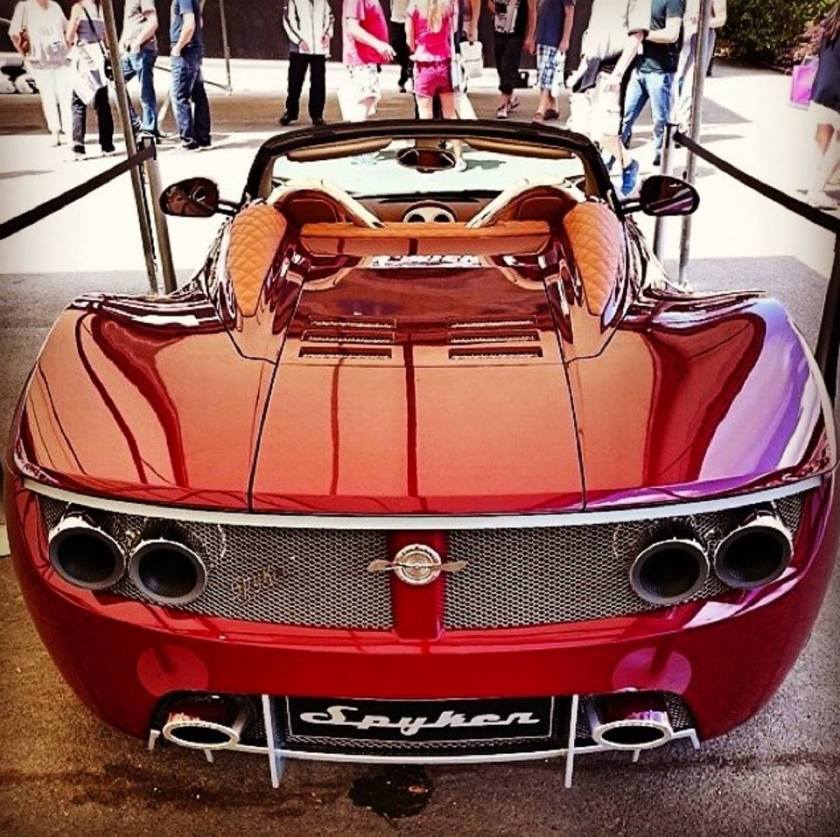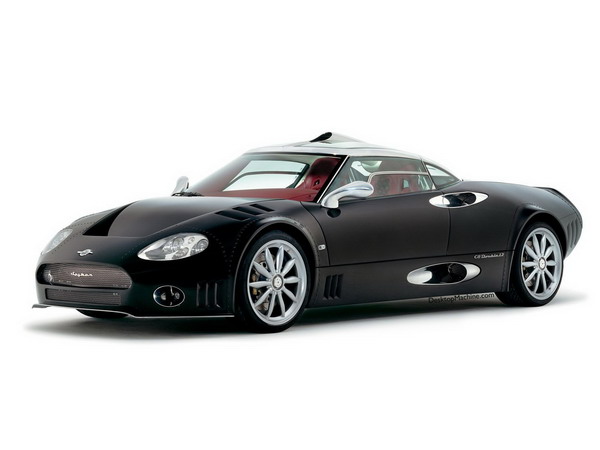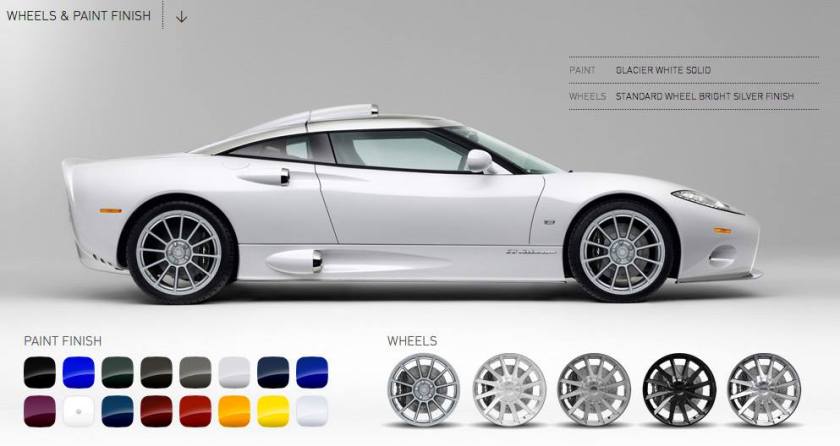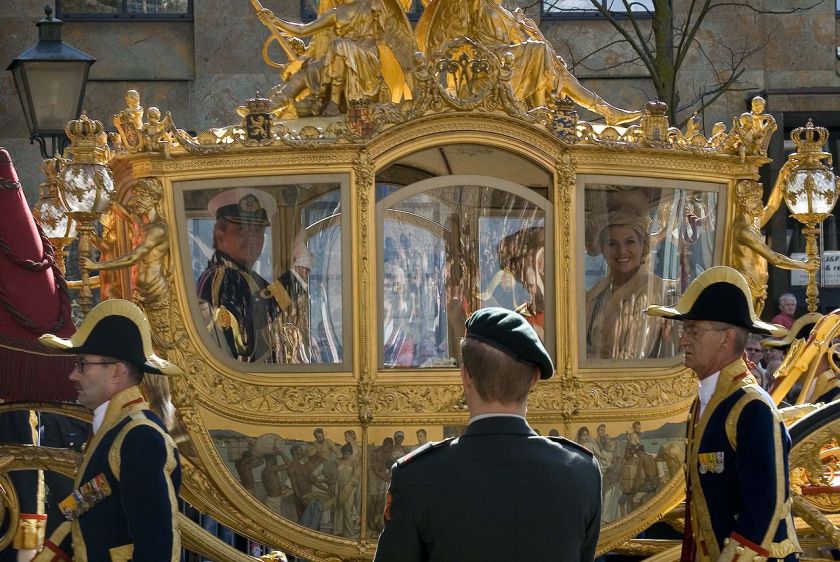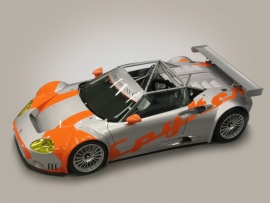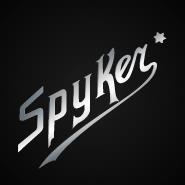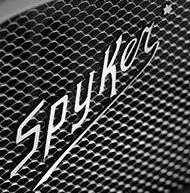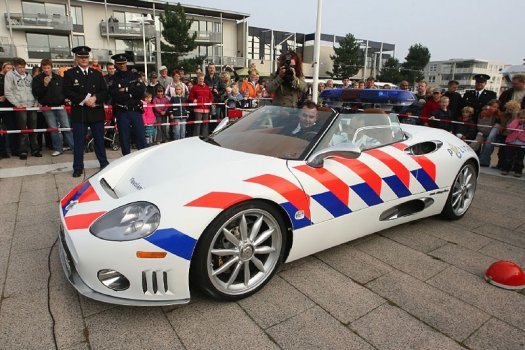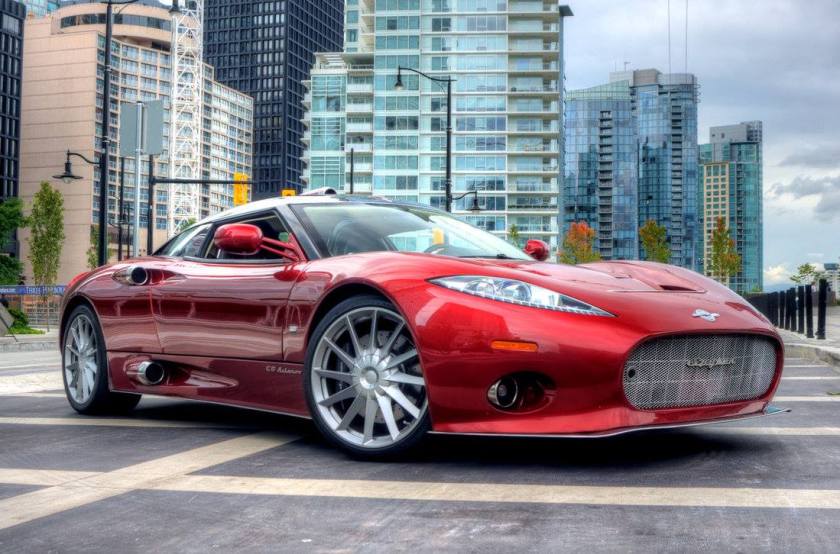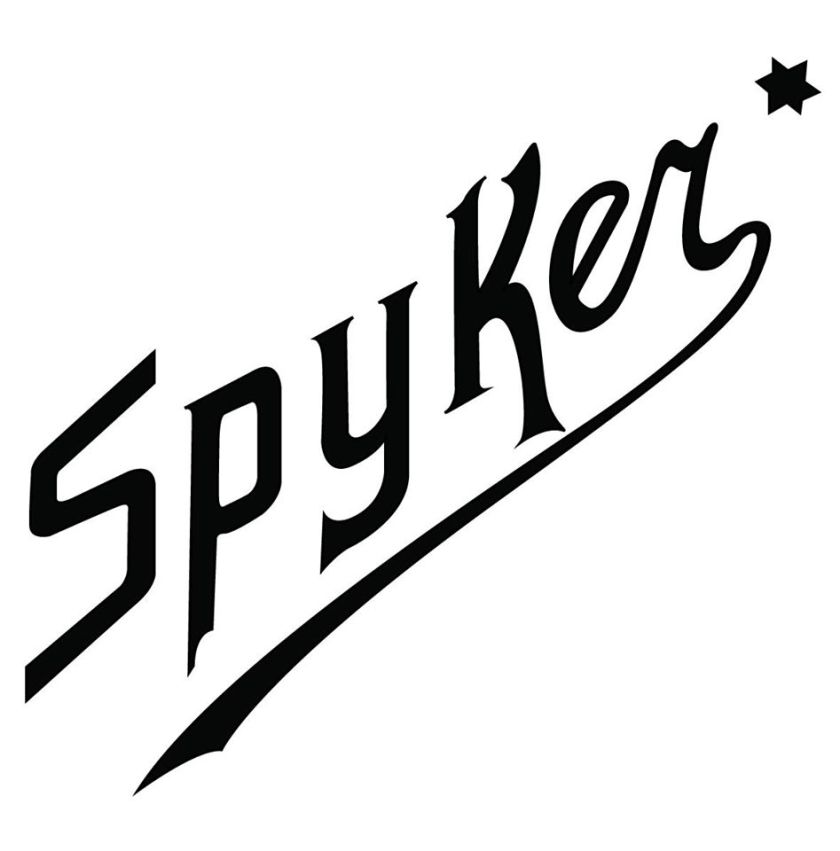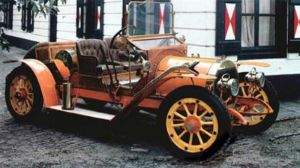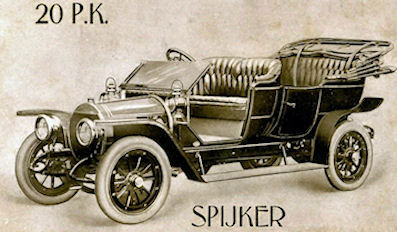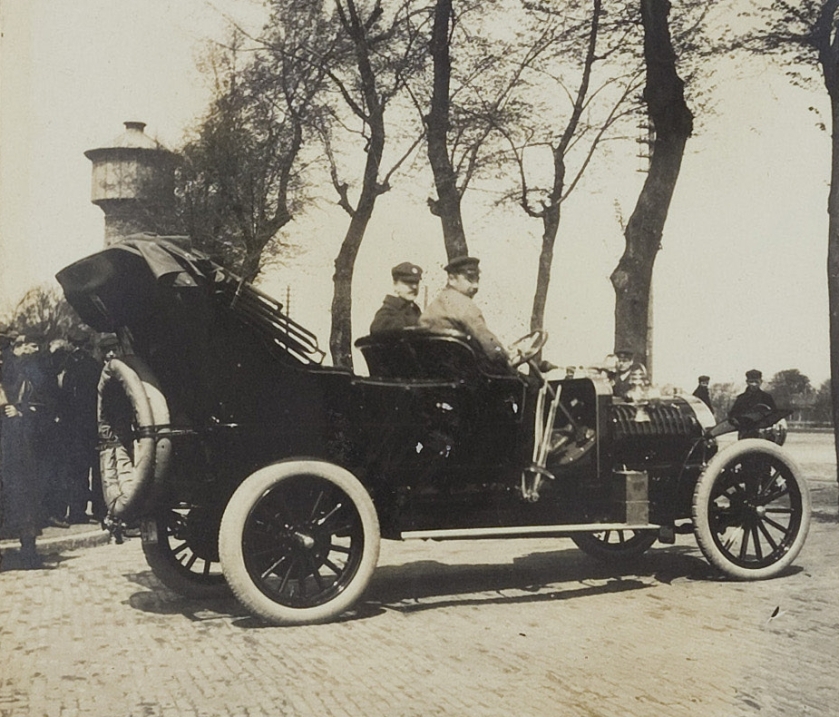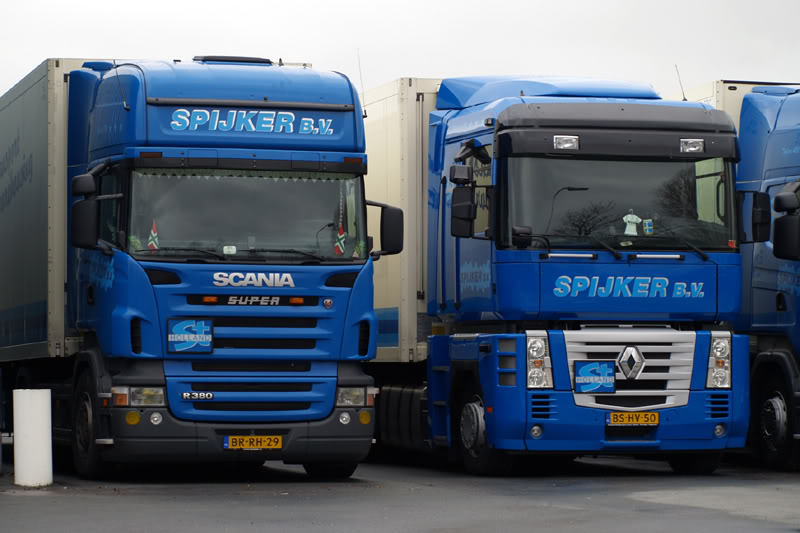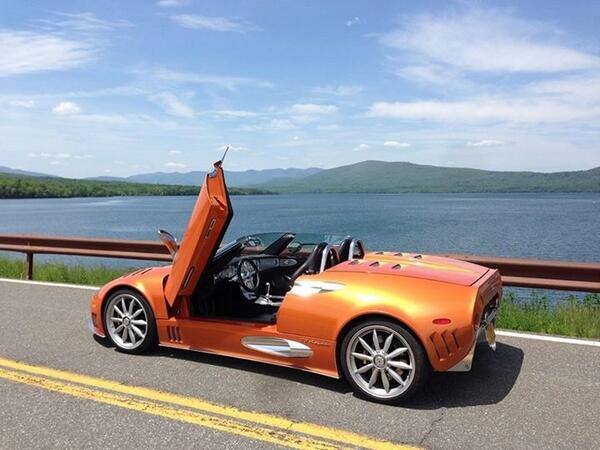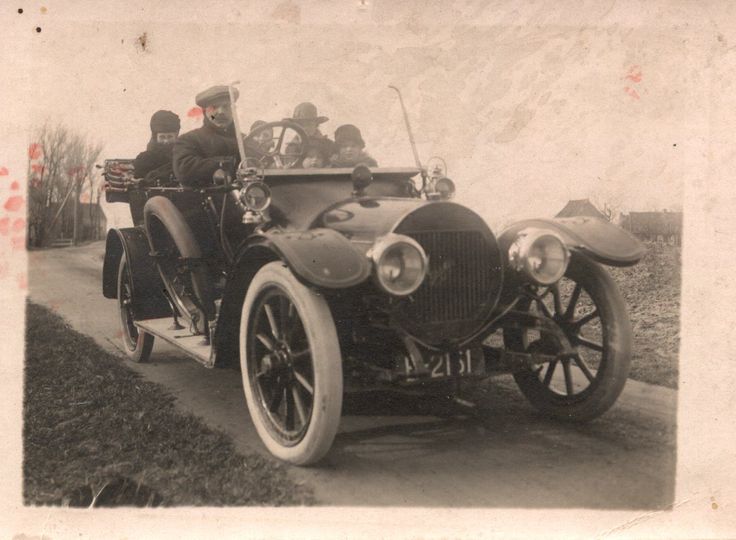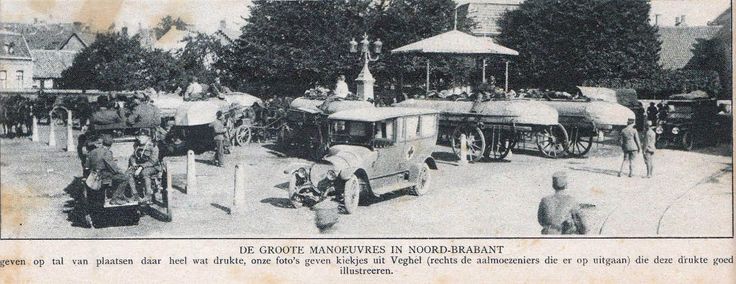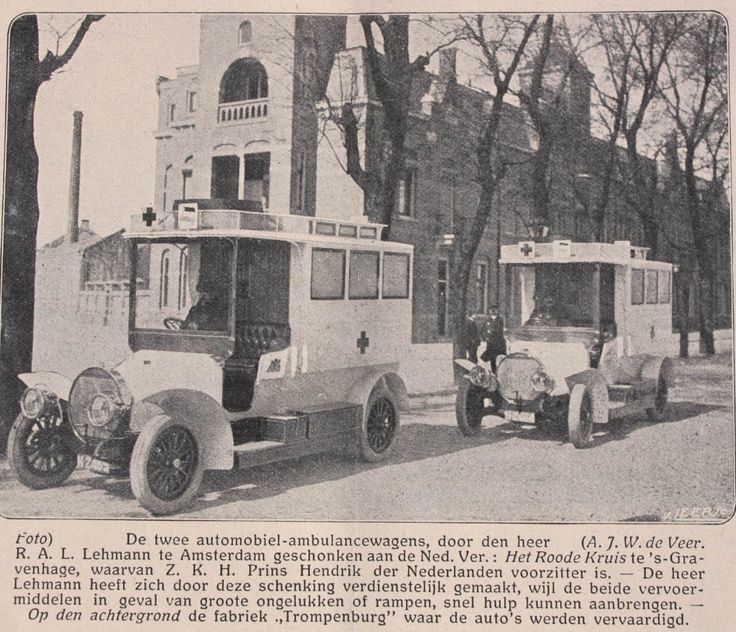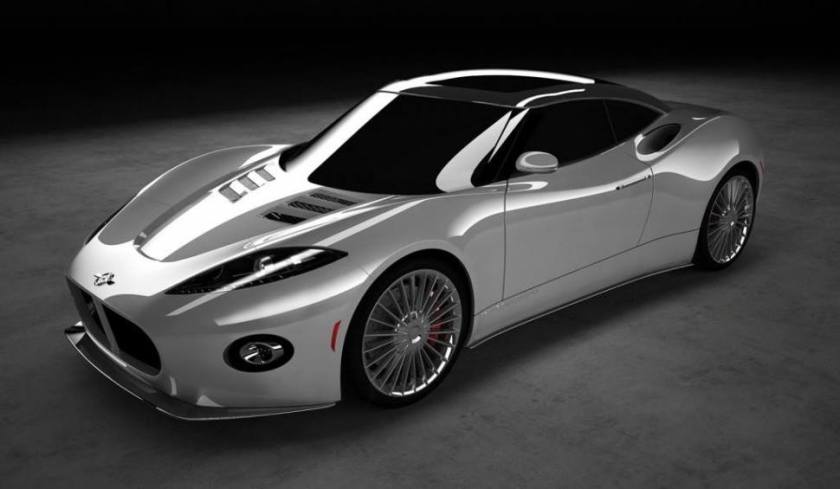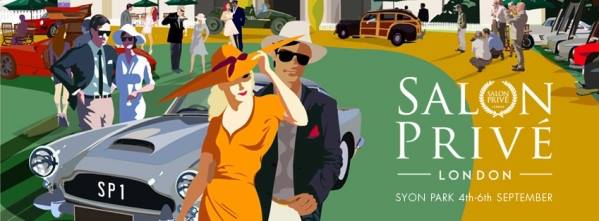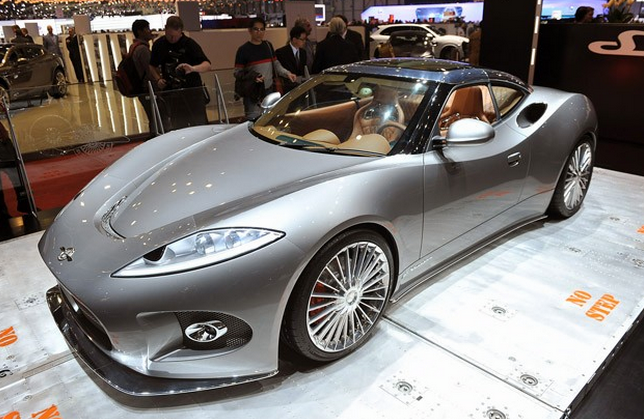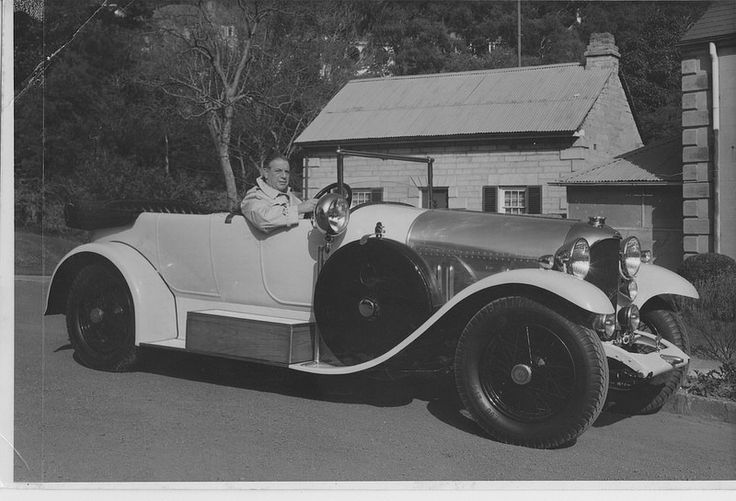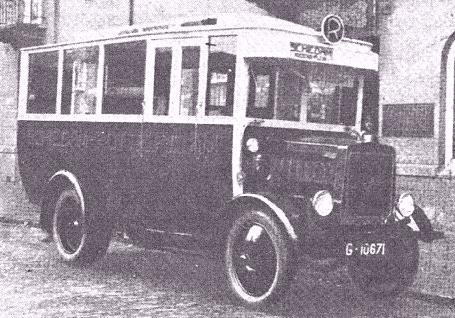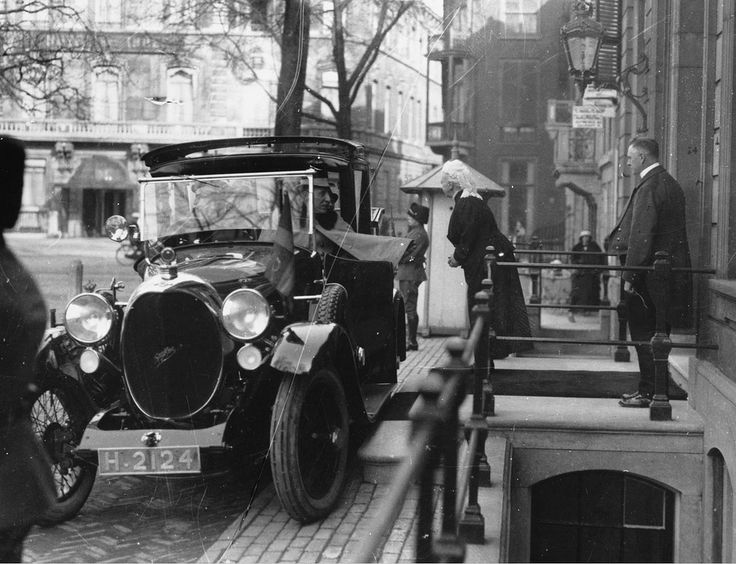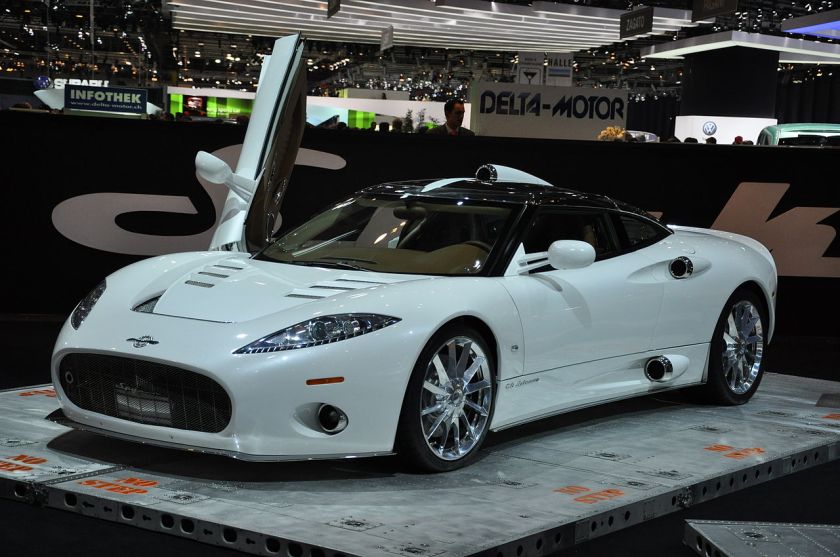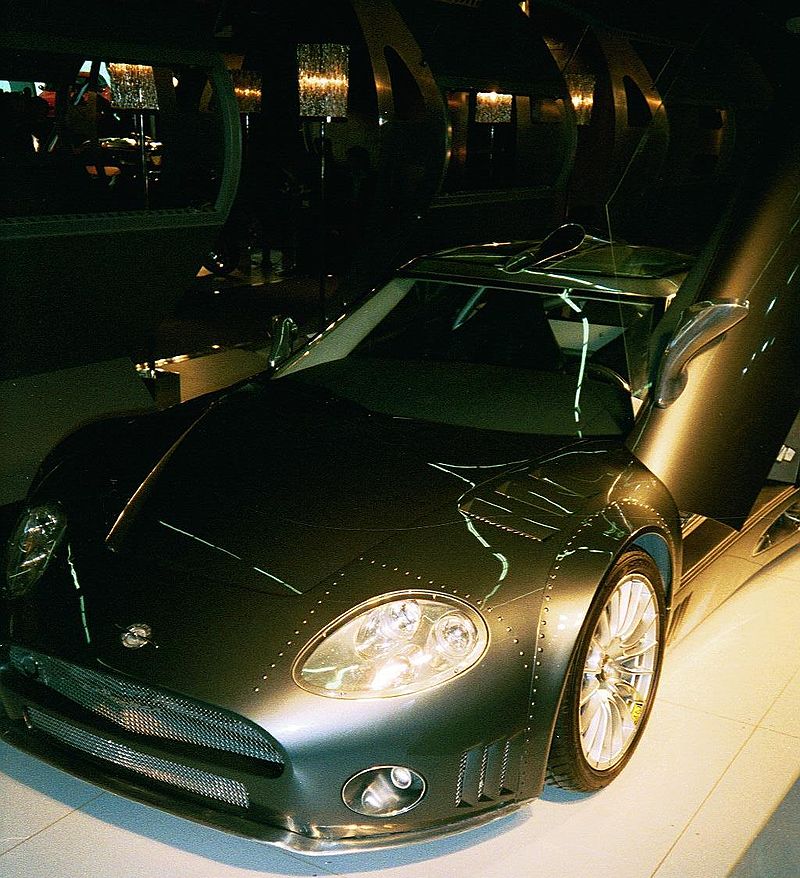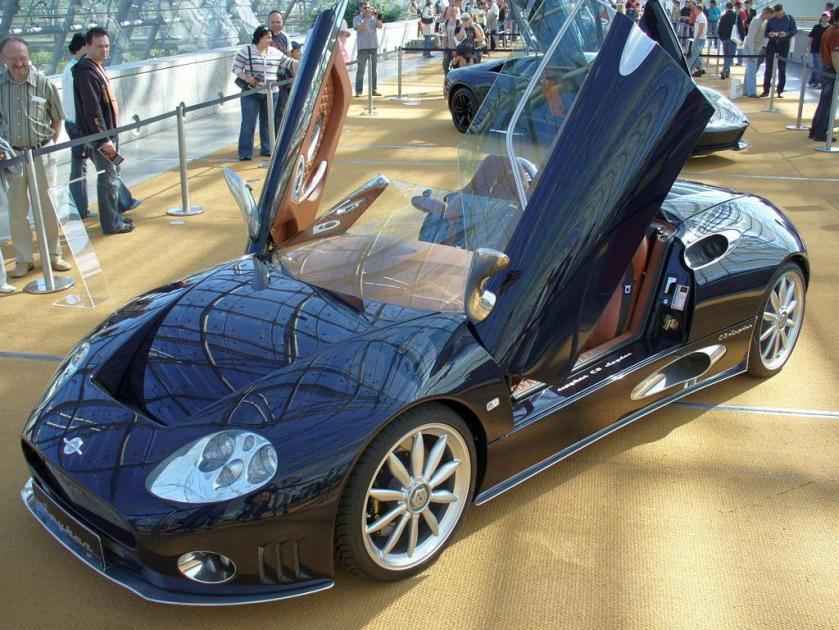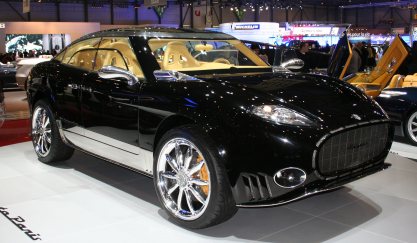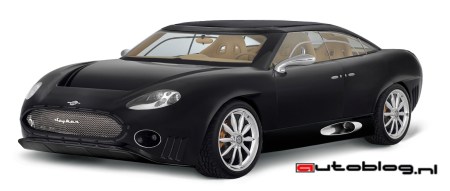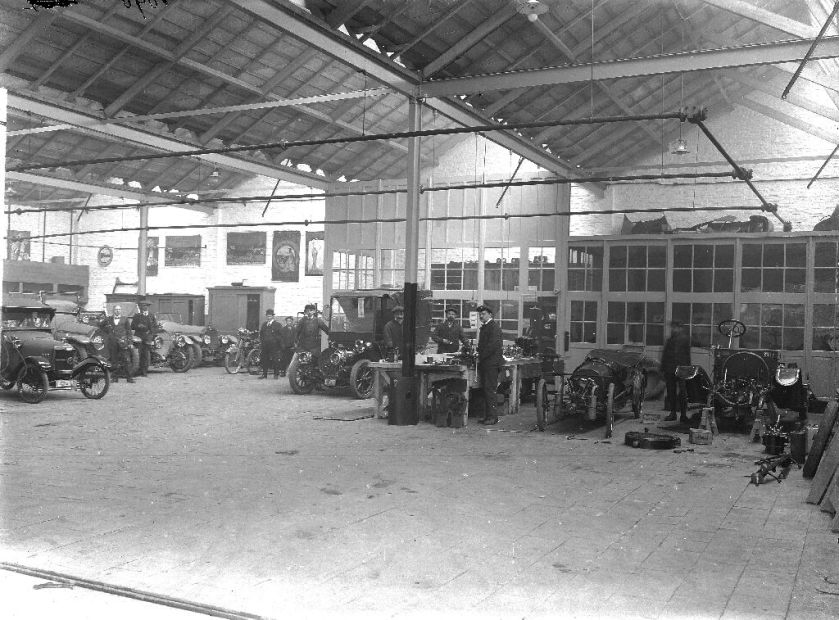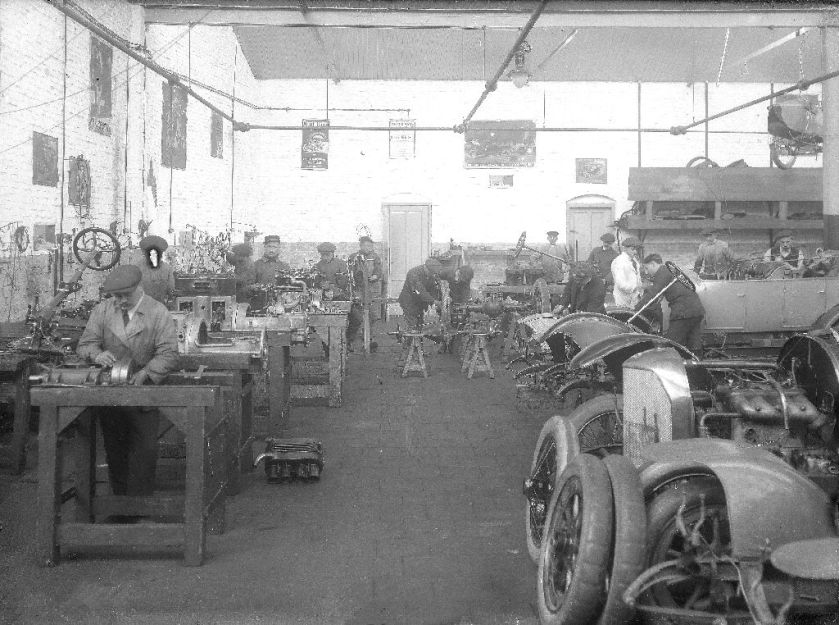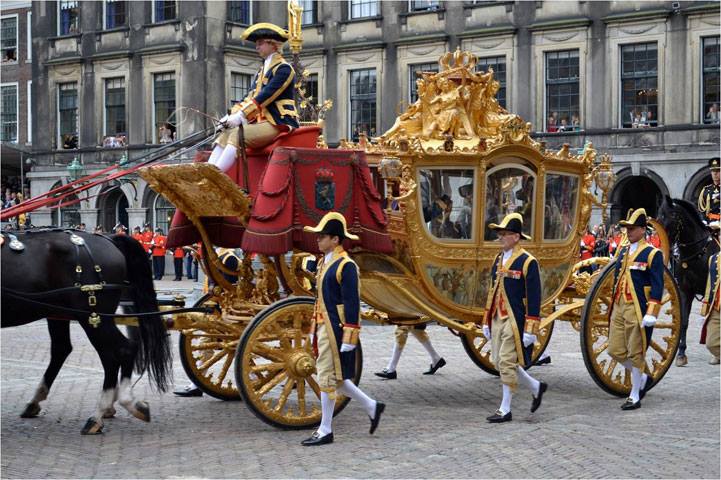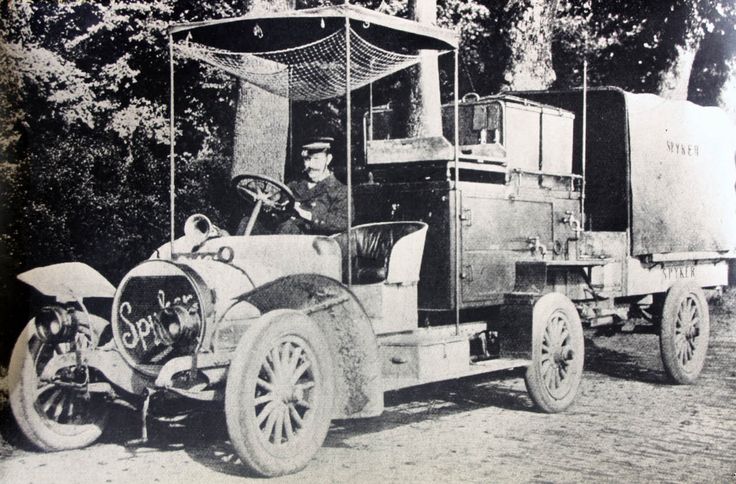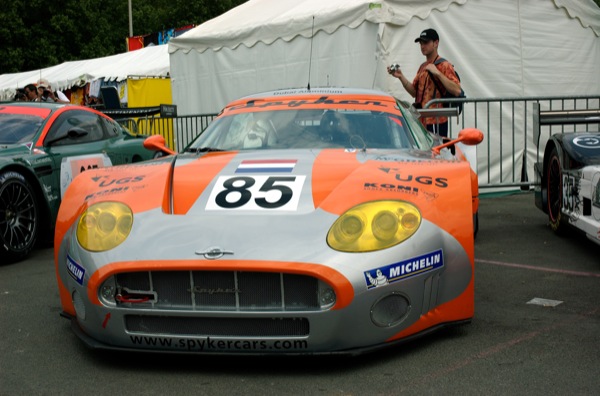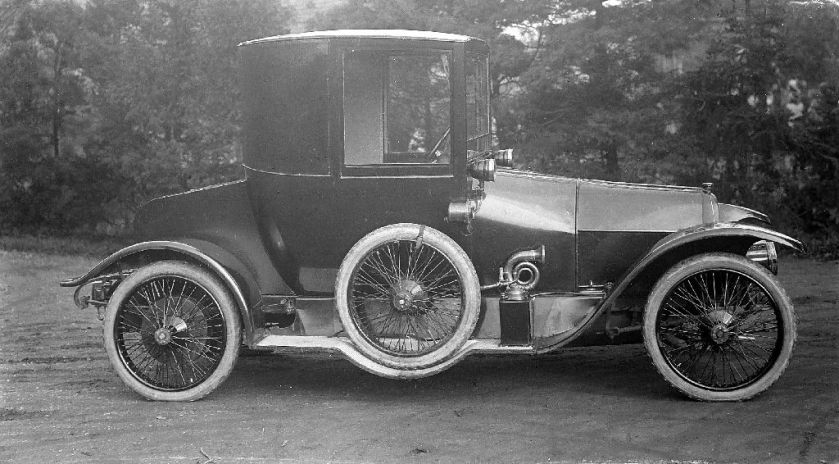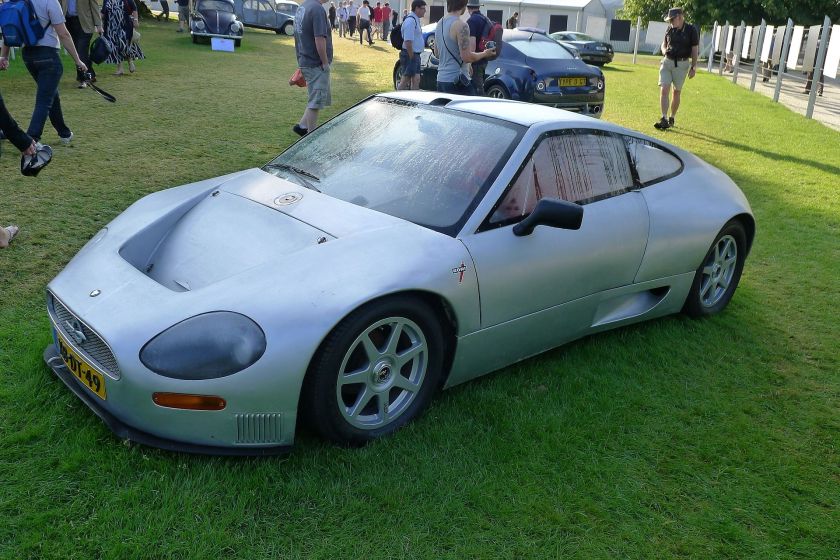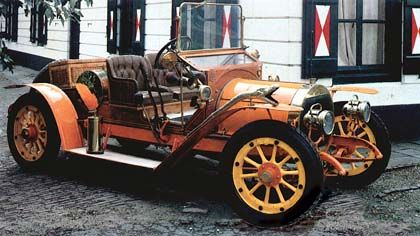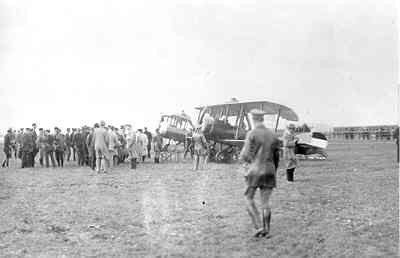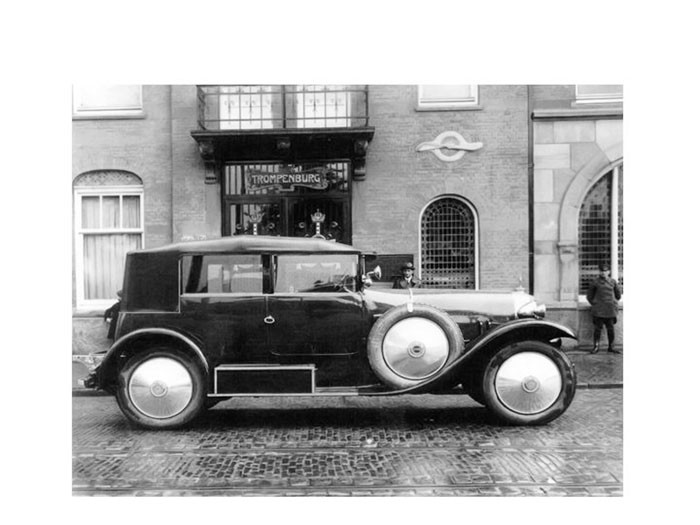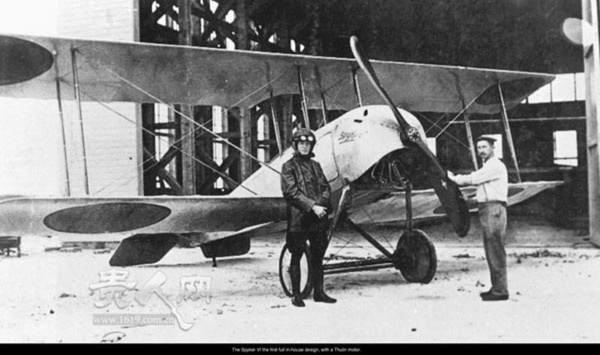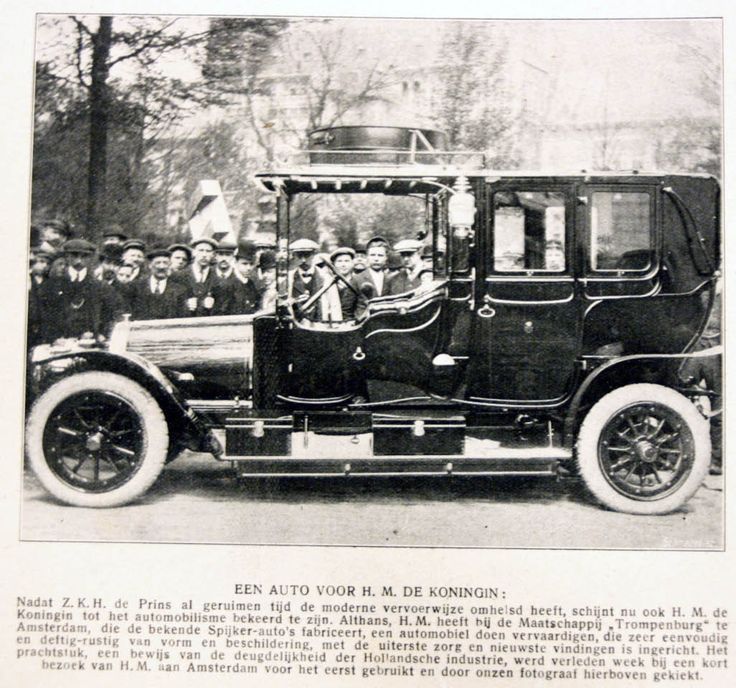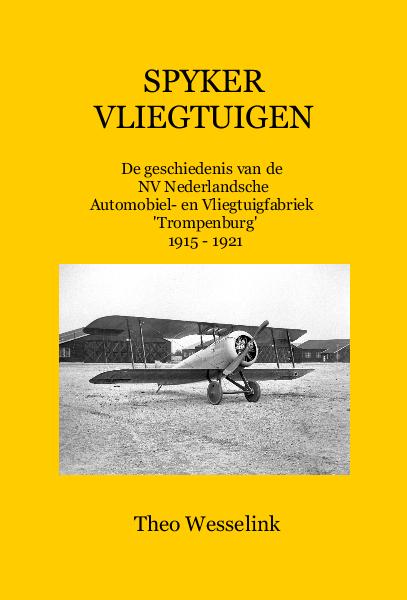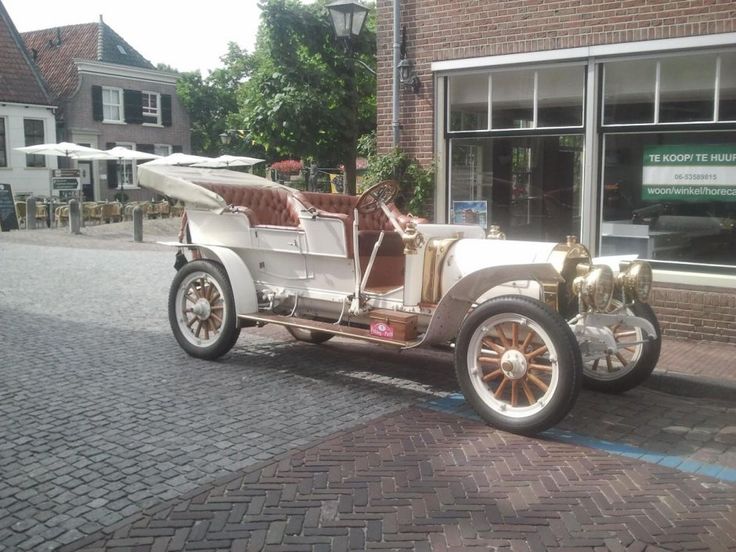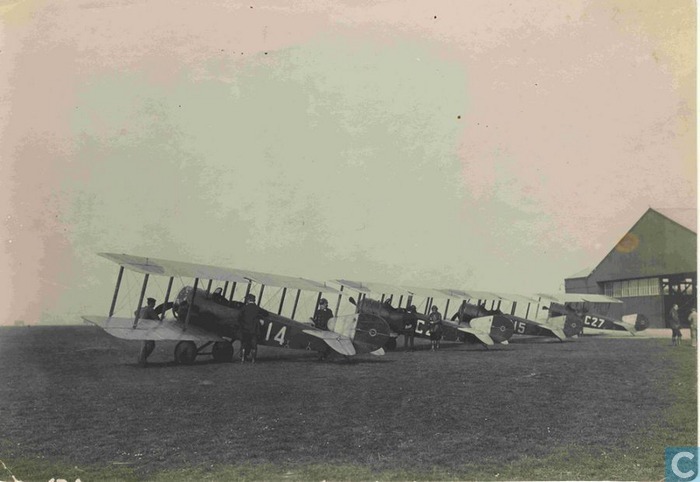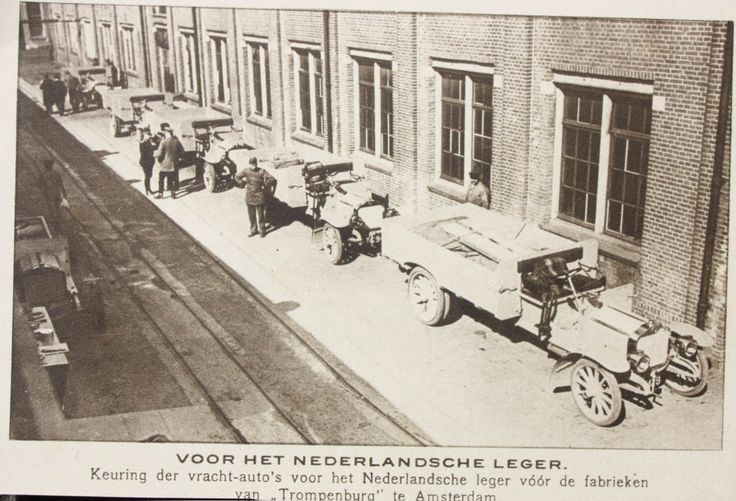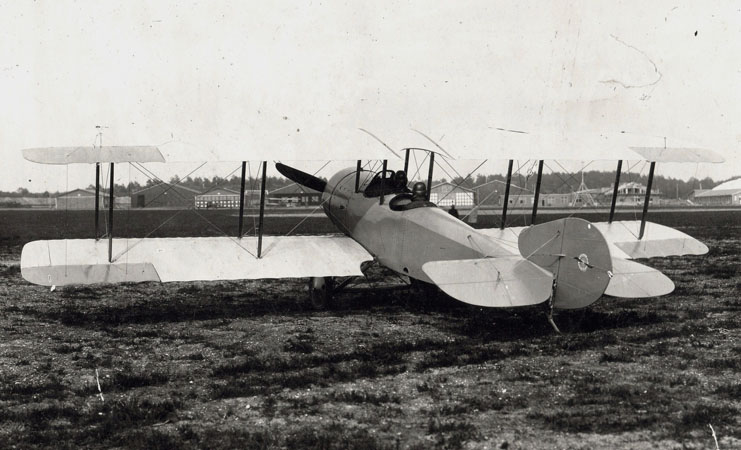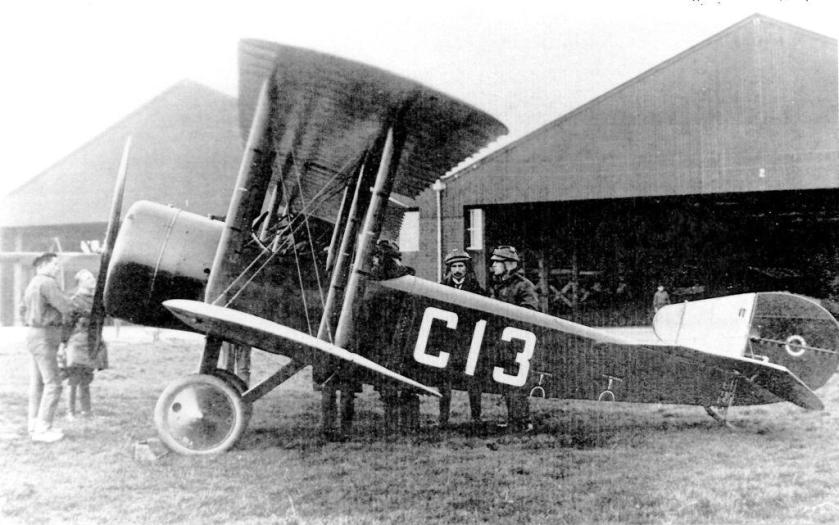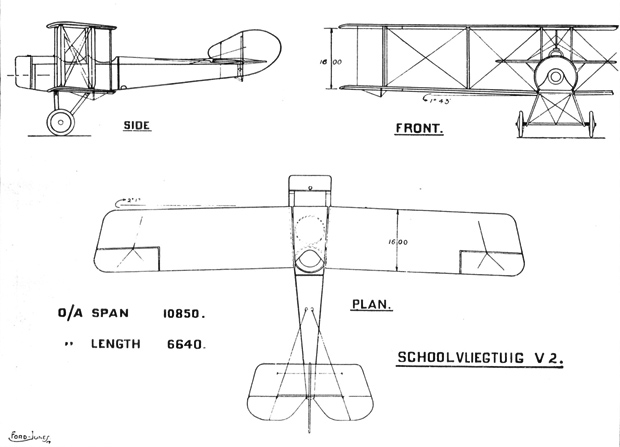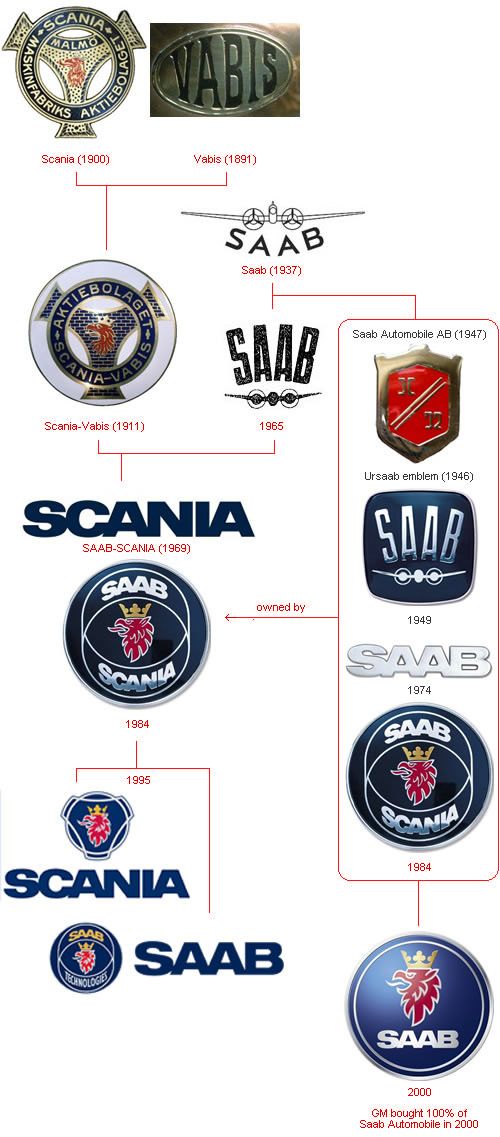
This article is about the car manufacturer. For the aerospace and defence company, see Saab AB. For other uses, see Saab.
 |
|
| Division | |
| Industry | Automotive |
| Successor | NEVS |
| Founded | 1945 |
| Founder | Saab AB |
| Defunct | 2012 |
| Headquarters | Trollhättan, Sweden |
|
Area served
|
Worldwide |
| Products | Automobiles |
| Parent | Saab AB (1945–1968) Saab-Scania (1968–1990) General Motors (1990–2010) Spyker N.V. (2010–2012) |
| Website | saabcars.com |
Saab Automobile AB (/ˈsɑːb/) was a manufacturer of automobiles that was founded in Sweden in 1945 when its parent company, SAAB AB, began a project to design a small automobile. The first production model, the Saab 92, was launched in 1949. In 1968 the parent company merged with Scania-Vabis, and ten years later the Saab 900 was launched, in time becoming Saab’s best-selling model. In the mid-1980s the new Saab 9000 model also appeared.
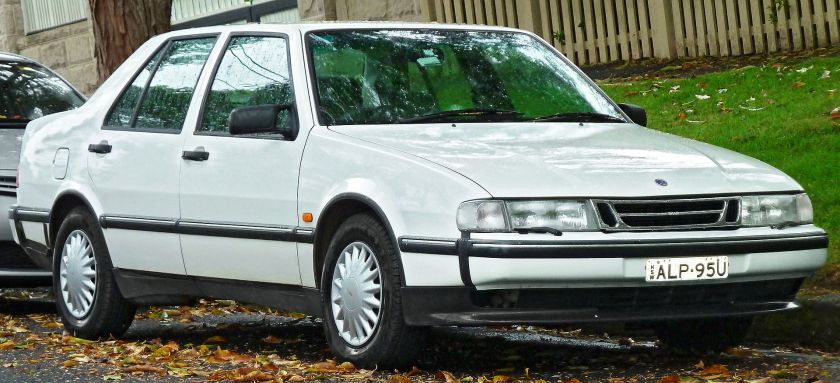 1994–1997 Saab 9000 2,3t CD sedan
1994–1997 Saab 9000 2,3t CD sedan
In 1989, the automobile division of Saab-Scania was restructured into an independent company, Saab Automobile AB. The American manufacturer General Motors (GM) took 50 percent ownership with an investment of US$600 million. Two well-known models to come out of this period were the Saab 9-3 and the Saab 9-5. Then in 2000, GM exercised its option to acquire the remaining 50 percent for a further US$125 million; so turning Saab Automobile into a wholly owned GM subsidiary. In 2010 GM sold Saab Automobile AB to the Dutch automobile manufacturer Spyker Cars N.V.
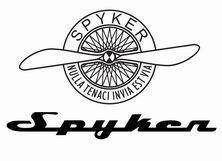
History
Svenska Aeroplan AB (1948–1969)
Saab AB, “Svenska Aeroplan Aktiebolaget” (Swedish for “Swedish aeroplane corporation”), a Swedish aerospace and defence company, was created in 1937 in Linköping. The company had been established in 1937 for the express purpose of building aircraft for the Swedish Air Force to protect the country’s neutrality as Europe moved closer to World War II. As the war drew to a close and the market for fighter planes seemed to weaken, the company began looking for new markets in which to diversify.
An automobile design project was started in 1945 with the internal name “X9248”. The design project became formally known as “Project 92”; the 92 being next in production sequence after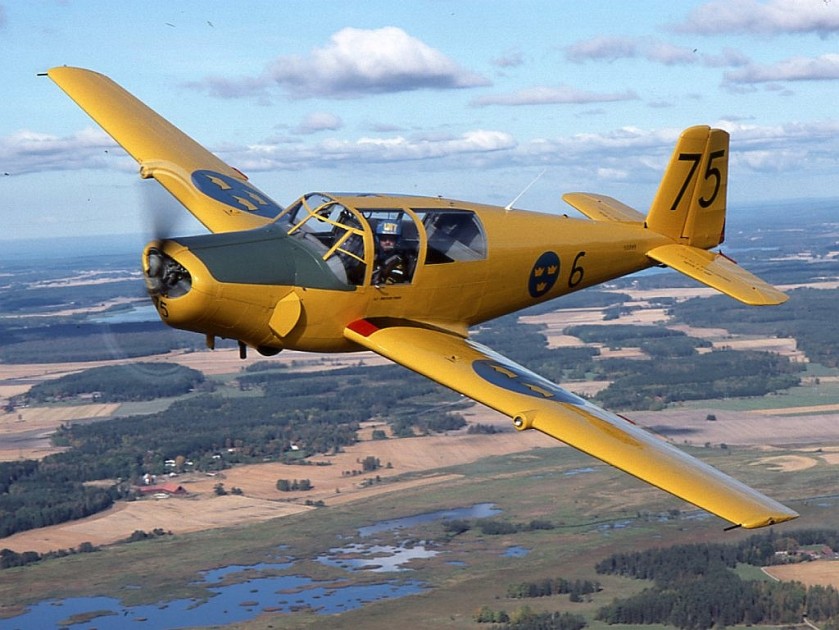 Saab 91C 01 Swedish Air Force
Saab 91C 01 Swedish Air Force
the Saab 91, a single engine trainer aircraft. In 1948, a company site in Trollhättan was converted to allow automobile assembly and the project moved there, along with the car manufacturing headquarters, which has remained there since. The company made four prototypes named “Ursaab” or “original Saab”, numbered 92001 through to 92004, before designing the production model,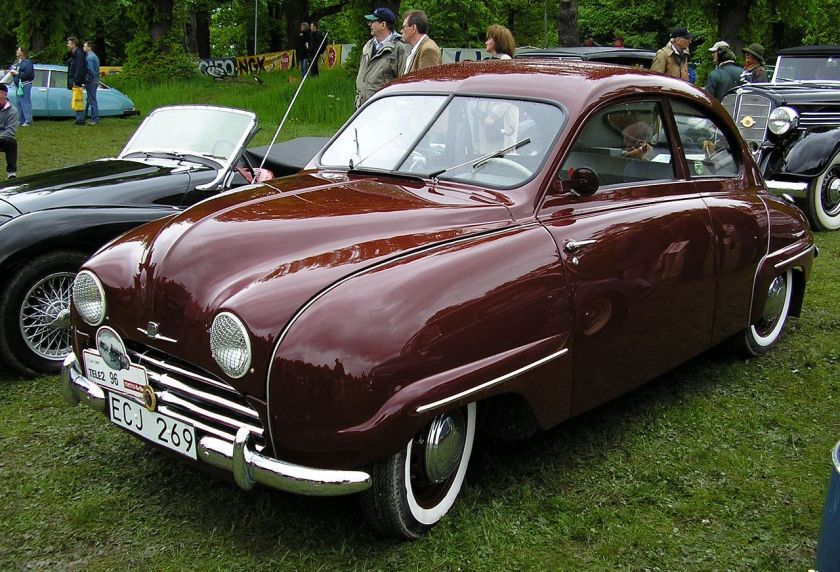 1955 Saab 92B
1955 Saab 92B
the Saab 92, in 1949. The Saab 92 went into production in December 1949, selling 20,000 cars through the mid-1950s. The 92 was thoroughly redesigned and re-engineered in 1955, and was renamed the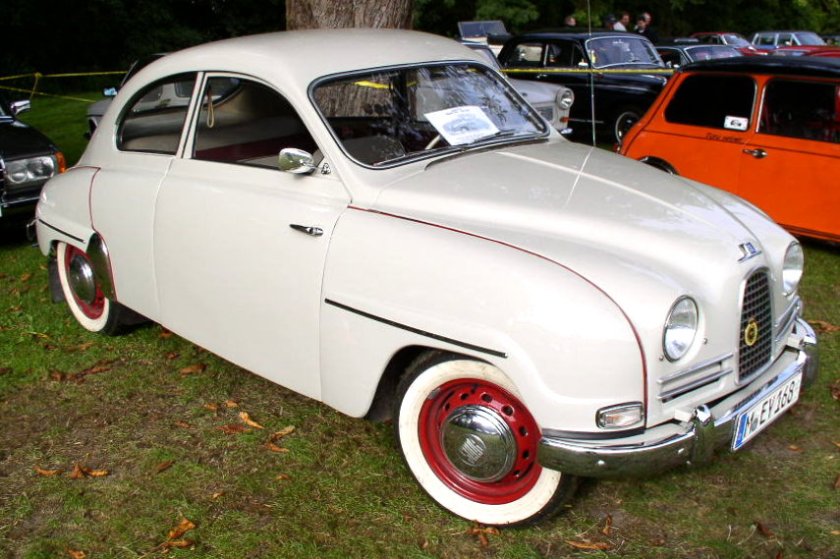 “Saab 93“. The car’s engine gained a cylinder, going from two to three and its front fascia became the first to sport the first incarnation of Saab’s trademark trapezoidal radiator grill. A wagon variant,
“Saab 93“. The car’s engine gained a cylinder, going from two to three and its front fascia became the first to sport the first incarnation of Saab’s trademark trapezoidal radiator grill. A wagon variant,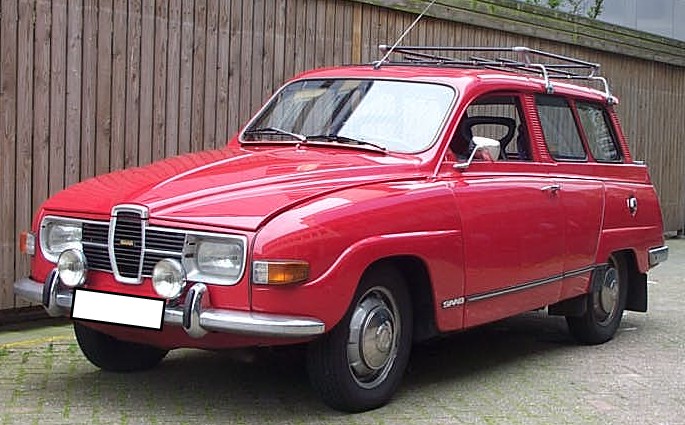 1974 Saab 95 V4
1974 Saab 95 V4
the Saab 95, was added in 1959. The decade also saw Saab’s first performance car,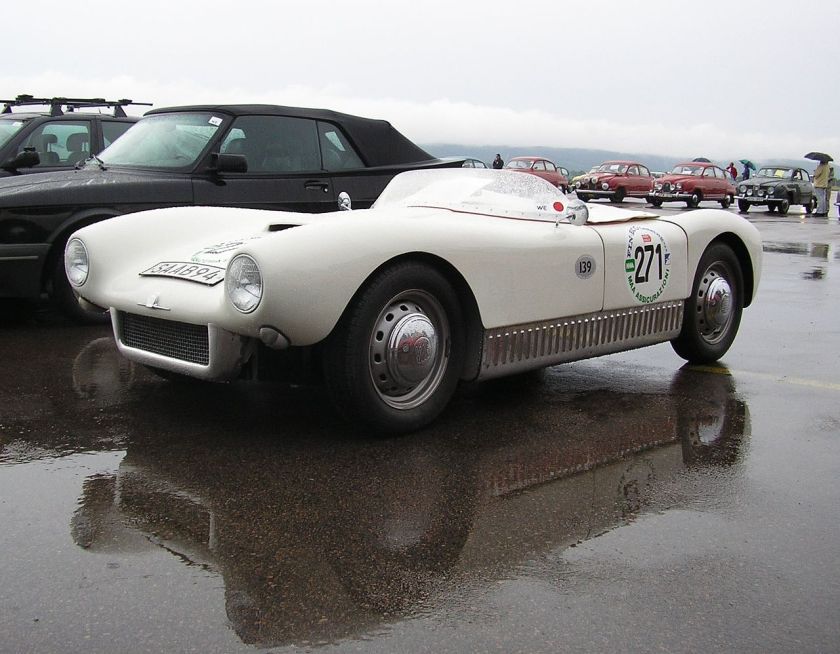 the Saab 94, (this is the prototype) the first of the Saab Sonetts.
the Saab 94, (this is the prototype) the first of the Saab Sonetts.
1960 saw the third major revision to the 92’s platform in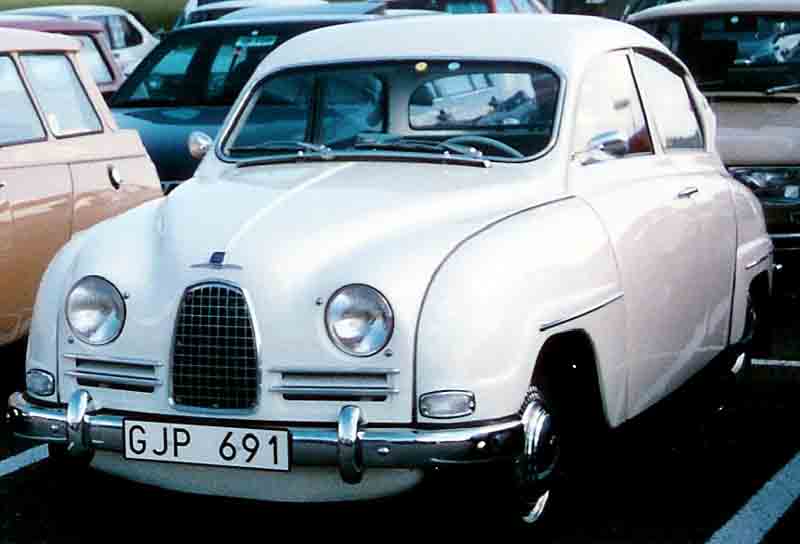 1961 SAAB 96
1961 SAAB 96
the Saab 96. The 96 was an important model for Saab: it was the first Saab to be widely exported out of Sweden. The unusual vehicle proved very popular, selling nearly 550,000 examples. Unlike American cars of the day, the 93, 95 and 96 all featured the 3-cylinder 2-cycle engine, which required adding oil to the gasoline tank, front-wheel drive, and freewheeling, which allowed the driver to downshift the on-the-column manual shifter without using the clutch. Front seat shoulder belts were also an early feature.
Even more important to the company’s fortunes was 1968’s Saab 99. The 99 was the first all-new Saab in 19 years, and unlike its predecessors, severed all ties with the 92. The 99 had many innovations and features that would come to define Saabs for decades: wraparound windscreen, self-repairing bumpers, headlamp washers and side-impact door beams. The design by Sixten Sason was no less revolutionary than the underlying technology, and elements like the Saab hockey stick profile graphic continue to influence Saab design.
Saab-Scania (1969–1989)
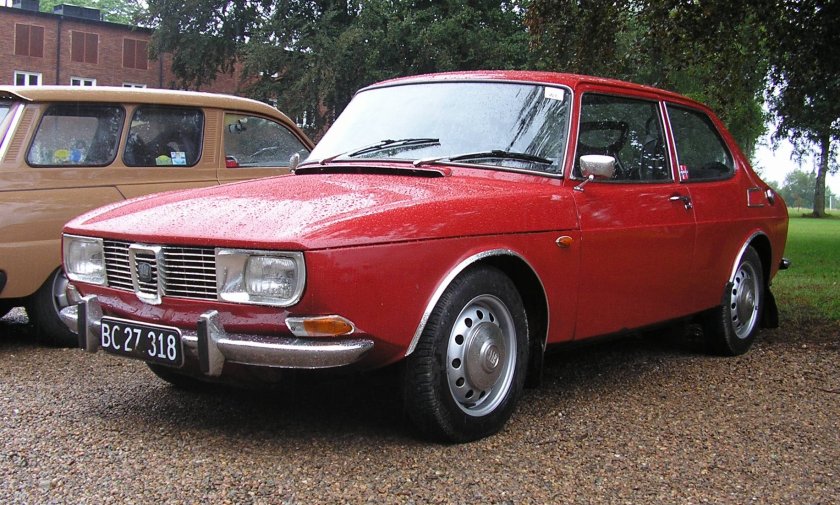 The Saab 99 was launched in 1969 as an all-new design.
The Saab 99 was launched in 1969 as an all-new design.
The 99 range was expanded in 1973 with the addition of a combi coupe model, a body style which became synonymous with Saab. The millionth Saab was produced in 1976.
Saab entered into an agreement with Fiat in 1978 to sell a rebadged Lancia Delta as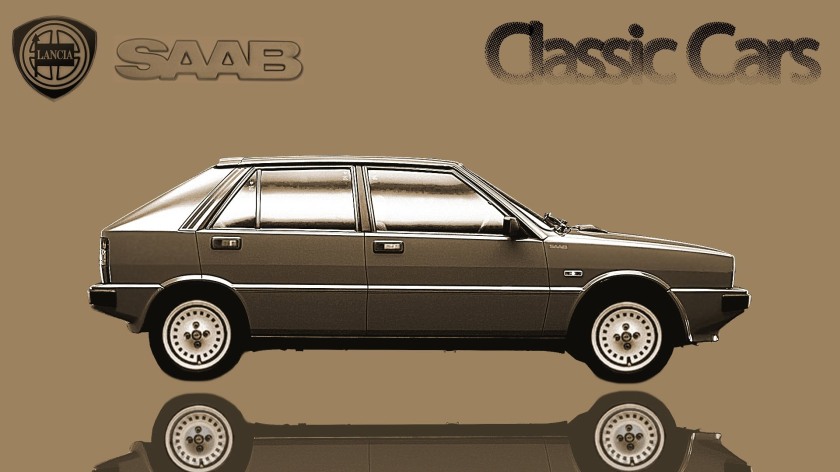 1980 Saab-Lancia 600
1980 Saab-Lancia 600
the Saab 600 and jointly develop a new platform. The agreement yielded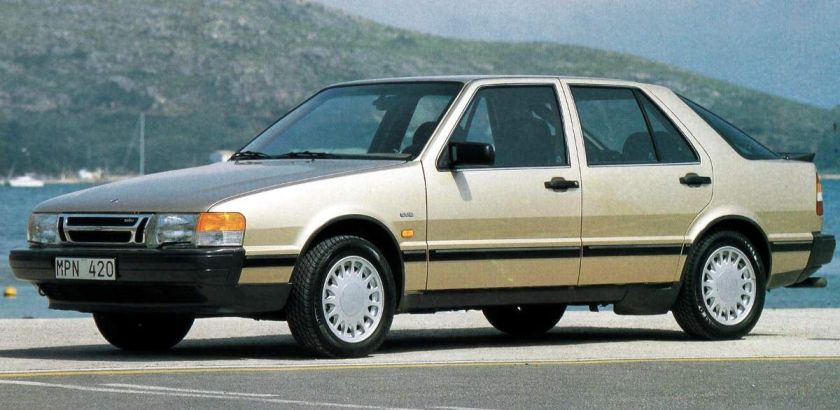 1985’s Saab 9000, sister to the Alfa Romeo 164, Fiat Croma and Lancia Thema; all rode atop a common Type Four chassis. The 9000 was Saab’s first proper luxury car but failed to achieve the planned sales volume.
1985’s Saab 9000, sister to the Alfa Romeo 164, Fiat Croma and Lancia Thema; all rode atop a common Type Four chassis. The 9000 was Saab’s first proper luxury car but failed to achieve the planned sales volume.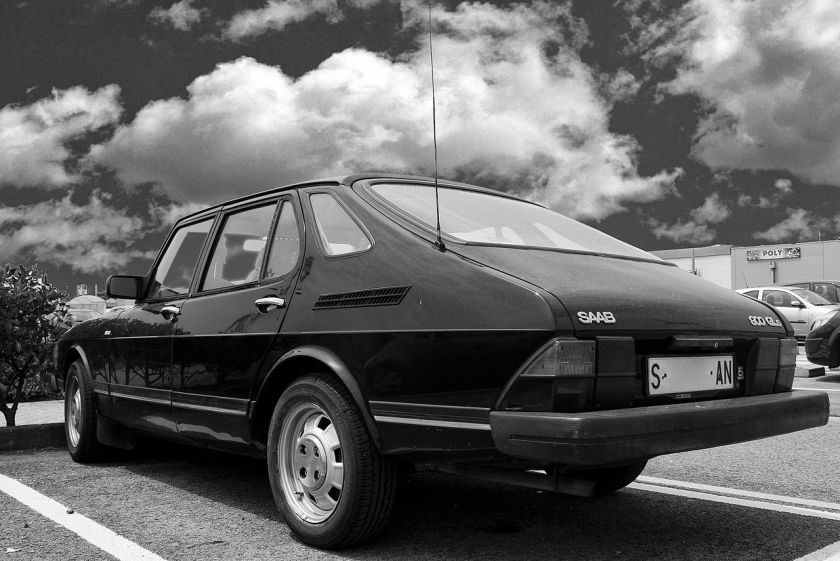 1978 also was the first year for the 99’s replacement: the Saab 900. Nearly one million 900s would be produced, making it Saab’s best-selling and most iconic model. A popular convertible version followed in 1986, all of which were made at the Saab-Valmet factory in Finland, making up nearly 20% of 900 sales. Even today, the “classic 900” retains a cult following.
1978 also was the first year for the 99’s replacement: the Saab 900. Nearly one million 900s would be produced, making it Saab’s best-selling and most iconic model. A popular convertible version followed in 1986, all of which were made at the Saab-Valmet factory in Finland, making up nearly 20% of 900 sales. Even today, the “classic 900” retains a cult following.
General Motors and Investor AB (1989–2000)
In 1989, the Saab car division of Saab-Scania was restructured into an independent company, Saab Automobile AB, headquartered in Sweden; General Motors and Investor AB controlled 50% each. GM’s investment of US$600 million gave it the option to acquire the remaining shares within a decade. General Motors’ involvement spurred the launch of a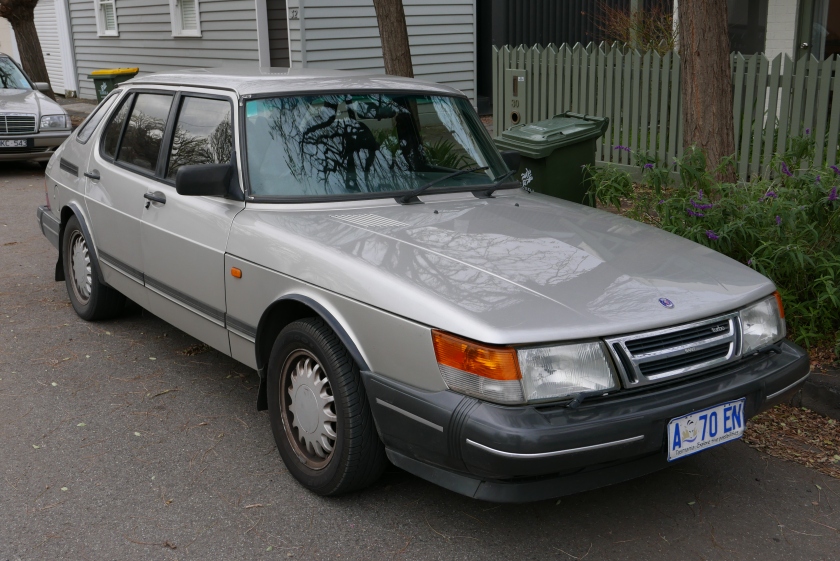 new 900 in 1994. The new car shared a platform with the Opel Vectra. Due in large part to its success, Saab earned a profit in 1995 for the first time in seven years. However, the model never achieved the cult following of the “classic 900” and did not achieve the same reputation for quality.
new 900 in 1994. The new car shared a platform with the Opel Vectra. Due in large part to its success, Saab earned a profit in 1995 for the first time in seven years. However, the model never achieved the cult following of the “classic 900” and did not achieve the same reputation for quality.
1997 marked Saab’s 50th anniversary as an automaker. The company used its jubilee owners’ convention to launch a replacement for the aging 9000: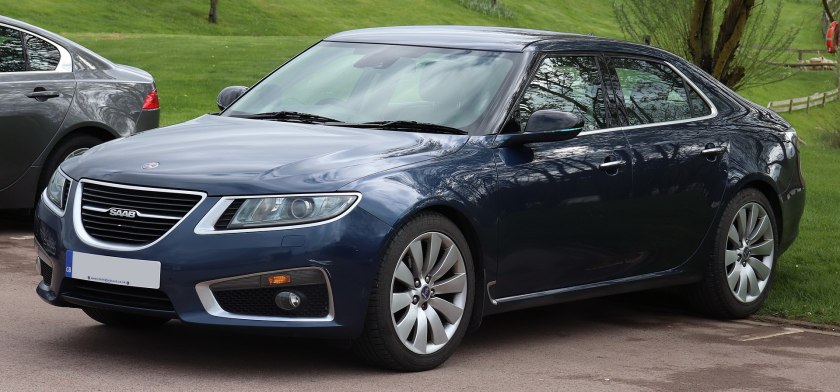 2012 Saab 9-5 Aero Turbo4 Automatic 2.0 Front
2012 Saab 9-5 Aero Turbo4 Automatic 2.0 Front
the Saab 9-5. The 900 received a facelift and renaming complementary to its new larger sibling: it would now be called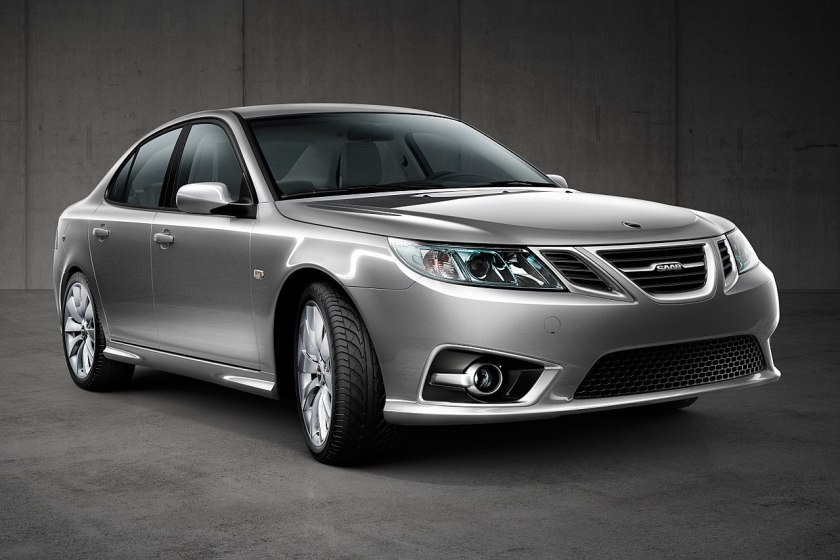 Saab 9-3 Aero Sedan MY14
Saab 9-3 Aero Sedan MY14
the Saab 9-3. The 9-5 was the first Saab without a combi coupé body style option in 20 years. Filling that space was a wagon variant, introduced in 1999.
General Motors (2000–2010)
GM exercised its option to acquire the remaining Saab shares in 2000, spending US$125 million to turn the company into a wholly owned subsidiary.
The new close relationship yielded its first product in 2003’s all-new 9-3. The new model, marketed as a sport sedan, dropped Saab’s iconic hatchback in favour of a more conventional four-door approach. The model shared a co-developed platform (GM’s “global Epsilon 1 platform”) and some other components with the Opel Vectra again, but the relationship was much more of a joint engineering effort than before.
Under GM’s direction,
 the badge-engineered (2005) Saab 9-2X (based on the Subaru Impreza)
the badge-engineered (2005) Saab 9-2X (based on the Subaru Impreza)
and (based on the Chevrolet Trailblazer) were introduced in the American market in 2005 with the hope of increasing sales. Both models were a critical and commercial failure and were cancelled a few years after production began. GM also delayed the 9-3 wagon by three years, shelved a hatchback derivative of the 9-3 sedan, stalled plans for all-wheel-drive capabilities in Saab models until 2008, cancelled a 9–5 replacement in 2005, and announced a planned shift of production away from Saab’s historic home in Trollhättan to Opel‘s factory in Rüsselsheim.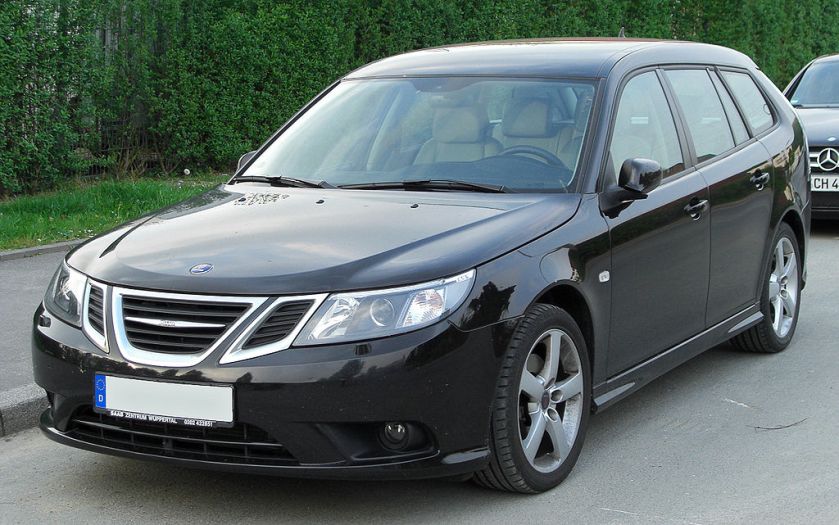 Saab 9-3 sport combi
Saab 9-3 sport combi
As the talks progressed, GM’s support receded, and Saab went into administration, the Swedish equivalent of America’s Chapter 11 bankruptcy. Saab’s managing director Jan-Åke Jonsson said that this was “the best way to create a truly independent entity that is ready for investment”. For its part, the Swedish government was reluctant to become involved, with Maud Olofsson, industry minister, stating: “The Swedish state and taxpayers in Sweden will not own car factories. Sometimes you get the impression that this is a small, small company but it is the world’s biggest automaker so we have a right to make demands.”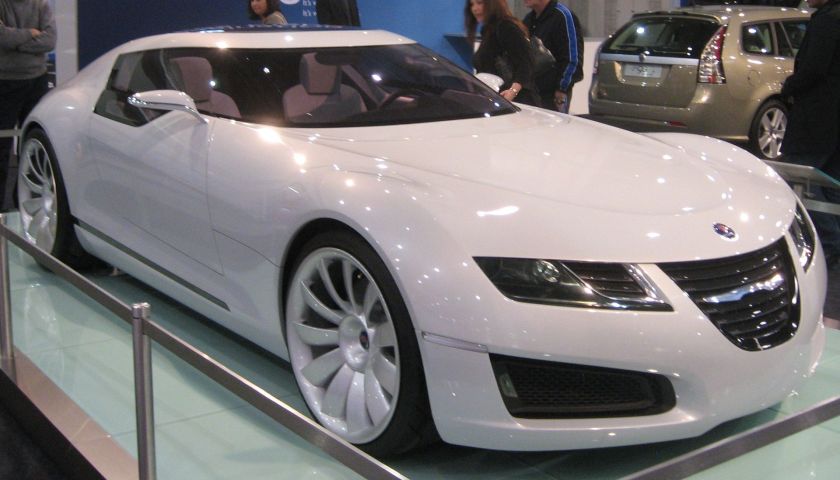 Saab Aero-X
Saab Aero-X
It was announced on 14 December 2009, that the Chinese automaker would acquire the intellectual property rights and production equipment for the previous generation Saab 9-3 and Saab 9-5 in a deal worth about US$197 million, which was enough for the company to run for three months. BAIC expressed its intention to create a new brand around the purchased technology and admitted to the purchase of “three overall vehicle platforms, two engine technologies and two transmission systems.”
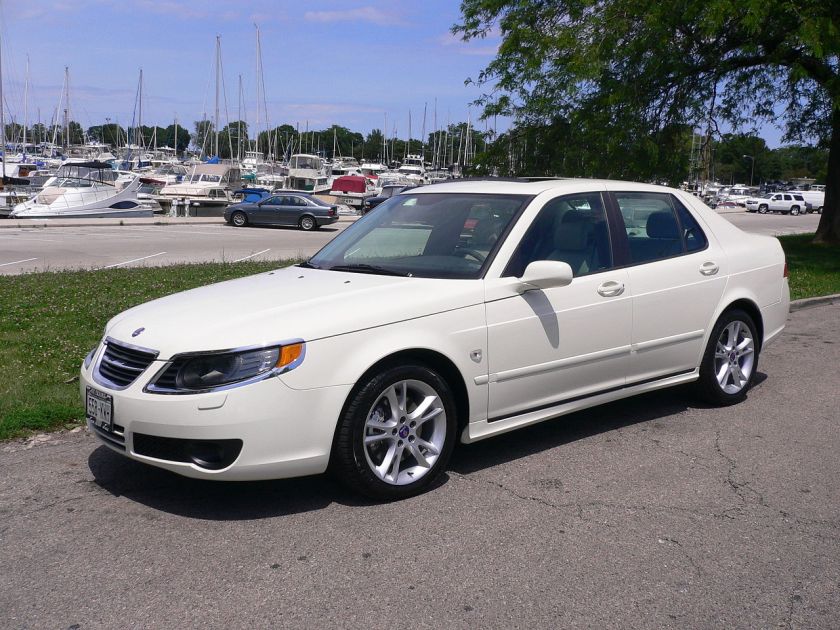 2007 Saab 9-5 Polar White – Front sec.gen
2007 Saab 9-5 Polar White – Front sec.gen
Second generation Saab 9-5
Following the collapse of talks with Koenigsegg, GM announced that the brand would be eliminated in 2010 if it failed to secure a buyer before the close of 2009. As talks with several firms failed, including the Netherlands-based boutique supercar maker Spyker, GM formally announced its intention to wind down the Saab brand.
Undeterred, a new offer round materialized. Earlier bidders Spyker and Merbanco revised their offers and were joined by a submission from Luxembourg-based Genii Capital, which boasted the support of F1 chief Bernie Ecclestone. GM continued accepting bids until a self-imposed deadline of January 7, 2010. Acknowledging that the chances for reaching a deal with any party were very slim, they pledged to evaluate each offer with due diligence.
Spyker/Swedish Automobile (2010–2011)
2010 – purchase of Saab
On 26 January, General Motors (GM) confirmed it had agreed to sell Saab to Spyker N.V.. subject to regulatory and government approval; the sale was completed on February 23, 2010. General Motors would continue to supply Saab with engines and transmissions, and also completed vehicles in the shape of the new Saab 9-4x from GM’s Mexican factory. The deal included a loan from the European Investment Bank, guaranteed by the Swedish government. It comprised US$74m in cash up front, payable to GM by July 2010, and shares in Spyker to the tune of US$320m.
2011 – bankruptcy
On February 25, Spyker Cars N.V. announced that it had agreed to sell the sports car arm to focus on Saab. Spyker intended to change its name, in May, to include the Saab name.
In early 2011, Saab began to run out of money, and Spyker were not able to cover the losses. Both companies stopped paying bills, and on March 30 several suppliers refused further deliveries to Saab’s factory in Trollhättan. Initially Spyker CEO Victor Muller blamed the media for the problems, and claimed that Saab had no problems with funding. On April 5 all production was halted at Saab’s plant in Trollhättan.
Spyker CEO Victor Muller tried to obtain funding from several different sources. On March 30 his former sponsor, Russian banker Vladimir Antonov applied to Swedish authorities, EIB and General Motors for permission to become a shareholder in Saab. His request was denied by the EIB, citing concerns about his business practices.
On May 3, a joint venture between Saab and Chinese carmaker Hawtai was announced. This deal quickly unraveled and on May 12 Hawtai walked away from Saab.
Plans for a new joint venture with Chinese carmaker Youngman and Chinese automotive retailer Pang Da followed shortly. After months of negotiations the companies agreed to a joint US$140 million takeover of Saab Automobile and its UK dealer network unit from Swedish Automobile, with Youngman and Pang Da taking 60 and 40 percent stakes respectively.
On 6 December, GM announced that it would not continue its licenses to GM patents and technology to Saab if the company was sold to Pang Da and Zhejiang Youngman, stating that the new owner’s use of the technology is not in the best interest of GM investors. Because of this, Saab started working on a new proposal which would not change the original ownership structure and would not include a Chinese partner as an owner of the company, but instead as a 50% owner of a new daughter company.
On 19 December 2011, with no alternatives left after GM continued to block any form of involvement with a Chinese partner, Saab officially filed for bankruptcy after a three-year fight for survival. Under Sweden’s bankruptcy laws, a party that files for bankruptcy can be bought out of bankruptcy.
On 16 April 2012, a meeting on Saab’s bankruptcy was held at the District Court of Vänersborg. The official receivers in charge of the Saab liquidation valued the assets at us$500m and the debt at US$2,000m. After subtracting the value of the assets, Saab leaves a debt of US$1,500m.
2012 – US$3 billion damages claim
On 6 August 2012, Spyker, represented by the law firm Patton Boggs, filed a lawsuit against General Motors in the United States District Court of the Eastern District of Michigan claiming US$3 billion in damages for the actions GM took in the fall of 2011 to stop the various proposed deals between Spyker and Youngman concerning Saab Automobile where Youngman claimed to be ready to invest several billion dollars in Saab Automobile to guarantee its future. More precisely, under the Automotive Technology License Agreement (ATLA) between GM Global Technology Operations Inc (GTO) and Saab, GM refused licensing of the platforms and technology in Saab cars if any Chinese party were to be involved in Saab’s ownership structure.
To solve this issue, Spyker and Youngman came up with a deal where Youngman would provide Saab with a loan of €200 million which would be converted into an equity interest in Saab only after Saab ceased using GM technology in its vehicles. Despite this, GM maintained that it would still refuse licensing of platforms and technology needed for production of Saab cars in Trollhättan and also threatened to cease 9-4X production at GM’s plant in Mexico, should the deal go through.
Consequently, the deal finally collapsed and Saab was forced to file for bankruptcy. According to Spyker, the actions taken by GM were not legal. Since Saab had been in receivership since the bankruptcy, and would be until the deal with Nevs was closed, Spyker and the receivers of Saab Automobile had entered into an agreement where Spyker would bear the costs of the litigation in exchange for 90% of the claim if the case is successful.
2013 – claim dismissed
In June 2013, the district court dismissed the lawsuit, ruling that General Motors was within its rights to block the sale. In October 2014, the district court of appeals upheld the dismissal.
National Electric Vehicle Sweden (2012–2014)
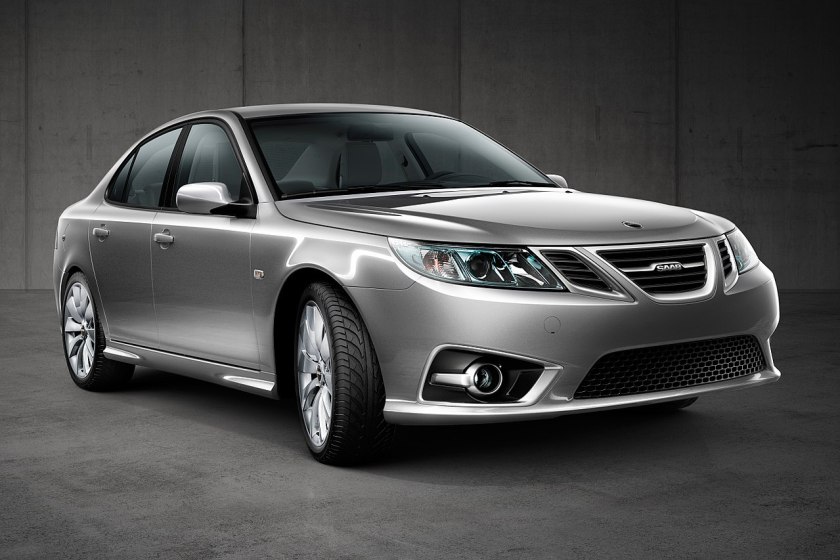 Saab 9-3 Aero Sedan MY14 in silver colour
Saab 9-3 Aero Sedan MY14 in silver colour
On 13 June 2012, a press conference was held announcing that the main assets of Saab Automobile AB and its subsidiaries Saab Automobile Powertrain AB and Saab Automobile Tools AB as well as the Saab factory had been acquired by a Chinese consortium called National Electric Vehicle Sweden (NEVS). Saab Automobile Parts AB was not included in the deal and the Swedish National Debt Office would continue as an owner of that company. NEVS’ plan was to build only purely electric vehicles with an electric version of the current 9-3 model available in 2013/2014, as well as to continue development of the replacement to the 9-3, the Phoenix. GM continued to refuse licensing of the technology in the Saab 9-5 and 9-4X, so these models would not be produced. The rights to use the Saab trademark had not yet been granted by Saab AB and Scania AB and negotiations on that matter continued.
On 26 August 2012, Scania AB let the Swedish press know that the griffin logo used in both Scania’s and Saab Automobile’s trademark would not be allowed for use on future Saab cars with NEVS as the owner of Saab Automobile. Scania believed the logo is of high value in China and feared that it would end up in the wrong hands through the Chinese interests behind NEVS.
On 3 September 2012, NEVS announced that it had finalized the acquisition of Saab Automobiles assets. NEVS would be able to use the name Saab on future cars but not the griffin logo. Production of the 9-3 would initially focus on a turbo-charged petrol variant, but an electric version – initially aimed at the Chinese market – would start production in 2014.
On 8 January 2013, NEVS announced a deal with Qingdao Qingbo Investment Co. Ltd, for a 22% stake in the company. In return, NEVS/Saab would receive SEK 2bn, along with a production facility for models sold in China. Cars sold in North America and most of Europe would continue to be made in Trollhättan, Sweden. The possibility of using Fiat/Chrysler sourced drive train components for non- electric models was also being examined.
On 12 August 2013, the Saab plant at Trollhättan reopened its doors to welcome back employees for preparations and restructuring of the production line. Production of the existing 9-3 would commence shortly with a new electric motor, while Saab finished the preparations for the new 9-3 Phoenix.
On 19 September 2013, the first Saab-branded vehicle produced by NEVS rolled off of the assembly line. The first pre-production model was mostly aesthetically identical to the previous Saab 9-3 and mainly used to test new components and assembly line equipment. NEVS announced a facelift of the exterior to be shown on a finalised production model. On 29 November 2013 NEVS announced that full-scale production would commence on 2 December 2013, having replaced the 20 percent of parts originally sourced from former Saab owner General Motors.
Production of the gasoline version of the Saab 9-3 resumed in December 2013, and on 10 December 2013 NEVS started selling their Saab 9-3 Aero to Swedish customers directly from their homepage, but on 20 May 2014 NEVS announced that production had been stopped, 100 consultants had had to be laid off and 53 blue-collar and 19 white-collar workers had been given notice that their contracts would not be prolonged after the summer. According to NEVS, this was due to Qingdao Qingbo Investment Co Ltd not fulfilling their commitment to finance NEVS operations which had forced NEVS main owner Kai Johan Jiang to fund operations for several months through private funds as well as through assets in NEVS parent company National Modern Energy Holdings Ltd.
On 27 May 2014, NEVS communication officer Mikael Östlund confirmed through a video interview that NEVS was in talks with two large automobile companies regarding funding of operations and co-development of the Phoenix platform.
On 9 June 2014, Swedish media reported that a number of companies had filed debts from NEVS at the National Enforcement Agency in Sweden for a total sum of 10.4 million SEK.
On 28 August 2014, NEVS itself filed for bankruptcy protection.
On 29 August 2014, Saab AB announced it was cancelling the licensing agreement that allows NEVS to use the Saab name. NEVS’ financial problems were cited as the reason. A spokesman for NEVS said that the company expects to renegotiate the agreement after a solution to the company’s financial problems is reached.
By June 2015, NEVS had acquired two new Chinese partners, an IT company and a development authority for the city of Tianjin. Both are state-owned. In late June, NEVS began construction of a factory in Tianjin, with the goal of manufacturing electric cars for the Chinese market. As of this point, NEVS has not re-acquired the rights to the Saab name, and it is developing a new brand for the Chinese market. There was no indication that restarting production at the plant in Trollhättan, Sweden was planned.
On June 21, 2016, NEVS announced they will no longer use the Saab trademark, instead using their company name on its car, which will still be based on the Saab 9-3 platform. The first NEVS car went into production in 2017.
Production
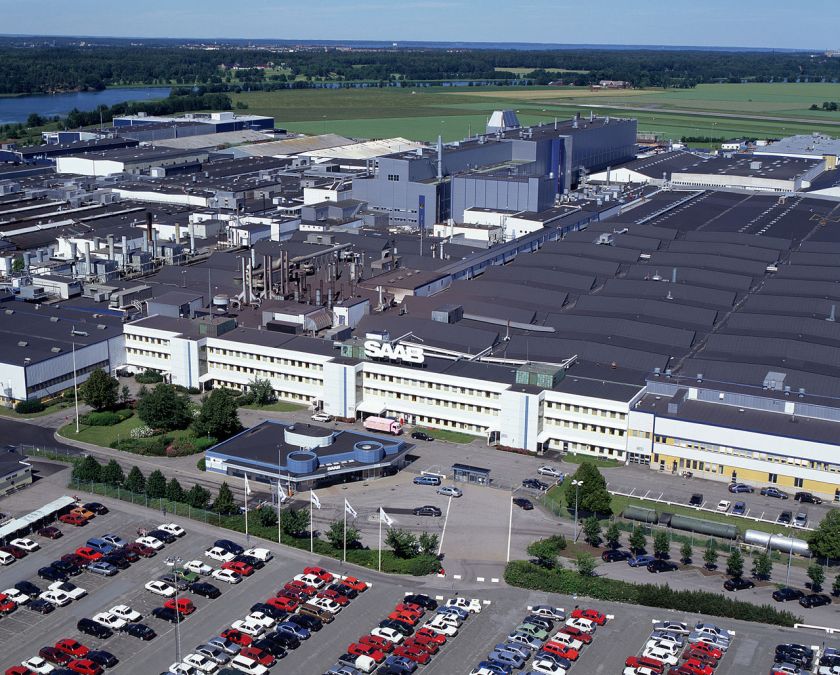 Saab’s main production facilities in Trollhättan
Saab’s main production facilities in Trollhättan
Saab’s total world production in 2008 was 90,281 vehicles produced in three countries. Production declined sharply in 2009, as new owners struggled to deal with the company’s mounting financial problems. Production was suspended until late 2013, when the new ownership launched a limited run of 2014 model year 9-3 sedans.
| Country | Cars (2013) | Cars (2010) | Cars (2009) | Cars (2008) | Cars (2007) | Models |
|---|---|---|---|---|---|---|
| Sweden Trollhättan |
162 | 32,048 | 20,950 | 75,073 | 102,915 | 9–3 Sedans, Wagon, and Convertible, 9-5 Sedan and Wagon |
| Austria Graz |
0 | 9-3 Convertible | ||||
| Mexico Ramos Arizpe |
0 | 457 | 0 | 0 | 0 | 9-4x (Q2 2011) |
| Total | 162 | 32,505 | 20,905 | 90,281 | 125,397 |
Saab manufactured various models at the Valmet Automotive plant in Uusikaupunki, Finland, between 1969 and 2003, in a joint venture established in 1968 together with Valmet. After 2003 Saab did not manufacture any cars in Finland, as the production of the 9-3 convertible then moved to Graz, Austria. In 2010 production of the 9-3 convertible was moved again to Trollhättan. This marked the first time that Trollhättan manufactured the 9-3 convertible.
Models
A common feature of Saab car types was the use of the number 9 in the model numbers. The final models were the 9-3 and 9-5, both of which were manufactured in Trollhättan, Sweden. Until 2008, the 9-7X was manufactured by GM along with the Chevrolet Trailblazerand its platform-mates. The exception to this naming rule is the Saab-Lancia 600, which was a re-badged Lancia Delta.
In December 2013, Nevs announced that the Saab 9-3 sedan was back in regular production, with convertible, station wagon, and electric models to follow in the next year. Production stopped in 2014.
Cancelled models
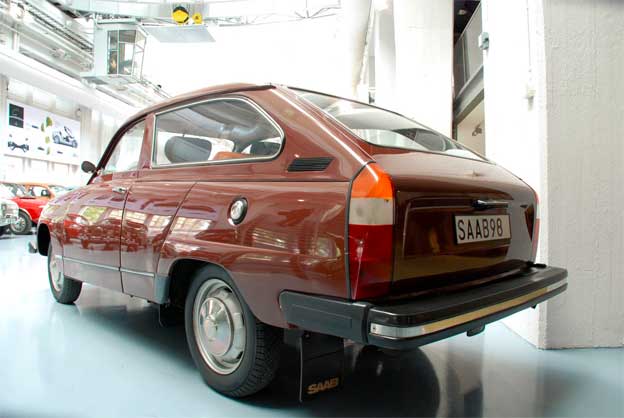
Saab 98, combi-coupé version of the Saab 96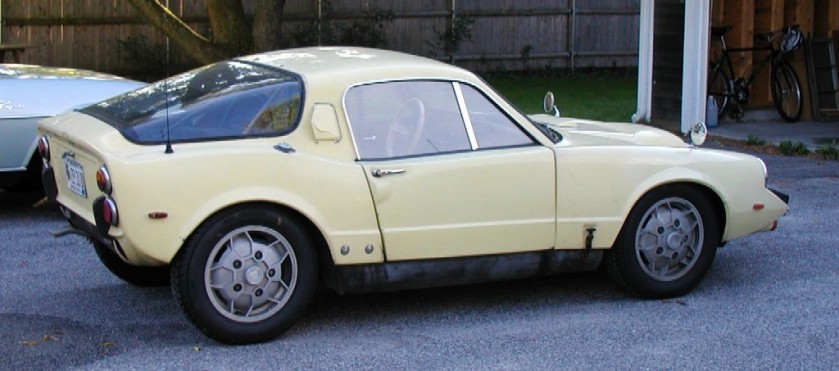 all-terrain vehicle based on the Saab Sonett II chassis
all-terrain vehicle based on the Saab Sonett II chassis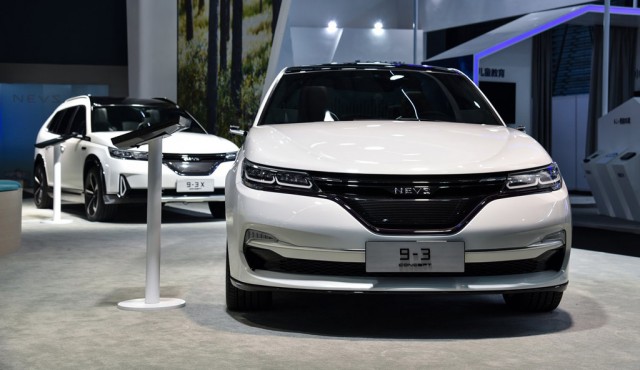
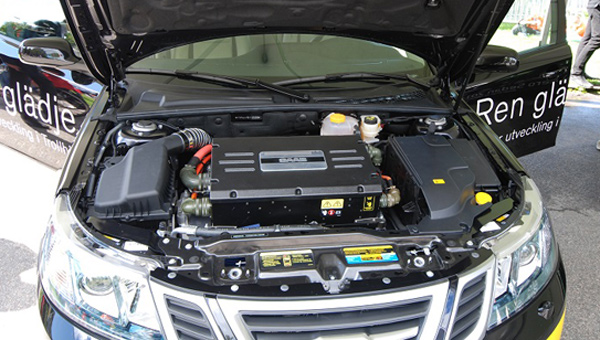
1917 Saab 9-3 electric model + under the hood
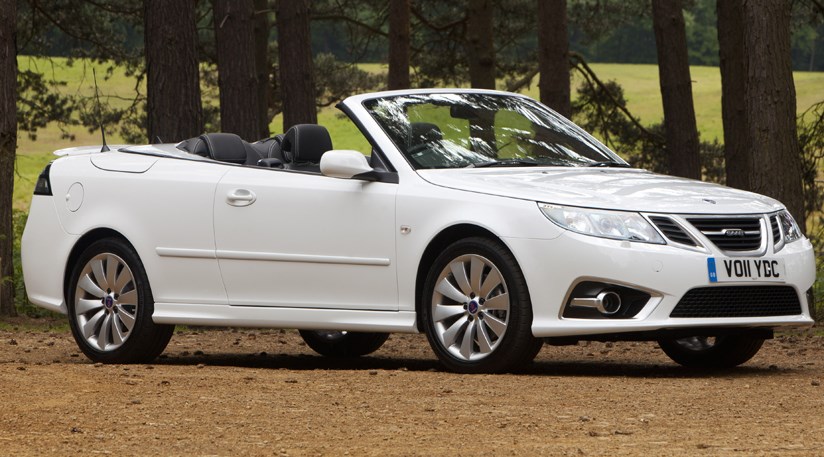 2011 Saab 9-3 convertible
2011 Saab 9-3 convertible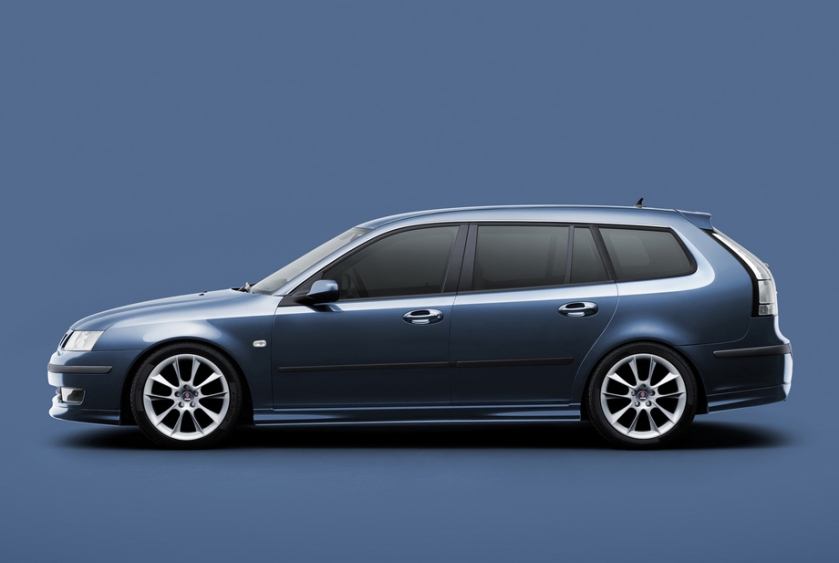 Saab 9-3 station wagon
Saab 9-3 station wagon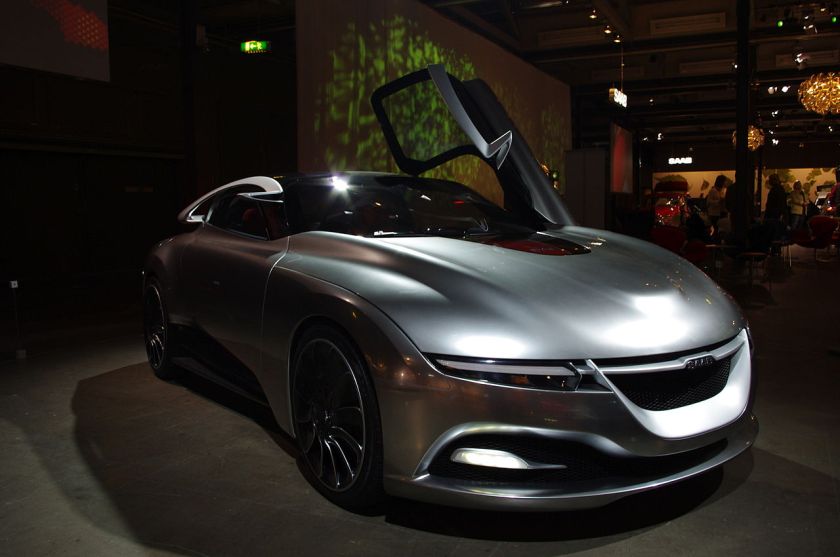 2011 Saab Phoenix at the Vårsalong
2011 Saab Phoenix at the Vårsalong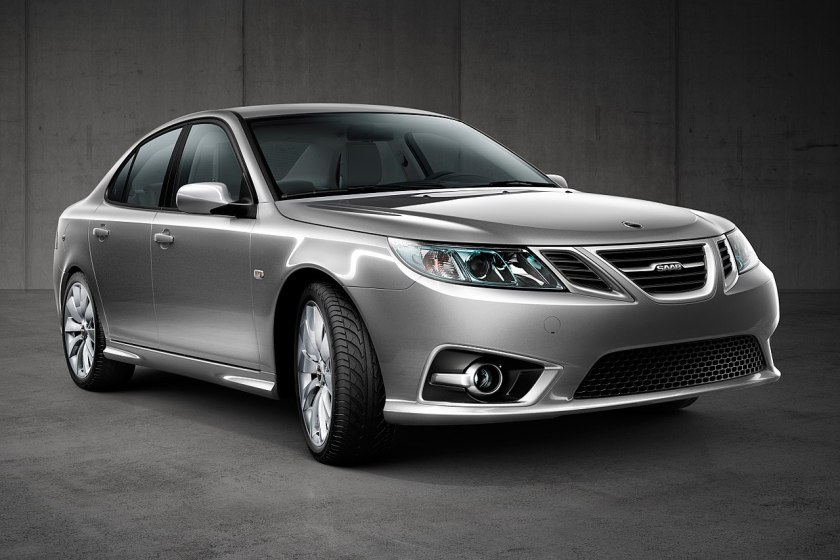 2010 Saab 9-3 Aero Sedan MY14
2010 Saab 9-3 Aero Sedan MY14
Saab 9-3 third generation, based on the PhoeniX platform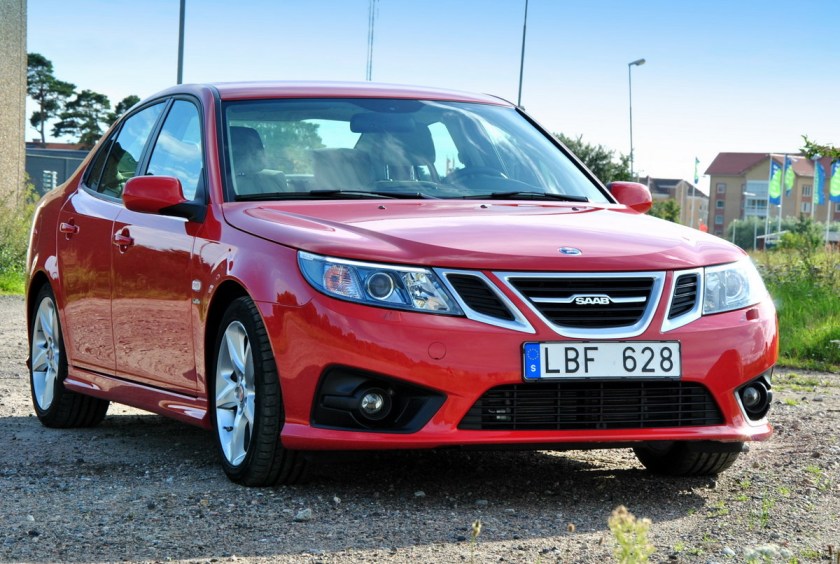 Unnamed Saab 9-3 replacement, production had been planned for October 2012
Unnamed Saab 9-3 replacement, production had been planned for October 2012
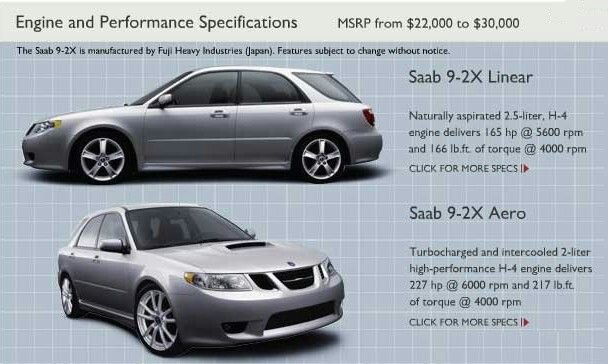
Engine & Performance Specifications For The Saab 9-2x Linear & The 9-2x Aero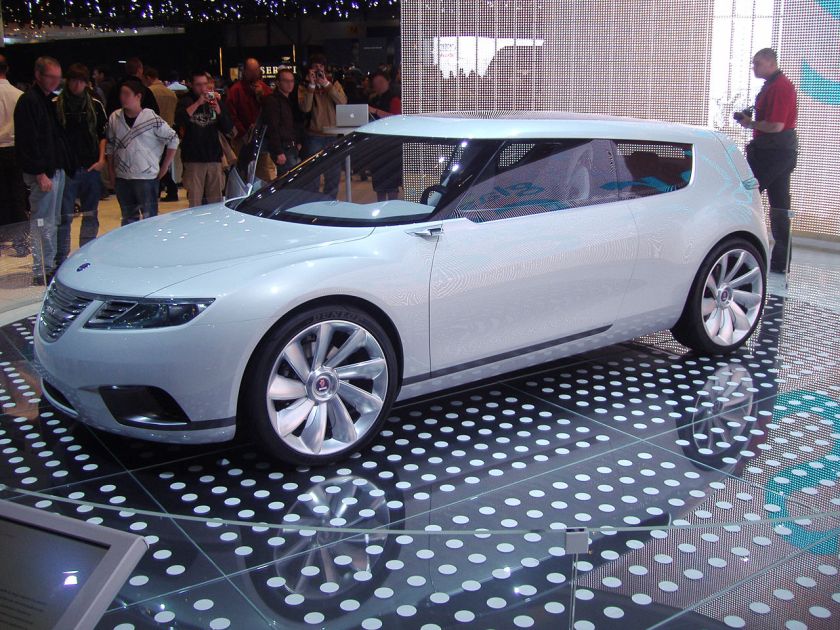 Saab 9-2, inspired by the classic Saab 92. Production had been planned for 2014.
Saab 9-2, inspired by the classic Saab 92. Production had been planned for 2014.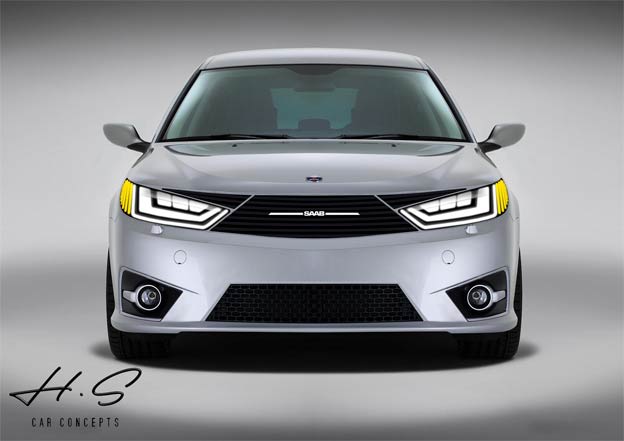
2017 Saab 9-3 concept
Historical models
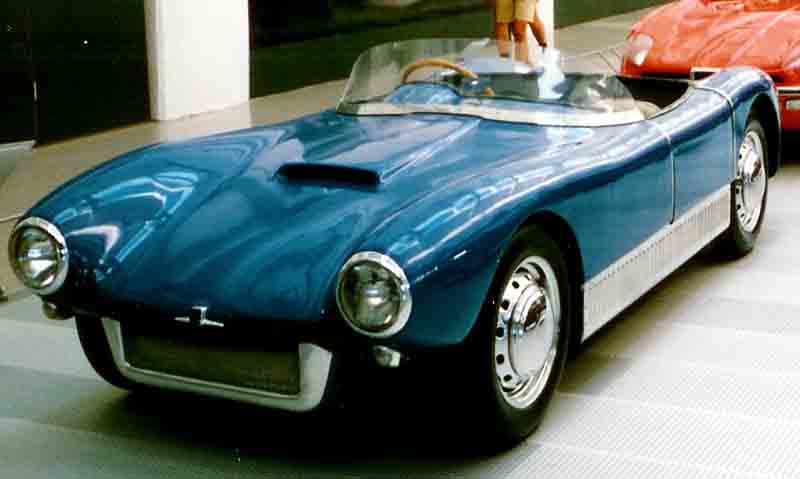 1956 Saab Sonett I
1956 Saab Sonett I
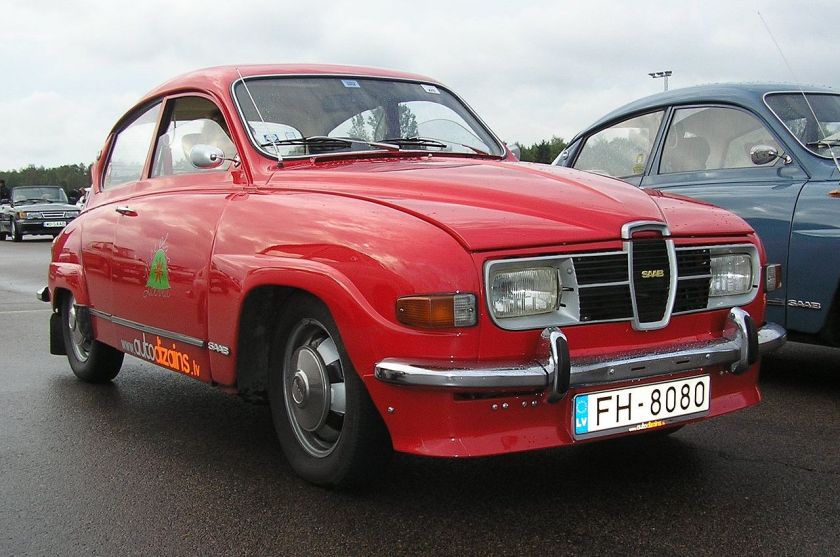 1975 Saab 96
1975 Saab 96
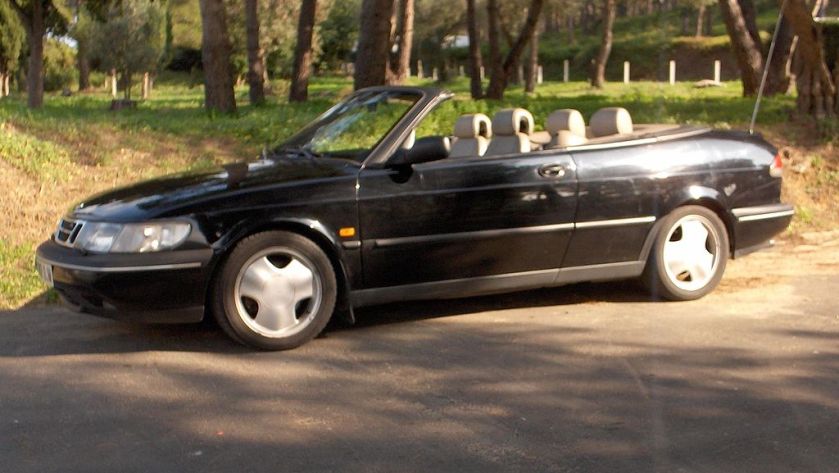 1995 Saab 900SE NG convertible
1995 Saab 900SE NG convertible
Saab 92 and descendants:
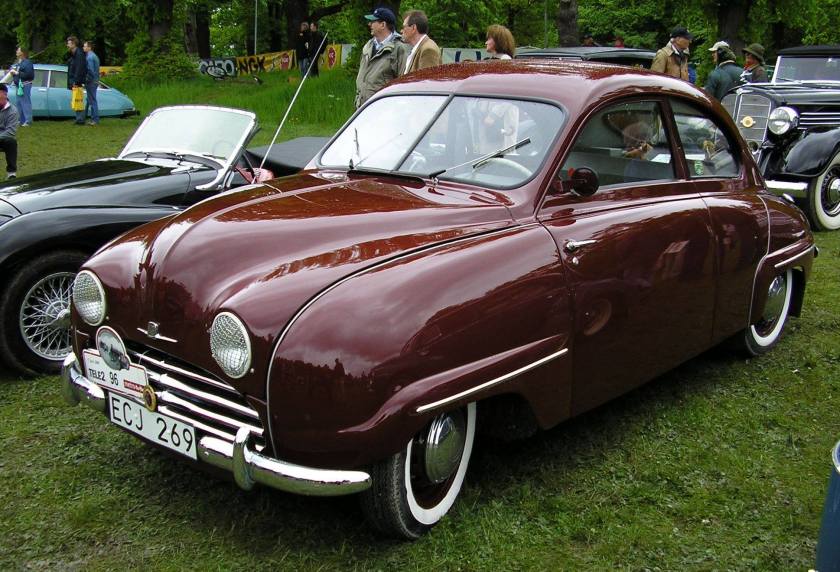 Saab 92 (1949–56)
Saab 92 (1949–56)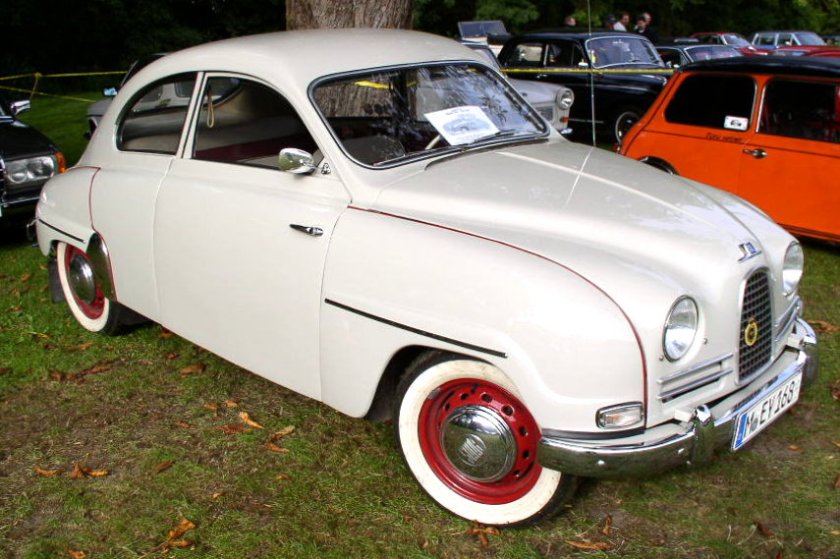 Saab 93 (1955–60)
Saab 93 (1955–60)
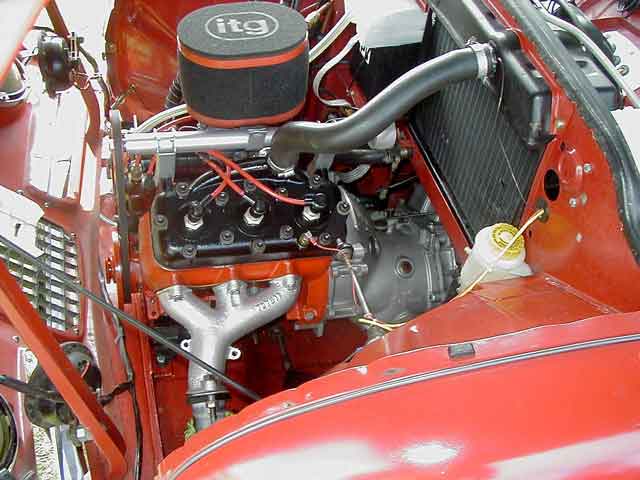
Saab GT750 (1958–60)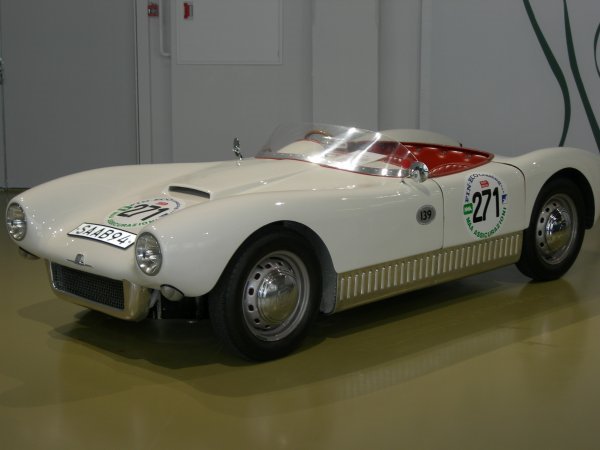
Saab 94 Sonett I (1956)
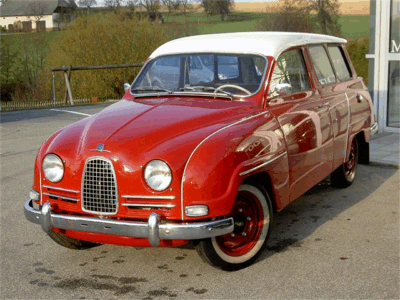
Saab 95 estate (1959–78)
Saab 3 cyl. 2stroke engine Saab 95 3 cylinder two-stroke (1960–67)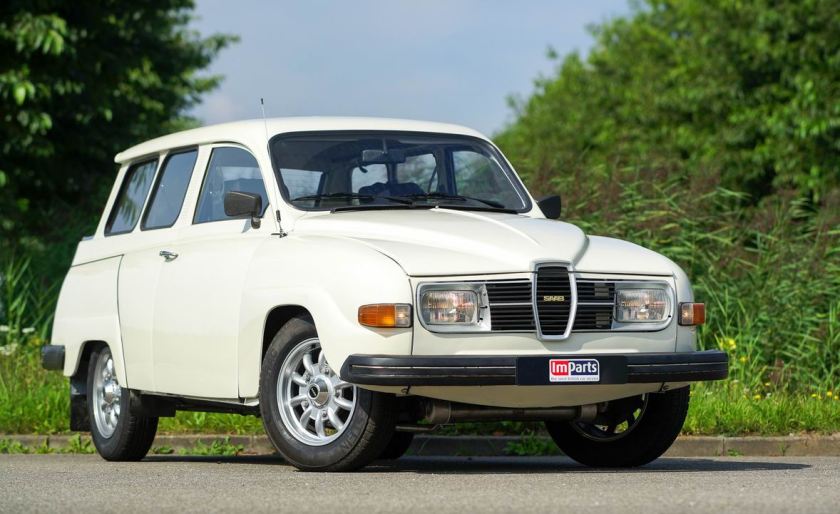 1977 Saab 95 V4 Estate Car Saab 95 V4 (1967–80)
1977 Saab 95 V4 Estate Car Saab 95 V4 (1967–80)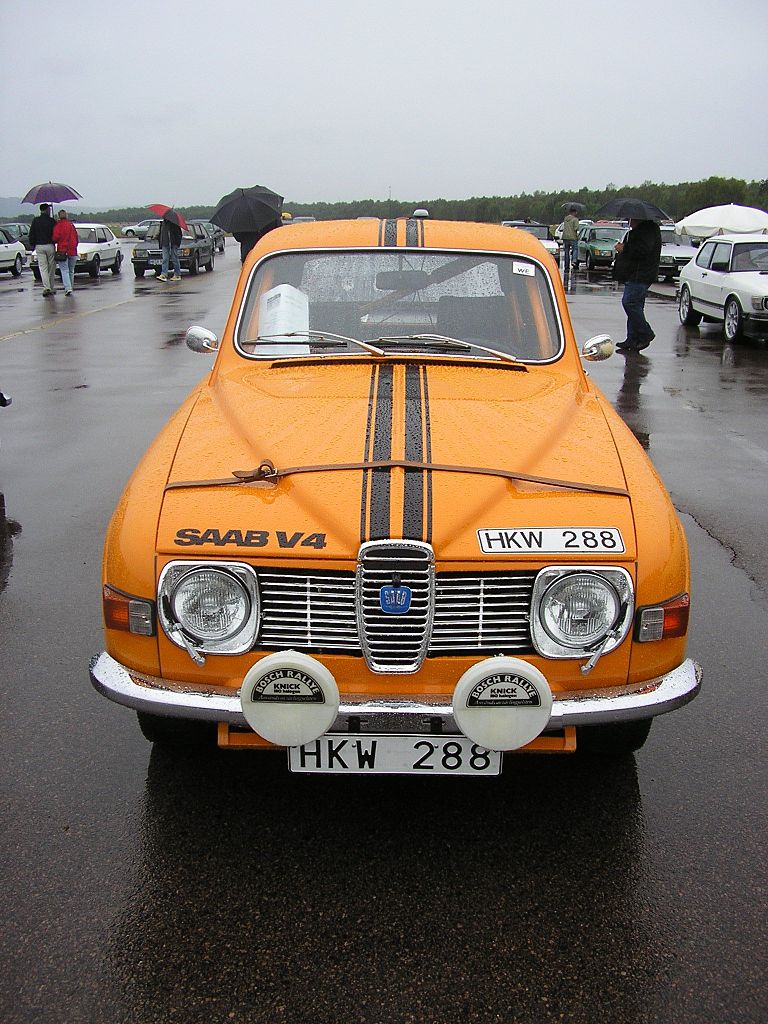 1974 SAAB 96 V4 LHD Saab 96 (1960–80)
1974 SAAB 96 V4 LHD Saab 96 (1960–80)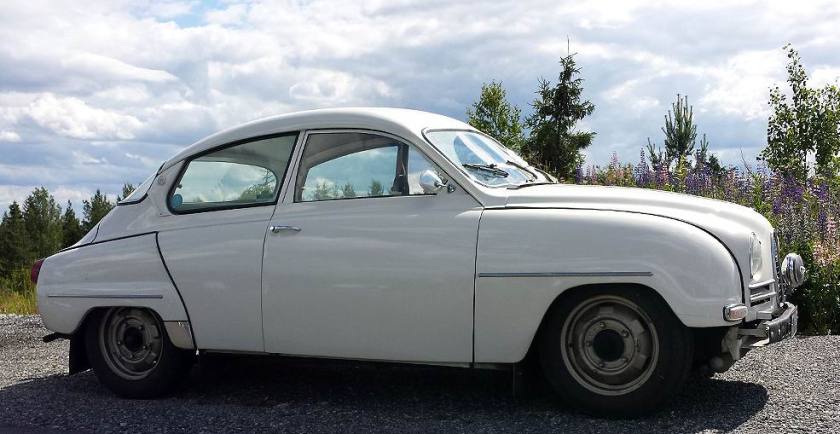 Saab 96 3 cylinder two-stroke (1960–68)
Saab 96 3 cylinder two-stroke (1960–68)
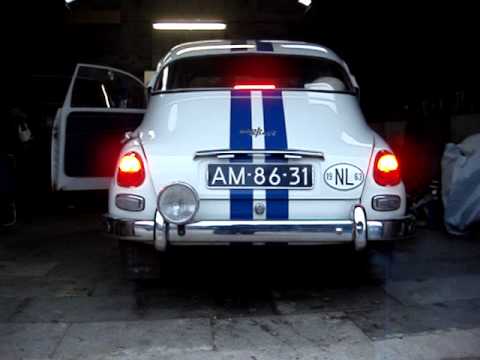
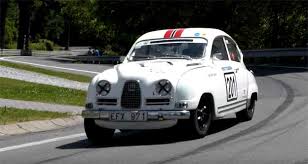
1964 Saab Sport 3 cyl two stroke 850cc Saab Sport 3 cylinder two-stroke (1962–1966)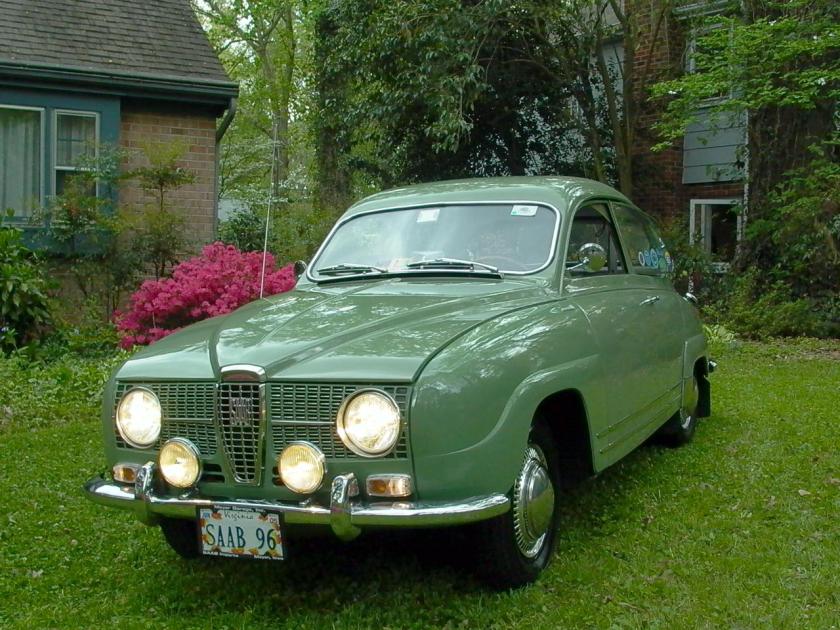 1966 SAAB 96 Monte Carlo 850 VIN 396421 Saab Monte Carlo 850 3 cylinder two-stroke (1966–1967)
1966 SAAB 96 Monte Carlo 850 VIN 396421 Saab Monte Carlo 850 3 cylinder two-stroke (1966–1967)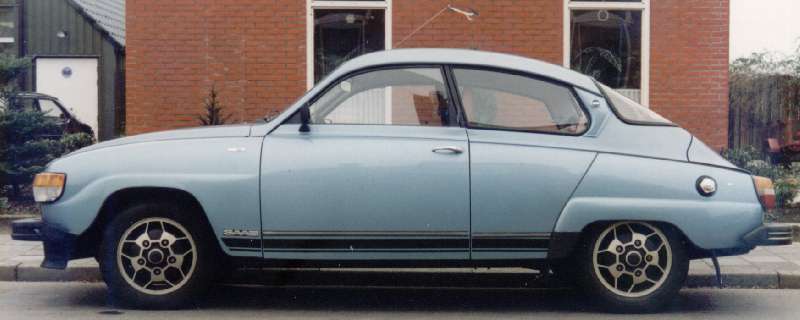 1979 Saab 96 V4 Saab 96 V4 (1967–1980)
1979 Saab 96 V4 Saab 96 V4 (1967–1980)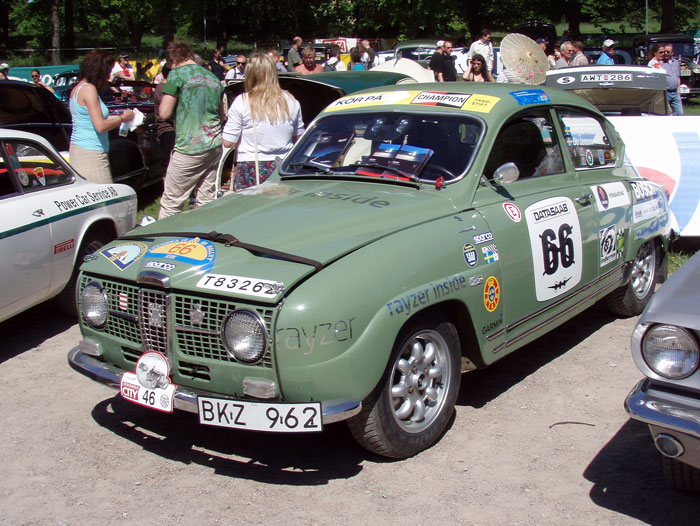 Saab Monte Carlo V4 V4 (1967–1968)
Saab Monte Carlo V4 V4 (1967–1968)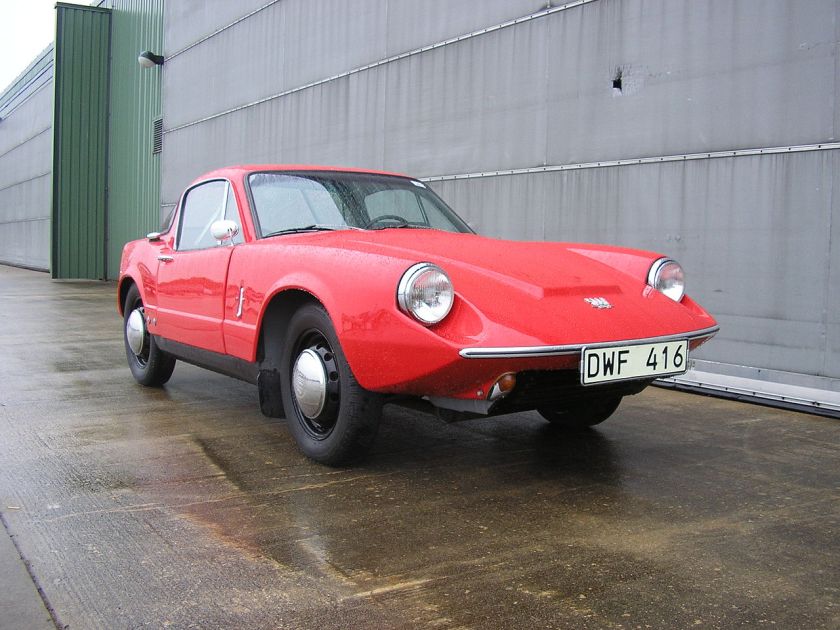 1966 SAAB 97 or Sonett II Saab 97 + Sonett II (1966–1970)
1966 SAAB 97 or Sonett II Saab 97 + Sonett II (1966–1970)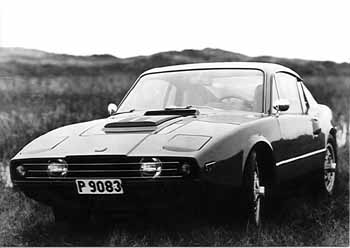
Sonett III (1970–1974)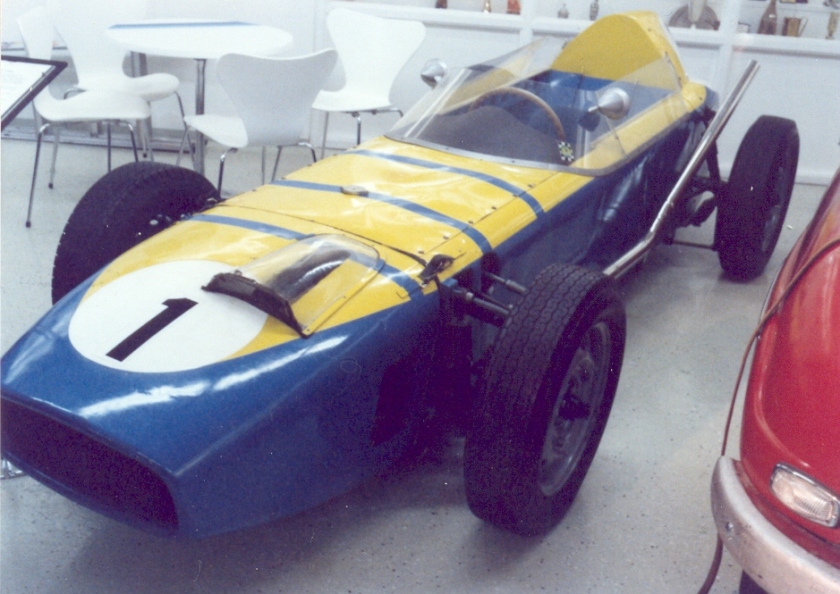 Saab Formula Junior single seat racing car (1960)
Saab Formula Junior single seat racing car (1960)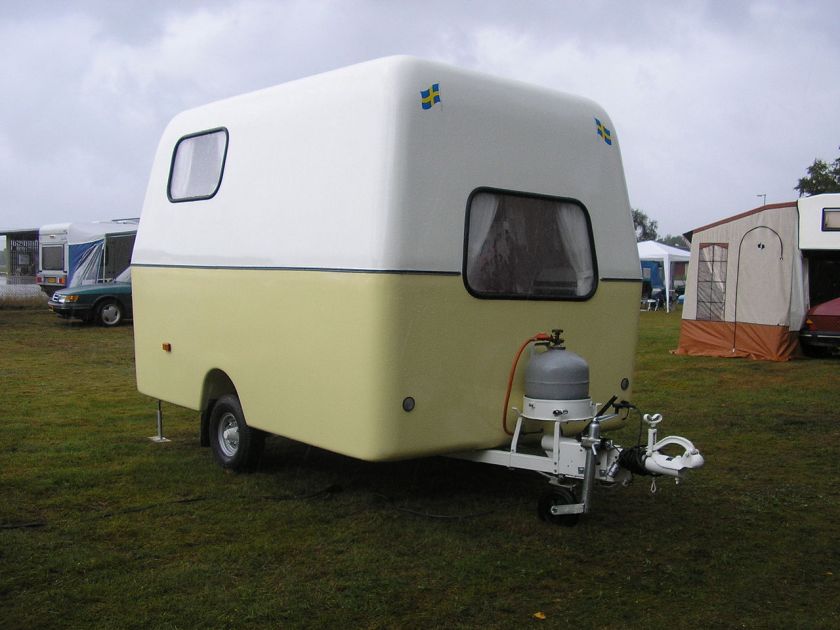 SaabO caravan/camper/travel trailer (1964–1968)
SaabO caravan/camper/travel trailer (1964–1968)
Saab 99 and descendents:
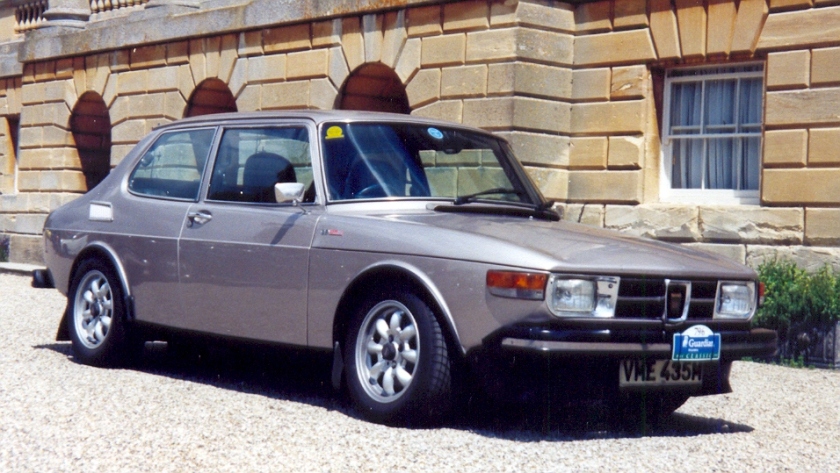 1974 Saab 99 EMS (UK Spec)
1974 Saab 99 EMS (UK Spec)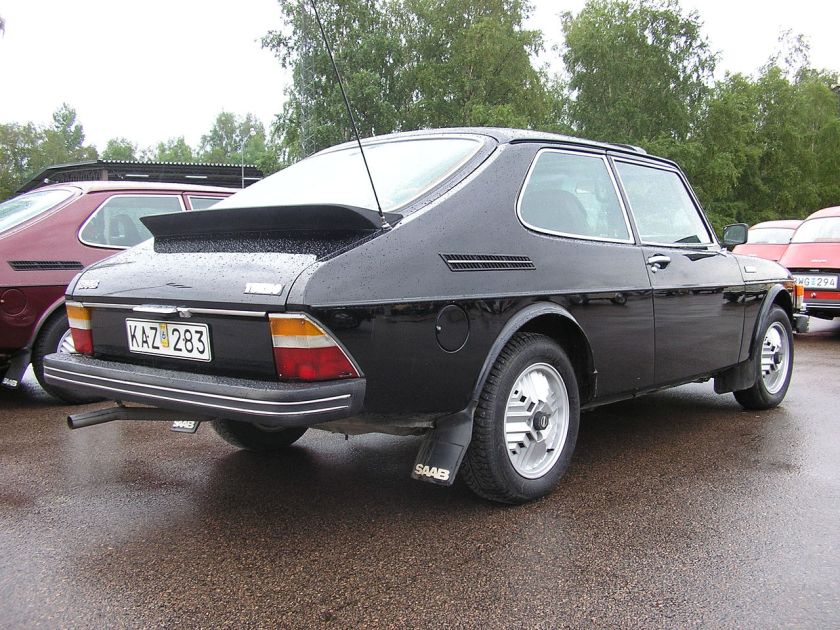 1978 Saab 99 Turbo, with combi coupé bodywork Saab 99 (1968–1984)
1978 Saab 99 Turbo, with combi coupé bodywork Saab 99 (1968–1984)
Saab 900 “Classic” (1979–1994)
Saab 90 (1984–1987)
Saab 600 (1985–1988)
Saab 9000 (1985–1998)
Saab 900 “New Generation” (1994–1998)
Saab 9-3 first generation (1998–2002)
Saab 9-2X (2005–2006)
Saab 9-7X (2005–2009)
Saab 9-5 first generation (1997–2009)
Saab 9-3 SportSedan (2003–2011) second generation
Saab 9-3 Convertible (2004–2011), (2012 by ANA) second generation
Saab 9-3 SportCombi (2006–2011) second generation
(2009–2011)Saab 9-5 (2010–2011) second generation
(June 2011 – December 2011)
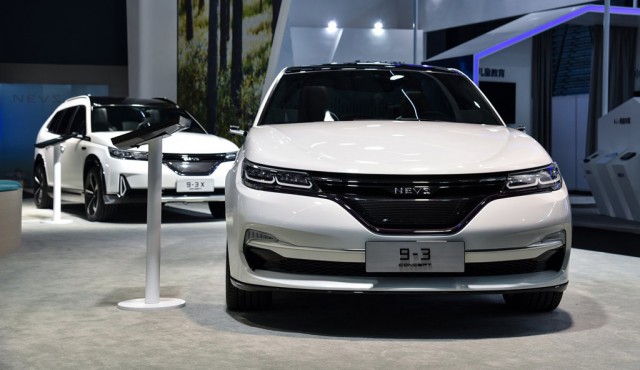 compact executive car (second generation) (2002–2011, 2013–2014)
compact executive car (second generation) (2002–2011, 2013–2014)
Concepts and prototypes
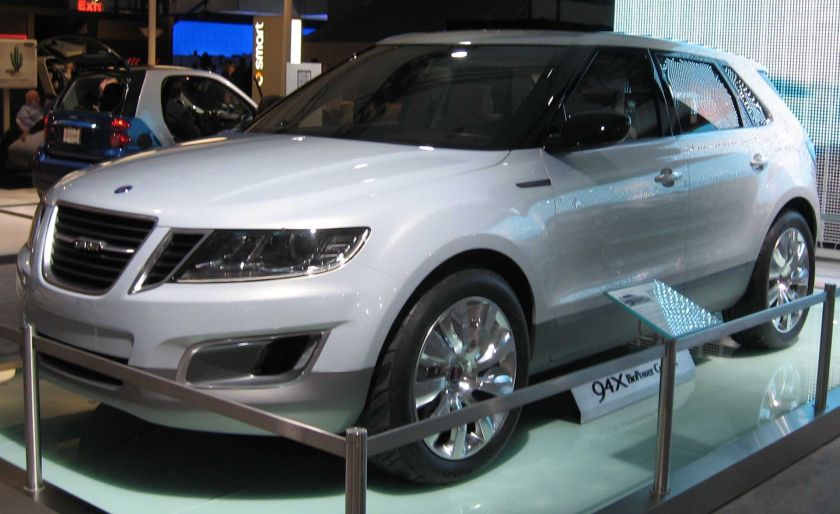 Saab 9-4X BioPower (2008)
Saab 9-4X BioPower (2008) 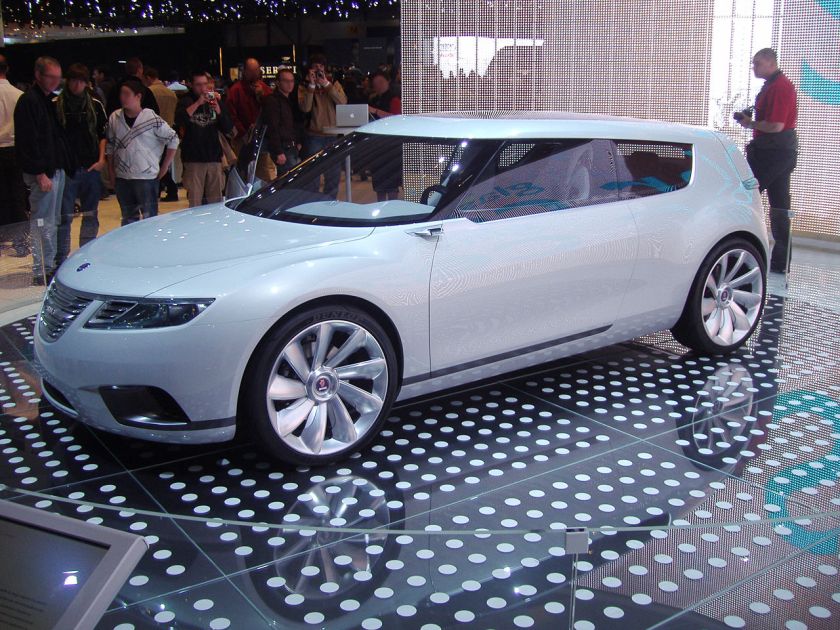 Saab 9-X Biohybrid (2008)
Saab 9-X Biohybrid (2008)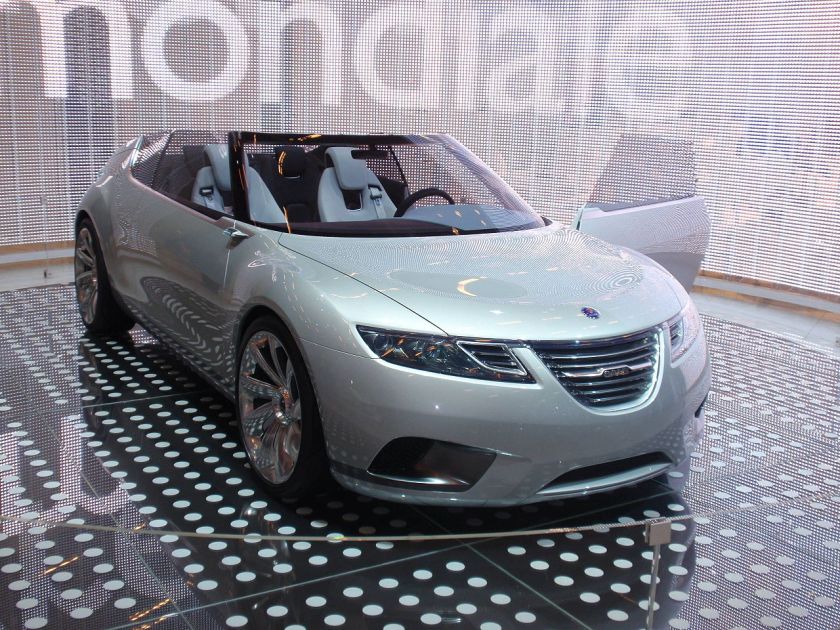 Saab 9-X Air (2008)
Saab 9-X Air (2008)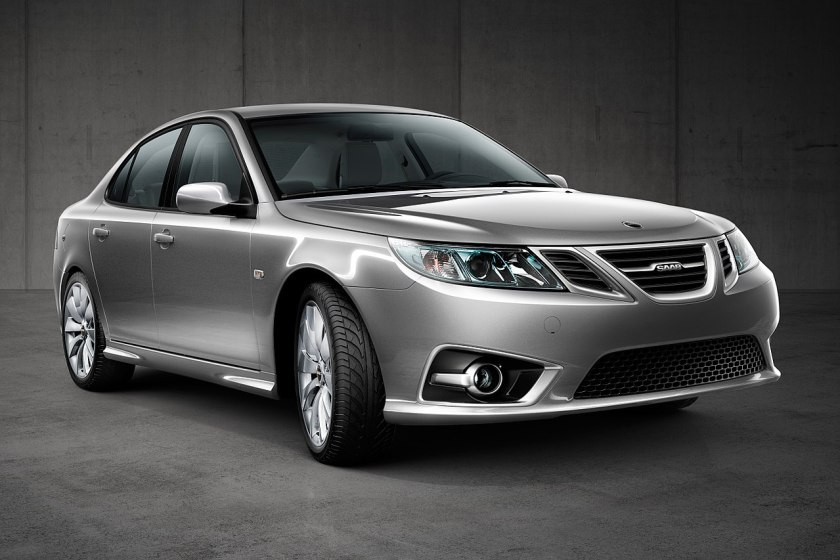 Saab 9-3 ePower sport wagon (2010)
Saab 9-3 ePower sport wagon (2010)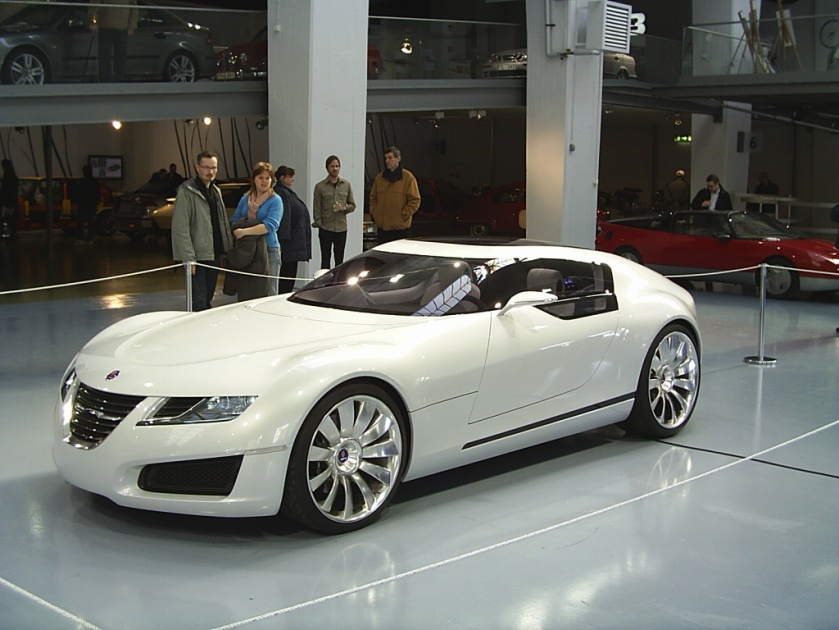 Saab Aero-X (2006)
Saab Aero-X (2006)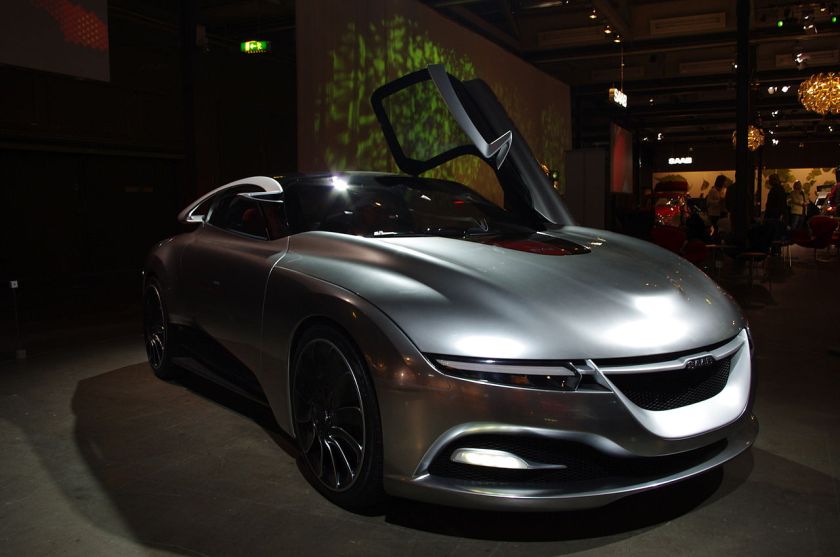 Saab PhoeniX (2011)
Saab PhoeniX (2011)
Concepts and prototypes
Saab 92 line:
Saab 92001 or Ursaab: The prototype for the first Saab production car (1946)
Saab Monster (1959)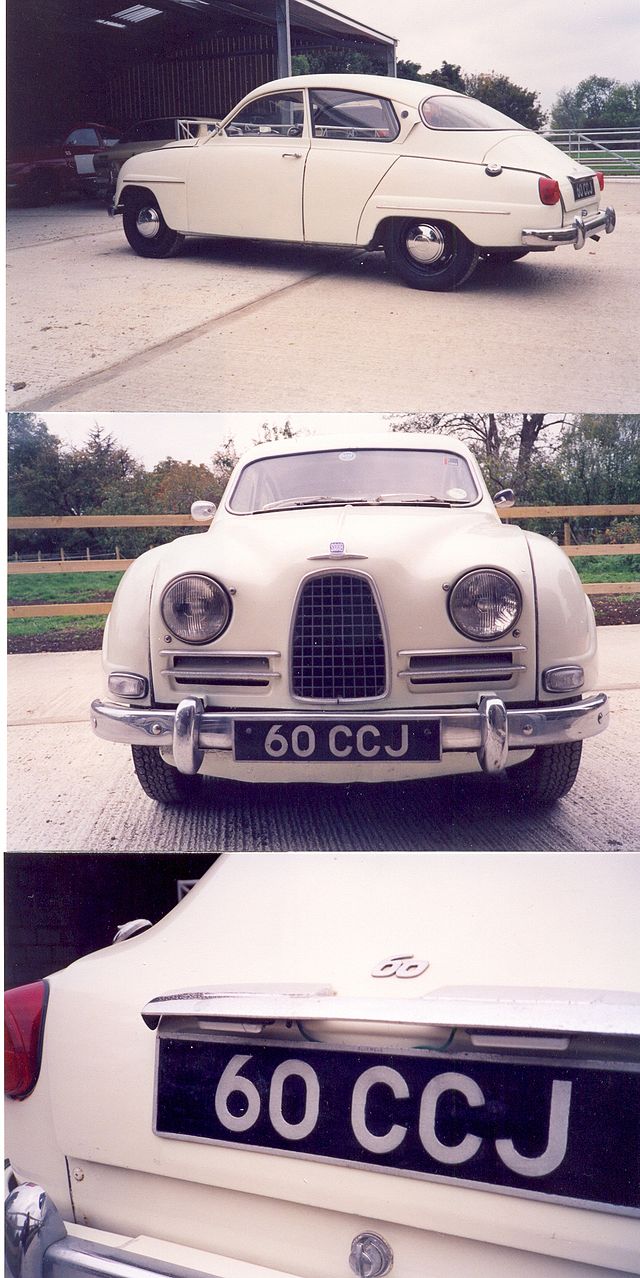 Saab 60 (1962)
Saab 60 (1962)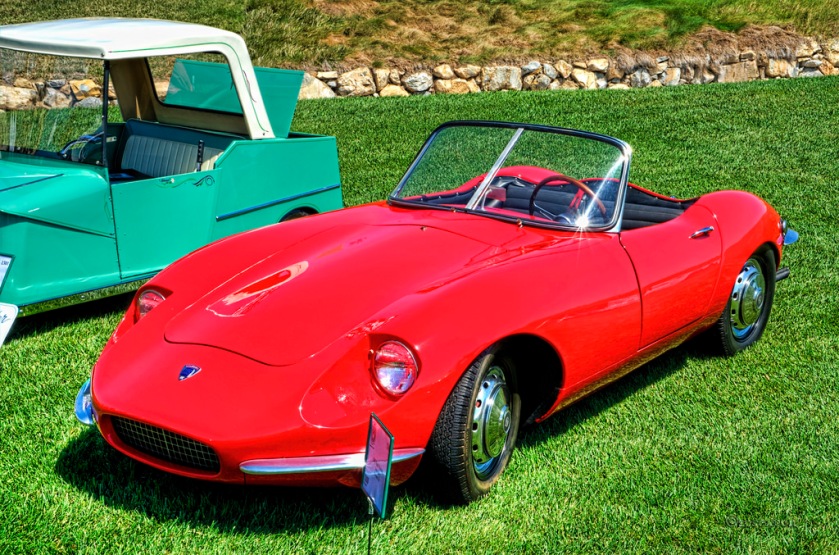 Saab Quantum (1962)
Saab Quantum (1962)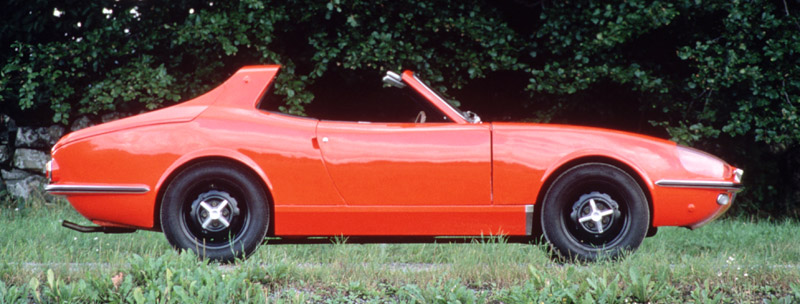 Saab Catherina (1964)
Saab Catherina (1964)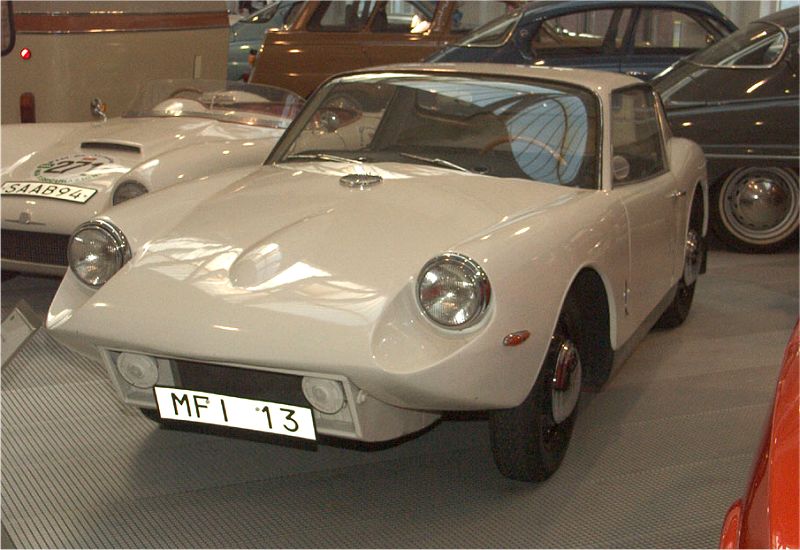 Saab MFI13 (1965)
Saab MFI13 (1965)
Saab Toad (1966)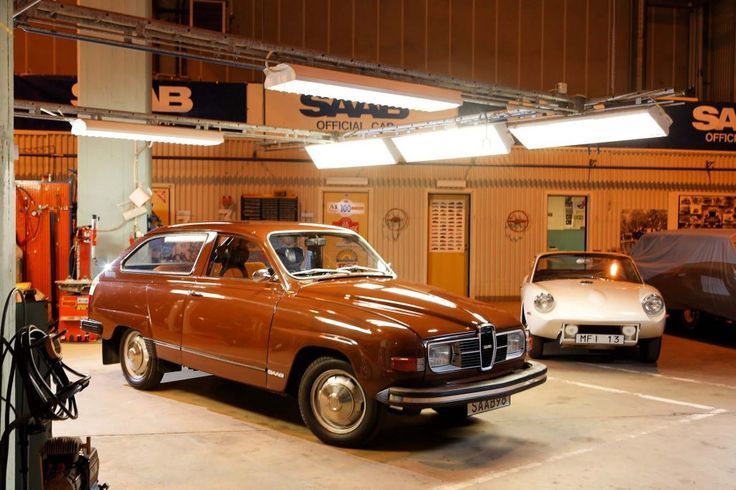 Saab 98 (1974)
Saab 98 (1974)
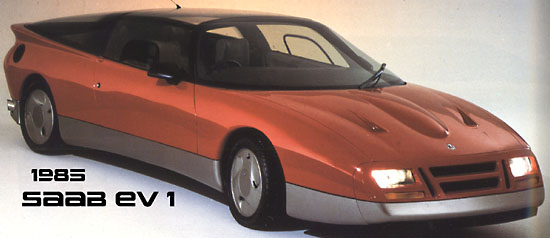
Saab EV-1 (1985)
Saab 900 line:
Saab Viking (1982)
Saab 9000 line:
Saab Prometheus: A 9000 fitted with a joystick instead of a steering wheel (1993)
Saab 9XX Concept (1991)
Saab 9-X line:
Saab 9-X (2001)
Saab 9-3X (2002)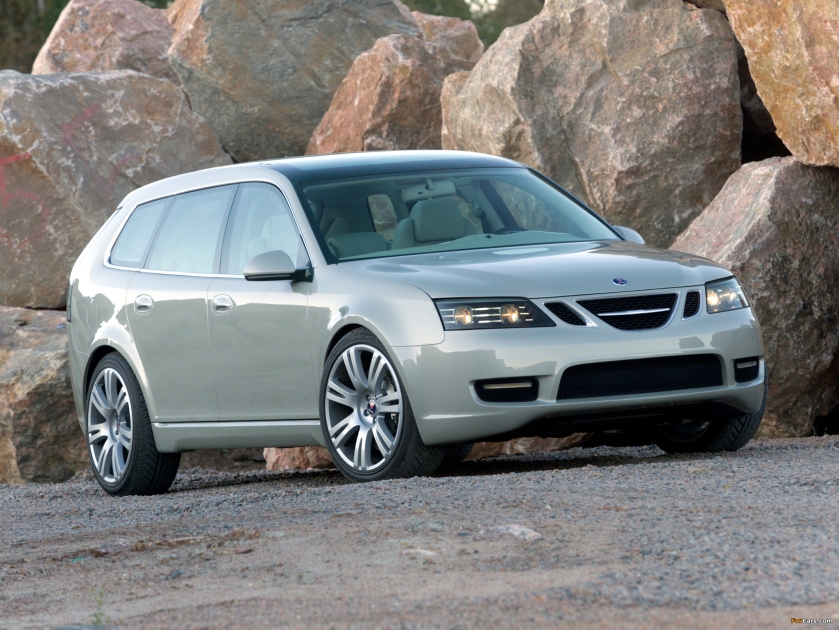 Saab 9-3 Sport Hatch (2003)
Saab 9-3 Sport Hatch (2003)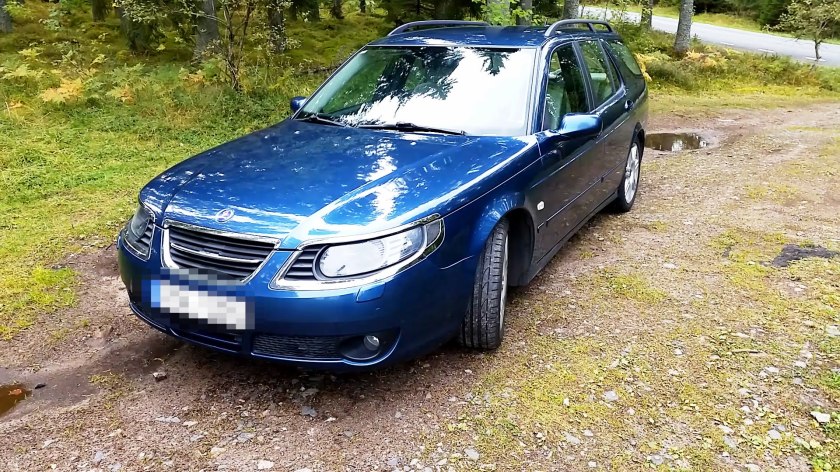 Saab 9-5 Aero BioPower (2006)
Saab 9-5 Aero BioPower (2006)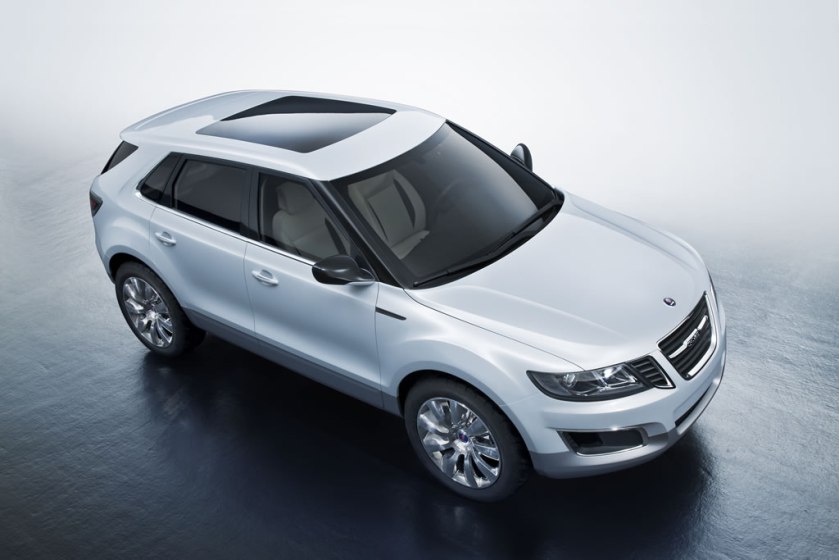 Saab 9-4X BioPower (2008)
Saab 9-4X BioPower (2008)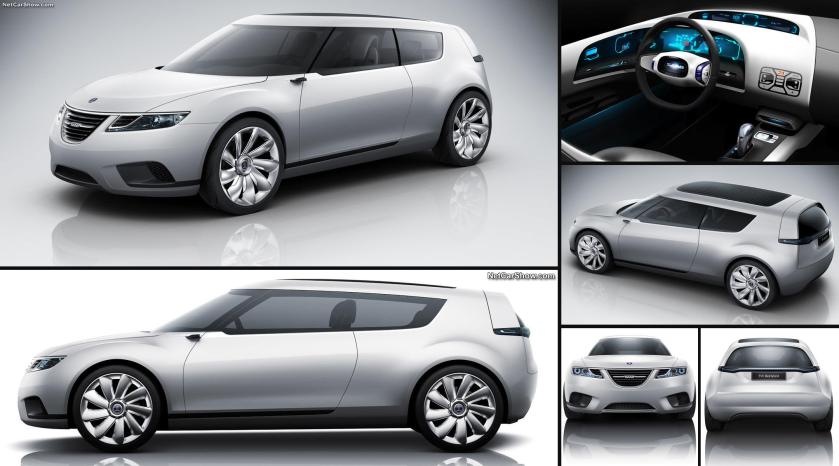 Saab 9-X Biohybrid (2008)
Saab 9-X Biohybrid (2008)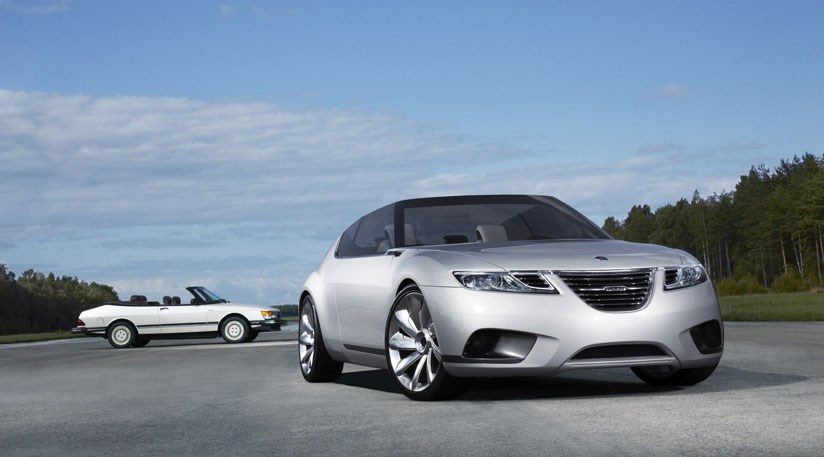 Saab 9-X Air (2008)
Saab 9-X Air (2008)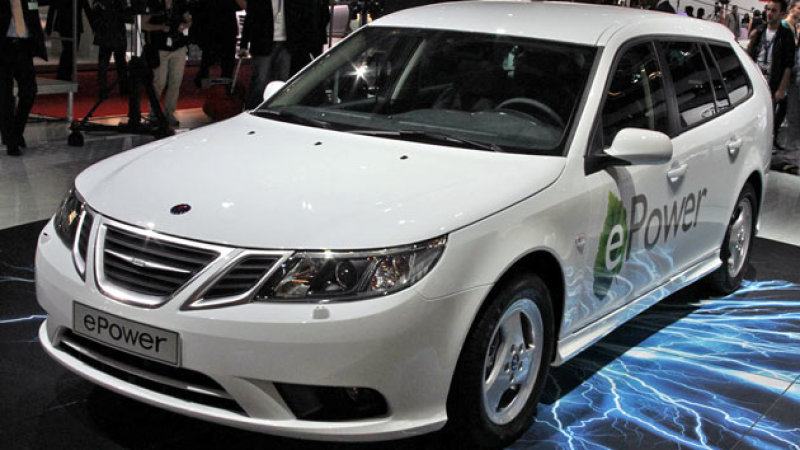 Saab 9-3 ePower sport wagon (2010)
Saab 9-3 ePower sport wagon (2010)
Saab Aero-X (2006)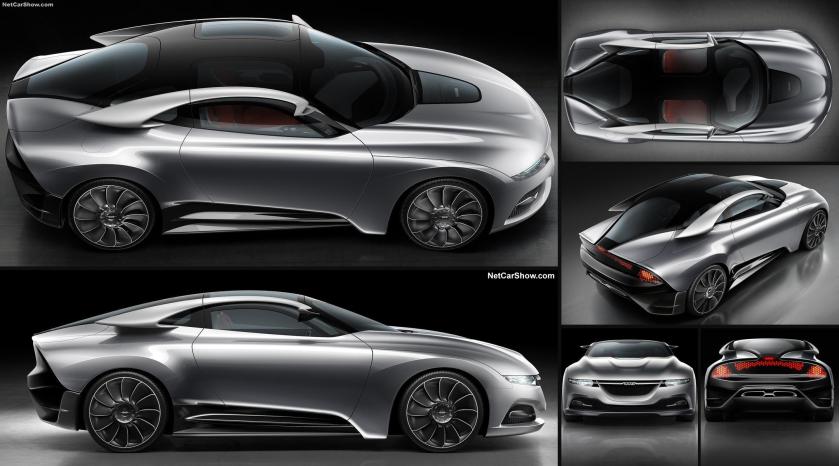 Saab PhoeniX (2011)
Saab PhoeniX (2011)
Innovations
1958: The GT 750 is the first Saab car fitted with seatbelts as standard.
1963: Saab becomes the first volume maker to offer diagonally split dual brake circuits.
1969: Saab creates an ignition system near the gearstick – instead of behind the steering wheel like most cars – in an attempt to reduce the very common serious and permanent knee injuries during collisions, caused by the knee impacting the key.
1970: Saab introduces a world-first – headlamp wipers and washers.
1971: Heated front seats are introduced, the first time in the world they are fitted as standard.
1971: Saab develops the impact-absorbing, self-repairing bumper.
1976: Saab was the first manufacturer to produce a turbo engine with wastegate to control boost.
1978: Saab introduces another ‘world-first,’ the passenger compartment air filter (pollen filter).
1980: Saab introduces Automatic Performance Control (APC), and an anti-knock sensor that allowed higher fuel economy and the use of lower grade fuel without engine damage.
1981: Saab introduces the split-field side mirror. This reduces the driver’s blind spot.
1982: Saab introduces asbestos-free brake pads.
1983: Saab introduces the 16-valve turbocharged engine
1985: Saab pioneers direct ignition, eliminating the distributor and spark plug wires.
1991: Saab introduces a ‘light-pressure’ turbo.
1991: Saab is the first manufacturer to offer CFC-free air-conditioning.
1991: Saab develops its ‘Trionic‘ engine management system, equipped with a 32-bit micro-processor.
1993: Saab introduces the ‘Sensonic clutch‘ and the ‘Black Panel‘, later to be called the ‘Night Panel’.
1993: Saab develops the ‘Safeseat’ rear passenger protection system.
1994: Saab introduces the ‘Trionic T5.5‘ engine management system, its processor is a Motorola 68332.
1995: Saab presents an asymmetrically turbocharged V6 at the Motor Show in Frankfurt am Main, Germany.
1996: Saab introduces active head restraints (SAHR), which help minimize the risk of whiplash.
1997: Saab introduces Electronic Brake-force Distribution
1997: Saab fits ventilated front seats to their new 9-5.
1997: Saab introduces ComSense; an alert delay feature that reduces the risk of distraction by briefly postponing lower priority alerts when the brakes or indicators are activated
2000: Saab introduces SVC; a Variable Compression, an engine in which the compression ratio is varied by tilting the cylinder head in relation to the pistons.
2002: Saab developed an independent, multi-link, rear suspension system on the new Saab 9-3 known as “ReAxs”, a system which provides crisp steering feedback and contributes to enhanced driving stability in curves
2002: Saab unveils the second-generation Saab Active Head-Restraint system, known as SAHR2, in the new Saab 9-3 sedan
2003: Saab introduces CargoSET; automatic storage well retraction for the convertible, a two-step tonneau action for quicker soft-top deployment
2008: Saab introduces Cross-wheel drive, an advanced all-wheel drive system with eLSD. Saab brands this systems as “XWD”
Safety
Safety has a high priority in the design of Saab cars. The cars are subjected to the Älgtest (elk test) as elk are a common cause of accidents in Sweden. Saab have compiled a database containing over 6,100 real-life accidents with Saabs. The first recorded event was in 1948 where Julian Shermis had an accident.
All modern Saabs (except the 9000 and 9-2X) have a floor-mounted ignition. This is for many reasons, some of which follow: Saab believes this is a safer position in case of an accident. The driver’s knee often jerks upward in a collision; the compact and dense ignition module on the steering column of many other cars has shattered many kneecaps. Saabs have bolstered dashboards for both front seat occupants. Also, the floor-mounted position yields more space, allowing modern Saabs to have a metal bar that rotates over and up into the ignition when the key is turned to the “Lock” position. This makes Saabs very challenging to hot-wire. Ergonomically, the ignition’s location next to the parking brake lever, gearshift, and seatbelt, saves time. Last of all, the ignition is located on the floor because, in the aircraft that inspired Saab automobiles, the throttle controls were all located on the floor. Originally Saabs also had the key located on the right side of the steering column, but when they changed from a column shift to a floor shift, the ignition key followed, except in the Sonett III and 9000.
Endurance records
In October 1986, the Saab Long Run took place. Three standard Saab 9000 Turbos set two world records and 21 international records at the Talladega Superspeedway in Talladega, Alabama, USA. 100,000 km (62,000 mi) were covered with an average speed of 213.299 km/h (132.537 mph) and 50,000 miles (80,000 km) with an average speed of 213.686 km/h (132.778 mph).
Ten years later, in 1996, three standard Saab 900 (NG) Turbos driven by factory test drivers and two standard naturally aspirated Saab 900s driven by journalists set new world records on the same speedway.
In early December 2006, a Wisconsin traveling salesman donated his 1989 Saab 900 SPG (Special Performance Group) to the Wisconsin Automotive Museum after amassing 1,001,385 miles (1,611,573 km) on the original factory engine. This mileage was verified by Saab.
Marketing and ownership
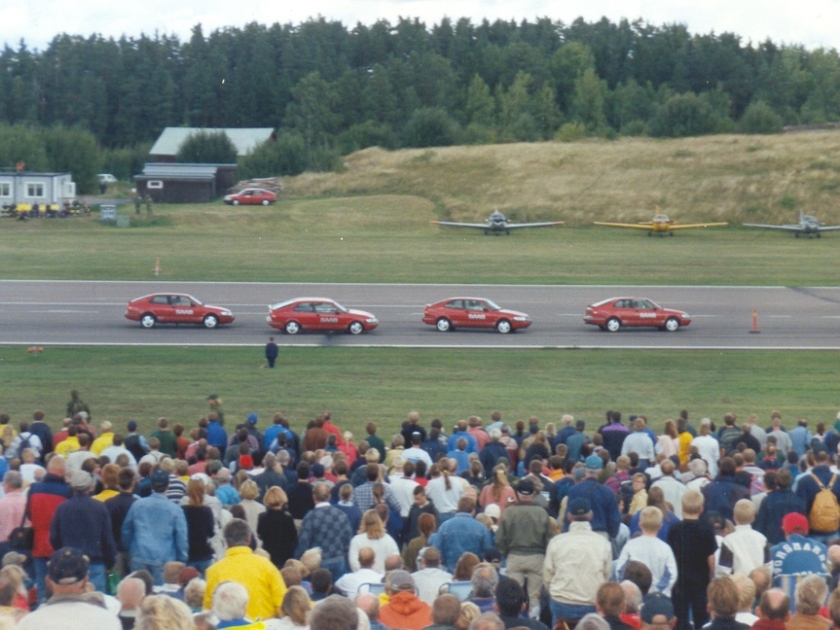 Saab Performance Team at Linköping, in 1997 (Saab 91 Safirs in background)
Saab Performance Team at Linköping, in 1997 (Saab 91 Safirs in background)
Dating back to 1937, Svenska Aeroplan AB (Saab) created airplanes, introducing its first car, the Saab 92001, in 1947. Currently, Saab AB is separate from Saab Automobile and is best known for its old Saab 37 Viggen fighter aircraft (the Viggen badge would be shared by a 9-3) and its successor, the current export success low cost JAS 39 Gripen swing-role fighter. This has led to an ad campaign, “Born From Jets”, evoking the days when Saab produced both aircraft and automobiles. Saab is imported into many countries; each has a president of the subsidiary or importer. In the US, the first president was Mr. R. Millet.
In 1987, Saab created a TV advertisement called “Saab suite” (subtitled Ballet in 3 acts for 8 Saab 9000 Turbos). In the film, stunt drivers show incredible driving with stock cars, such as one-wheeled burnouts, bumper-to-bumper driving through a slalom, cars slaloming from opposite directions on the same course, two-wheel driving, sliding in full speed, and jumping over passing cars—all on a closed airport runway with classical music playing in the background.
To commemorate its 40th anniversary, Saab formed a Performance Team in 1987, which laid on exhibitions of automobile acrobatics and formation driving. Initially this was done with Saab 9000s, as above, then later models, such as the Saab 900 (NG) were used. All of the team’s members have previously competed in rallies, but what’s unusual is that all five Performance Team members held regular jobs at Saab: there are two engineers, a quality controller, a technician and the head of Saab’s photo studio. The picture shows these vehicles on display at the Diamond Jubilee celebrations of the Saab Aircraft Company, at Linköping, in 1997.
A Hewlett-Packard CPU-support chip features a Saab 900 Turbo 16 Cabriolet etched into its structure.
Ownership and brand loyalty
As the brand has an unusual image in most markets, Saab owners tend to be correspondingly offbeat: intellectuals and enthusiasts. In his studies of brand communities, Albert Muniz, professor of marketing at DePaul University in Chicago, found significant characteristics of Saab owners which he called Snaabery. These included ownership of an original, pre-GM Saab; camaraderie with other Saab drivers and contempt for other brands such as BMW. Writer John Crace characterised the typical “Snaab” as a creative advertising executive with large spectacles and an asymmetric hairstyle. Rüdiger Hossiep, a psychologist at Ruhr University Bochum, found that Saab drivers have the highest level of psychological involvement with their cars, being over 10 times more passionate than the average Volkswagen driver. Saab’s main three markets were Sweden, the United Kingdom and the United States.
Slogans
The Swedish Car with Aircraft Quality (first English slogan)
Go Swift – Go Safe – Go Saab (advertisement page – 1970s FIA Year Book)
The most intelligent cars ever built. (1980s)
Find your own road. (1990s)
A Saab will surrender its own life to save yours. (1990s)
Welcome to the State of Independence (early 2000s decade; United States)
Born From Jets. (2003–09; United States, Canada)
Move Your Mind. (final global slogan)
People Who Test Drive a Saab, Usually Buy One
It’s A Pity Other Cars Aren’t Built This Way
We don’t make compromises. We make Saabs.
Saab. It’s what a car should be.
Beyond the conventional (1990s United Kingdom).
The Command Performance Car.
The Well-Built Swede
Literature and the arts
The Saab 900 Turbo was James Bond‘s vehicle of choice in many of the John Gardner Bond novels of the 1980s, beginning with Licence Renewed. In the second novel, For Special Services, the 900 was dubbed the “Silver Beast“. The car is Bond’s private vehicle that he had outfitted with various gadgets by the real-life company Communication Control Systems Ltd (CCS). In conjunction with the release of Licence Renewed, Saab had a real “Silver Beast” created that was virtually identical to the specifications in the book. The car is currently in the Saab Museum in Trollhättan, Sweden.
In the series Seinfeld, Jerry Seinfeld usually drove a Saab 900S Cabrio with no Turbo. The Saab plays a prominent role in several episodes, in one, getting stolen by Jerry’s mechanic, “for the car’s best interests”.
In an essay originally published in In These Times in November 2004 entitled Have I Got A Car For You, writer Kurt Vonnegut recounts his experiences as owner and operator of a Saab dealership in West Barnstable, Massachusetts and humorously claims that his criticism of Swedish engineering is the reason he was never awarded a Nobel Prize in Literature. The essay also appeared in the 2005 anthology A Man Without A Country.
The song “Diane Young” by Vampire Weekend from their 2013 album Modern Vampires of the City opens with the line, “You torched a Saab like a pile of leaves.” The music video for the single features a burning Saab 900. The Lil’ Kim song “Gettin’ Money (Get Money Remix)” contains the lyrics “Convertible Saab/I’m married to the mob”. The music video for “Song Cry” with Jay-Z features a Saab 900 Turbo convertible. The video for Peter Peter Hughes‘ “My God Is An Angry God (Juan Manuel Fangio Castiga Los Pecados Del Mundo)” prominently features a Saab 900 Aero. A black Saab 900 Turbo was a plot point in the movie Moving (1988 film) featuring Richard Pryor.
In August 2014 a Swedish book, Saabs sista strid was published, chronicling Saab’s last year and spiral into bankruptcy. The author is Swedish financial journalist Jens B. Nordström.
In motorsport
Saab competed in the Trans Am Series in 1966, entering a 96 and a 850. Saab also entered its 9-3 in the Castrol Canadian Touring Car Championship.
Saab had a factory rally team with successful drivers, Erik “On-the-Roof” Carlsson, Tom Trana, Simo Lampinen, Stig Blomqvist and Per Eklund. The team stopped competing in 1980. In 2012 a new Saab rally team took part in the classic historic Midnattssolsrallyt (Rally to the Midnight Sun). The S2AB Historic Rally team entered four Saab 99 Turbos, driven by ex-champions Ola Strömberg, Erik Uppsäll, Travis Decker and Jörgen Trued. S2AB (Swedish Advanced Automotive Business) is the company led by Magnus Roland, former chassis manager at Saab.
See also
Talbot Horizon – replaced the Saab 96 on the Valmet line and used many of the same parts, especially in the interior
Collected Pictures on the www.
References
- Jump up^ “History and Background: Timeline, Video”. US: Saab Group. 1980-01-01. Retrieved 2009-02-11.
- Jump up^ “The History of Svenska Aeroplan Aktiebolaget or Saab”. Saab history. Retrieved 2010-01-30.
- Jump up^ “Spyker Cars finalizes the purchase of Saab” (PDF) (Press release). Spyker. 2010-02-23.
- Jump up^ “Saab Automobile Files for Bankruptcy” (Press release). Saab Automobile. 2011-12-19. Archived from the original on 2012-01-07. Retrieved 2011-12-20..
- Jump up^ Zachariasson, Helena (13 June 2012). “Saab har fatt en kopare” [Saab’s new owners will hire hundreds]. SVT (in Swedish). SE. Retrieved 2012-10-20.
- Jump up^ “First Nevs Saab Rolls off Pre-Production Line” (Youtube)(video Posted). Trollhättan: Saab Group. 2013-09-19.
- Jump up^ Lönnroth, Valdemar (Nov 28, 2014), “Lööf på plats nar Nevs drar igang produktion” [Lööf in place when Nevs kicks off production], Ttela (in Swedish), SE.
- Jump up^ Gastelu, Gary (2 December 2013). “Saab restarts production”. Fox News. Archived from the original on 18 February 2015. Retrieved 21 February 2015.
- Jump up^ Stoll, John D. (2 December 2013). “Saab Automobile Is Poised to Resume Production”. Gasgoo Automotive News. Retrieved 21 February 2015.
- Jump up^ Saab carmaker NEVS granted creditor protection by court but loses right to use Saab name; Automotive News Europe, 29 August 2014, at europe.autonews.com Accessed 8 November 2017
- Jump up^ nevs.com: NEVS launches its new trademarkArchived2016-09-14 at the Wayback Machine.
- Jump up^ Bayley, Stephen (February 2012). Cars: Freedom, Style, Sex, Power, Motion, Colour, Everything. UK: Hachette. ISBN9781840916065. Retrieved 20 April 2012.
- Jump up^ Donnelly, Jim (December 2008). “Sixten Sason”. Hemmings Motor News. Retrieved 20 April 2012.
- Jump up^ “Ursaab”. The Saab Museum. 2012. Retrieved 3 May 2012.
- Jump up^ Chapman, Giles (May 2009). The Illustrated Encyclopedia of Extraordinary Automobiles. Dorling Kindersley. p. 118. ISBN9781405336956. Retrieved 3 May 2012.
- Jump up^ Koueiter, Michelle (13 May 2011). “Iconic Saab 900 convertible turns 25”. Autoweek. Archived from the original on 1 November 2012. Retrieved 3 May 2012.
- Jump up^ “Saab aims to survive without GM”. BBC News. London: BBC. 20 February 2009. Retrieved 21 February 2015.
- Jump up^ Pagnamenta, Robin (2009-02-18). “Saab may go bust in 10 days, warns GM”. The Times (Online). London. Retrieved 2009-02-18.
- Jump up^ “GM agrees Saab sale to Koenigsegg”. BBC News. London: BBC. 16 June 2009. Retrieved 21 February 2015.
- Jump up^ Johansson, Kent. “Saabaffären avbryts” [Saab deal is canceled]. Dagens Nyheter (in Swedish). Retrieved 2009-11-24.
- Jump up^ Schwartz, Nelson D. (2009-12-14). “Chinese Company Seeks to Make Old Saab Models”. New York Times. Retrieved 2010-01-28.
- Jump up^ “BAIC paid $197 mln for Saab assets – paper”. Reuters. 2009-12-14. Retrieved 2010-01-28.
- Jump up^ “UPDATE 3-BAIC in overdrive to develop brand with Saab tech”. Reuters. 2009-12-10. Retrieved 2009-12-23.
- Jump up^ Reed, John; Ward, Andrew (3 December 2009). “Dutch sports car maker in Saab talks”. Financial Times. Retrieved 21 February 2015. (Subscription required (help)).
- Jump up^ “GM to ‘wind down’ Saab business”. BBC News. 2009-12-18. Retrieved 2009-12-18.
- Jump up^ “Bernie Ecclestone joins bid to buy Saab”. BBC News. London: BBC. 8 January 2010. Retrieved 21 February 2015.
- Jump up^ McVeigh, Paul (19 December 2009). “Spyker makes a new offer for Saab; General Motors will evaluate”. Autoweek. Retrieved 21 February 2015.
- Jump up^ “Saab wind-up begins, GM still reviewing bids”. Reuters. 2010-01-08. Retrieved 2010-01-09.
- Jump up^ “Saab sale – full details”. Autocar. UK. 26 January 2010. Retrieved 15 April 2017.
- Jump up^ “Spyker Cars finalizes the purchase of Saab”. Saabs United(Press release). 24 February 2010. Retrieved 15 April 2017.
- Jump up^ Kinnander, Ola (2011-02-24). “Spyker to Sell Sports-Car Unit to Vladimir Antonov to Focus on Saab Brand”. Bloomberg. Retrieved 8 March 2011.
- Jump up^ Petersen, Leif (4 April 2011). “Muller: ‘Saab lever i ett glashus'” [Muller: “Saab lives in a glass house”]. SvD Näringsliv(in Swedish). Retrieved 21 February 2015.
- Jump up^ Neurath, Carolina (12 May 2011). “Saab-avtal med Hawtai skrotas” [Saab agreement with Hawtai scrapped]. SvD Näringsliv (in Swedish). Retrieved 21 February 2015.
- Jump up^ Jolly, David (28 October 2011). “Saab Sputters On, Saved by 2 Chinese Automakers”. The New York Times. Retrieved 29 October 2011.
- Jump up^ “Sweden’s Saab heads for Chinese owners after rescue bid”. Reuters. 28 October 2011. Retrieved 29 October 2011.
- Jump up^ “Saab chief Victor Muller reflects on sale of car maker”. News. BBC. 28 October 2011. Retrieved 29 October 2011.
- Jump up^ “Saab bankruptcy site”. Konkursboet. December 2011. Archived from the original on 2012-04-22. Retrieved 2012-04-13.
- Jump up^ Zander, Christina (April 2012). “Saab Auto Left $2 Billion in Debts”. Wall Street Journal. Retrieved 2012-04-27.
- Jump up^ “Complaint: Saab Automobile AB & Spyker N.V. v. General Motors Company”. Patton Boggs LLP. 6 August 2012. Retrieved 21 February 2015.
- Jump up^ “Spykercars”. Spyker N.V. 2015. Retrieved 2012-10-20.
- Jump up^ “GM sued by Saab’s parent company for blocking reorganization”. Autonews. 6 August 2012. Retrieved 21 February 2015.
- Jump up^ Lönnroth, Valdemar. “Spyker stämmer GM på 20 miljarder kronor” (in Swedish). TTELA. Retrieved 2012-10-20.
- Jump up^ “Saab parent’s $3 billion lawsuit versus GM thrown out by U.S. judge”. Autonews. 10 June 2013. Retrieved 21 February 2015.
- Jump up^ Reuters (25 October 2014). “U.S. appeals court rules for GM over Spyker’s Saab sale”. The Economic Times. Retrieved 21 February 2015.
- Jump up^ “Pressmeddelande: National Electric Vehicle Sweden AB förvärvar huvuddelen av tillgångarna i Saab Automobile”[Press Release: National Electric Vehicle Sweden AB acquires the majority of the assets of Saab Automobile] (PDF). Konkursboet (in Swedish). 13 June 2012. Retrieved 21 February 2015.
- Jump up^ “Parts AB continues as an independent company”. Saab.com. 2012-06-13. Archived from the original on 2012-08-21. Retrieved 2012-10-20.
- Jump up^ “Köpet av Saab klart” [Purchase of Saab clear]. Dagens Nyheter (in Swedish). 13 June 2012. Retrieved 21 February 2015.
- Jump up^ “Förhandlingar om varumärket – Saab” [Negotiations for the brand – Saab]. TTELA (in Swedish). 14 June 2012. Retrieved 21 February 2015.
- Jump up^ Alestig, Peter (16 August 2012). “Ingen Gripen-symbol för Saabs nya ägare” [No griffin symbol for Saab’s new owners]. SvD Näringsliv (in Swedish). Retrieved 21 February 2015.
- Jump up^ “National Electric Vehicle Sweden AB has finalized acquisition of the Saab Automobile bankruptcy estates”. National Electric Vehicle Sweden AB. 3 September 2012. Archived from the original on 22 February 2015. Retrieved 21 February 2015.
- Jump up^ “Qingdao to become NEVS’ strategic gateway to China for Saab cars”. National Electric Vehicle Sweden AB. 8 January 2013. Archived from the original on 22 February 2015. Retrieved 21 February 2015.
- Jump up^ “”The base is Trollhättan” – Karl-Erling Trogen on P4 Väst”. Saabsunited.com. 2013-01-08. Retrieved 2013-01-08.
- Jump up^ “Saab will resume series production of the 9-3 sedan on Monday”. Automotive News Europe. 29 November 2013. Retrieved 29 November 2013.
- Jump up^ Morran, Chris (3 December 2013). “Saab Rises From The Dead… Sort Of”. consumerist.com. Retrieved 2014-06-27.
- Jump up^ Rabe, Mattias (2013-12-11). “15 nya Saab 9-3 beställdes första dagen” [15 new Saab 9-3 were ordered on the first day]. Teknikens Värld (in Swedish). Archived from the original on 2014-03-09. Retrieved 2014-06-27.
- Jump up^ “Statusuppdatering från Nevs” [Status update from Nevs]. National Electric Vehicle Sweden AB (in Swedish). 2013-05-30. Archived from the original on 2014-07-14. Retrieved 2014-06-27.
- Jump up^ “Situation analysis regarding NEVS financial difficulties”. Saabsunited. 2014-05-21. Archived from the original on 2014-07-15. Retrieved 2014-06-27.
- Jump up^ “Reduction of workers at Saab Cars in Trollhättan”. Saabsunited. 2014-05-27. Retrieved 2014-06-27.
- Jump up^ Jensen, Victor (2014-05-29). “Nevs förhandlingar går framåt”[Nevs negotiations moving forward]. Sveriges Radio (in Swedish). Retrieved 2014-06-27.
- Jump up^ “Interview with Mikael Östlund”. YouTube. 2014-05-27. Retrieved 2014-06-27.
- Jump up^ Carling, Maria (2014-06-09). “NEVS klarar inte betalningar till underleverantörer” [NEVS can not handle payments to subcontractors]. Svenska Dagbladet (in Swedish). Retrieved 2014-06-27.
- Jump up^ Zander, Christina (2014). “Saab Auto’s Chinese-Backed Owner Goes Bust”. Wall Street Journal. Retrieved 21 February 2015.
- Jump up^ Reuters (29 August 2014). “Saab carmaker NEVS granted creditor protection by court but loses right to use Saab name”. Automotive News Europe. Retrieved 21 February 2015.
- Jump up^ “Saab Owner To Build $400 Million Electric Car Factory In China”. 29 June 2015.
- Jump up^ “NEVS Launches New Trademark – myAutoWorld.com”. myAutoWorld.com. 2016-06-21. Retrieved 2016-06-21.
- Jump up^ Lambert, Frederic (April 11, 2018). “Didi reportedly pulls out of massive electric car order with NEVS”. Electrek. Retrieved 2018-05-30.
- ^ Jump up to:ab “WORLD MOTOR VEHICLE PRODUCTION” (PDF). oica.net. Retrieved 2009-12-19.
- ^ Jump up to:ab “Saab Company Snapshot 2009”. saabsunited.com. Retrieved 2009-12-19.
- ^ Jump up to:ab “European Car Sales Data”.
- Jump up^ “Saab Global sales 2010”. saabsunited.com. Retrieved 2011-01-29.
- Jump up^ Rising, Malin (2 December 2013). “Saab is back: First cars produced under new owners”. Associated Press. Retrieved 25 December 2013.
- Jump up^ “The last Saabs have been built… *updated!”. SaabsUnited.com. 2012-02-22. Archived from the original on 2012-02-28. Retrieved 2012-03-08.
- Jump up^ Bell, Roger (1993-07-03). “Will the Joystick Take the Joy Out of Driving? Roger Bell Surveys an Initiative Designed to Take Motoring into the 21st Century”. The Independent. Retrieved 2012-10-10.
- Jump up^ “Saab Innovations”. Saab Museum. Retrieved 2009-06-19.
- Jump up^ “Saab Group”. Saab Sverige. Retrieved 2009-08-01.
- Jump up^ “This Saab story is one in a million”. JS online. Archived from the original on 2010-01-04. Retrieved 2009-12-18.
- Jump up^ “Saab Suite”. YouTube. 3 December 2007. Retrieved 21 February 2015.
- Jump up^ “Saab 900 Turbo 16 Cabriolet”. Magnet. FSU. Retrieved 2012-06-13.
- Jump up^ Einar, L. (1987), “Working with Advertising Agencies—The Saab-Scania Experience”, Industrial Management & Data Systems
- Jump up^ Pederson, Jay P. (2007), International directory of company histories, 83, p. 337
- ^ Jump up to:ab Knight, Sam (25 July 2009). “Why the Saab inspires intense feelings”. The Financial Times. Retrieved 2012-03-08.
- ^ Jump up to:ab Crace, John (2010-01-22), “The end of my Swedish love affair”, The Guardian, London
- ^ Jump up to:abcdefghijk Emge, Ryan. “Saab Advertising Campaigns Yesterday & Today”. Saab History. Retrieved 8 March 2011.
- Jump up^ “Go Swift – Go Safe – Go Saab”. Flickr. Yahoo.
- Jump up^ “Saab Advertising Campaign – ‘The Most Intelligent Cars Ever Built'”. Saab History. 2006-10-11. Retrieved 2010-01-04.
- Jump up^ What Is Your Favorite Saab Advertising Slogan?, September 18, 2007
- Jump up^ “The silver beast: The Definitive History of James Bond’s Saab 900 Turbo”. Commander Bond. Retrieved 2009-12-19.
- Jump up^ http://www.saabnet.com/tsn/bb/booksandmovies/index.html?bID=254
- Jump up^ “Have I Got a Car for You!”. In these times. Retrieved 2011-10-30.
- Jump up^ “My God Is An Angry God (Juan Manuel Fangio Castiga Los Pecados Del Mundo)”. YouTube. 20 July 2010. Retrieved 21 February 2015.
- Jump up^ “Saab humor: Richard Pryor and Saab 900 Turbo”. SAAB Planet. Retrieved 2017-02-27.
- Jump up^ “Saabs sista strid – Den osannolika historien om Sveriges största konkurs” [Saab’s last stand – The unlikely story of Sweden’s biggest bankruptcy]. Lind & Co. (in Swedish). 2015. Retrieved 21 February 2015.
- External links
- Official website (Redirects to National Electric Vehicle Sweden’s website)
- Official website (Archive, 13 Apr 2013)
- Saab news article collection since 1984 (by The New York Times)
- Saab Group at Curlie (based on DMOZ)
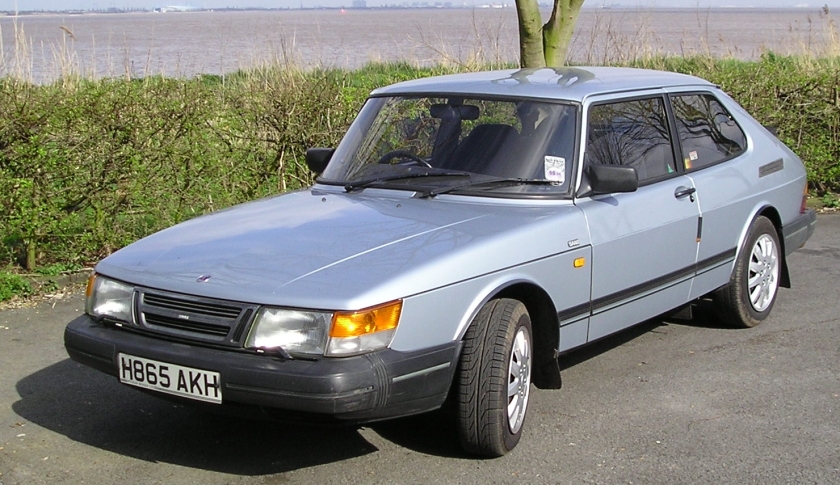
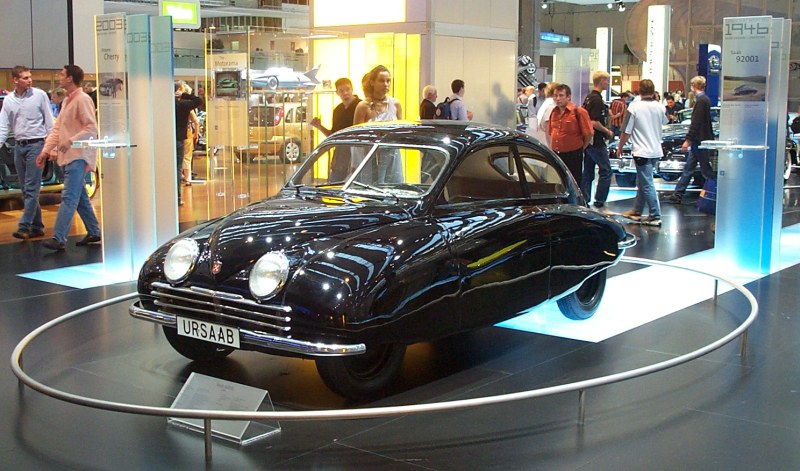
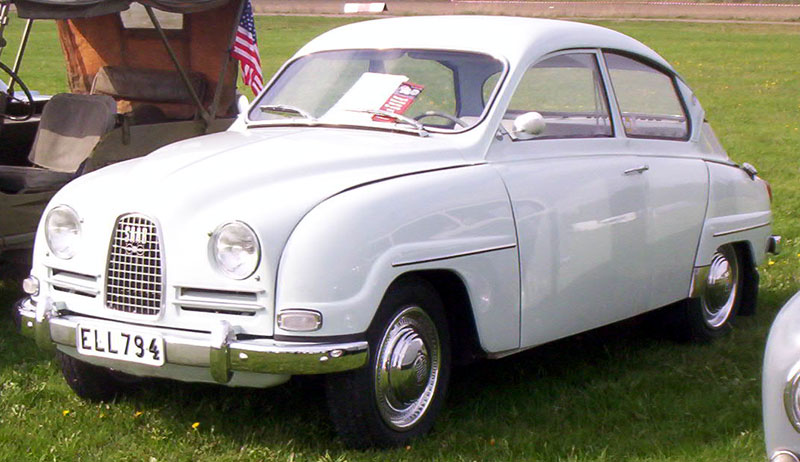
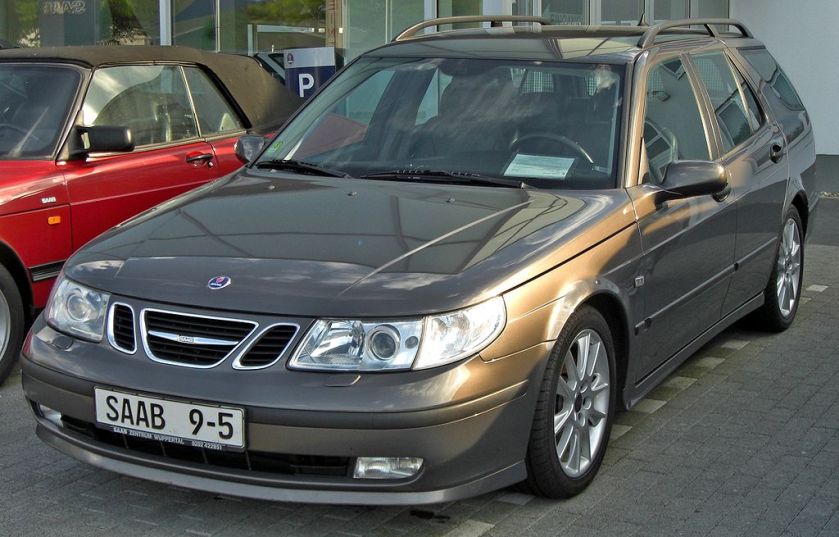



































































































































































































































































































































































































































































![SAAB 95 Cabriolet [Saabriolet] SAAB 95 Cabriolet [Saabriolet]](https://i0.wp.com/myntransportblog.wordpress.com/wp-content/uploads/2018/10/saab-95-cabriolet-saabriolet.jpg?w=293&h=220&ssl=1)


















































































































































